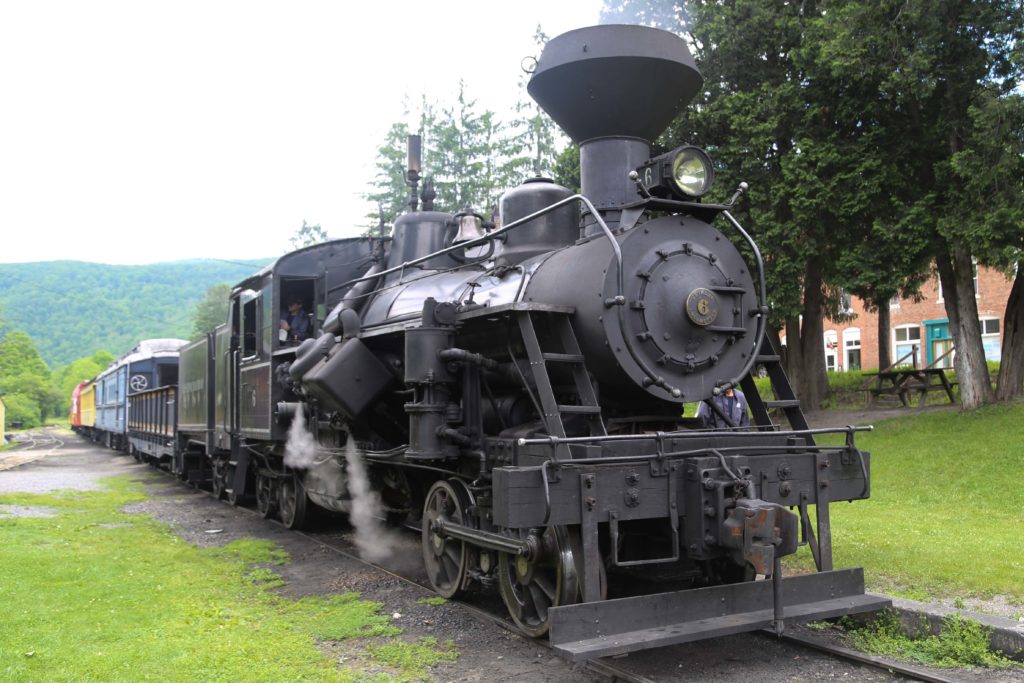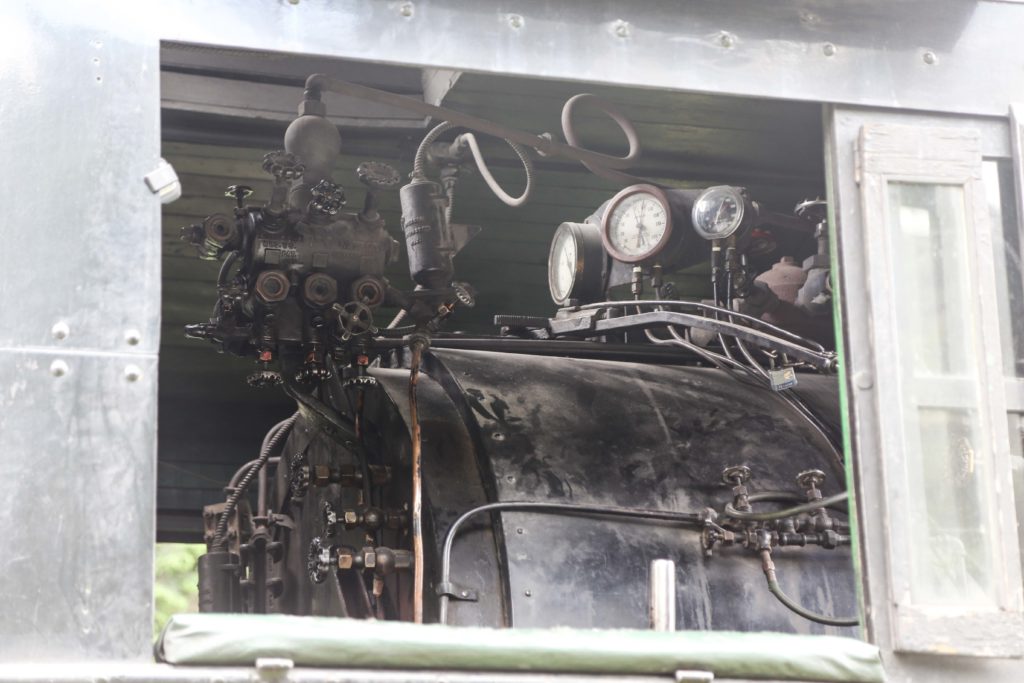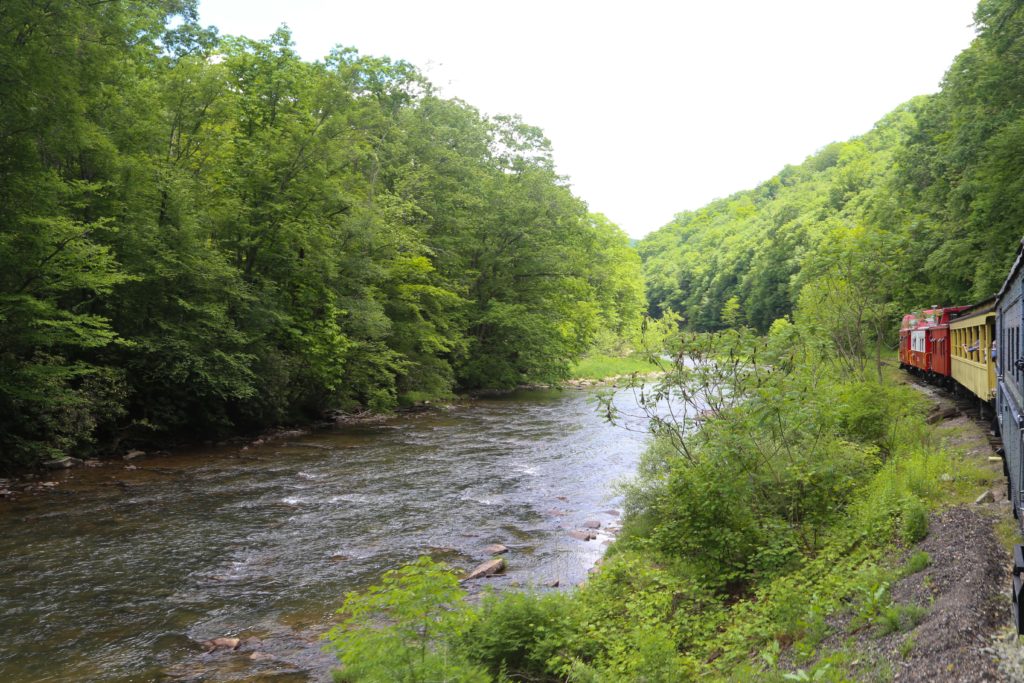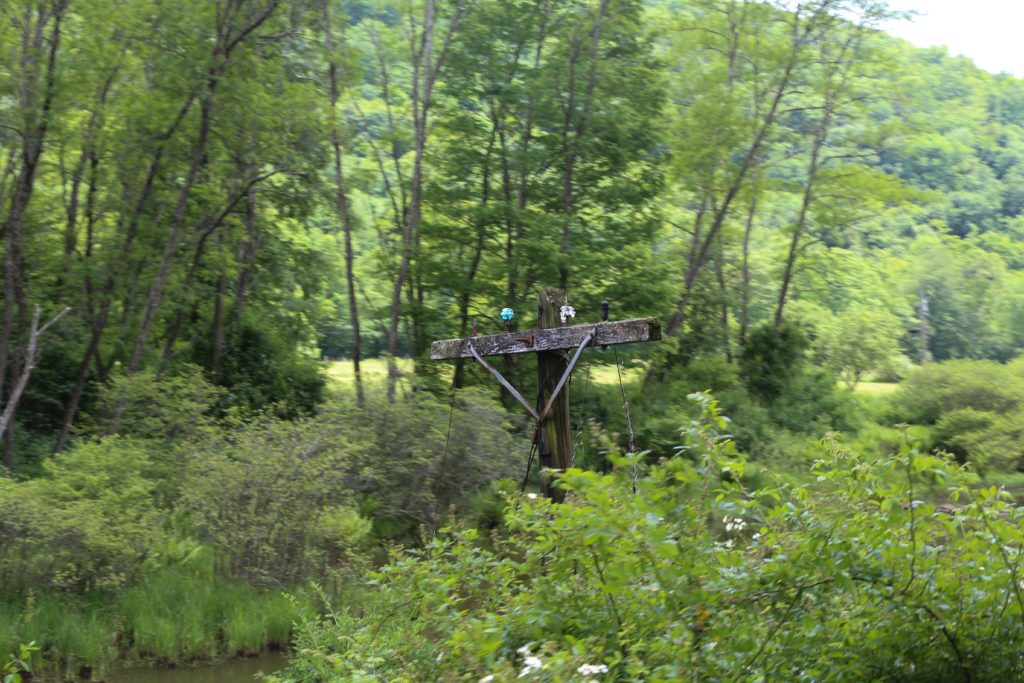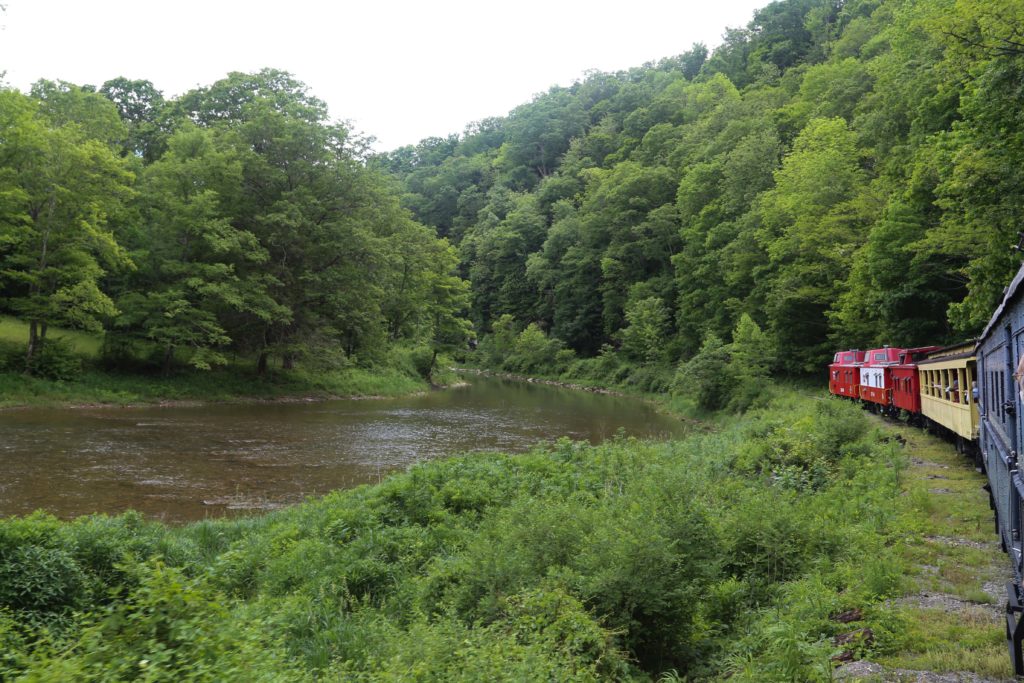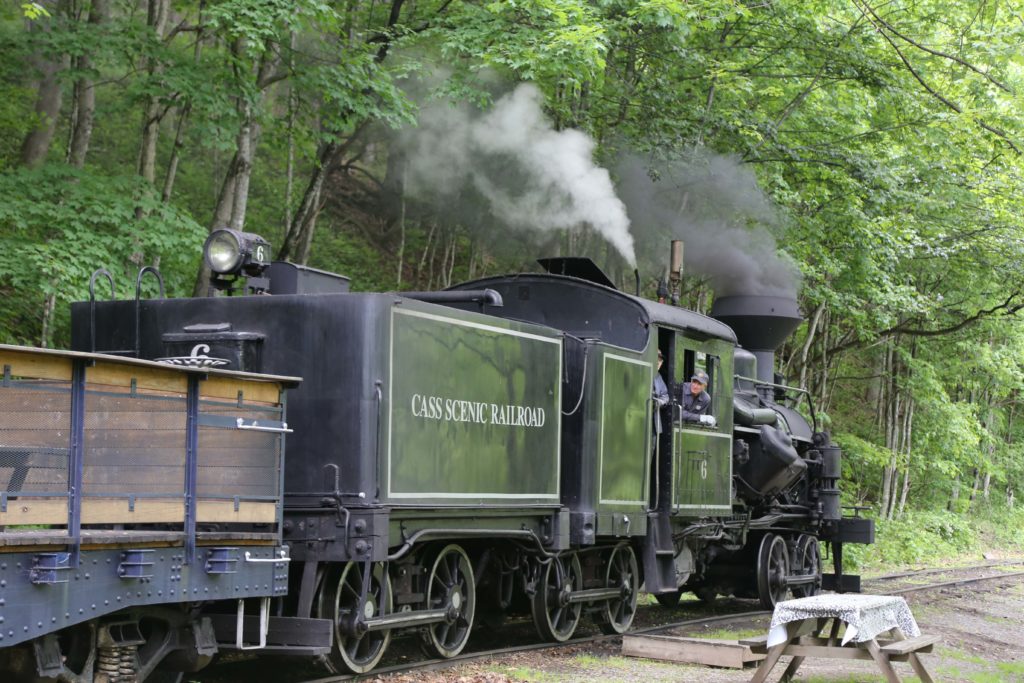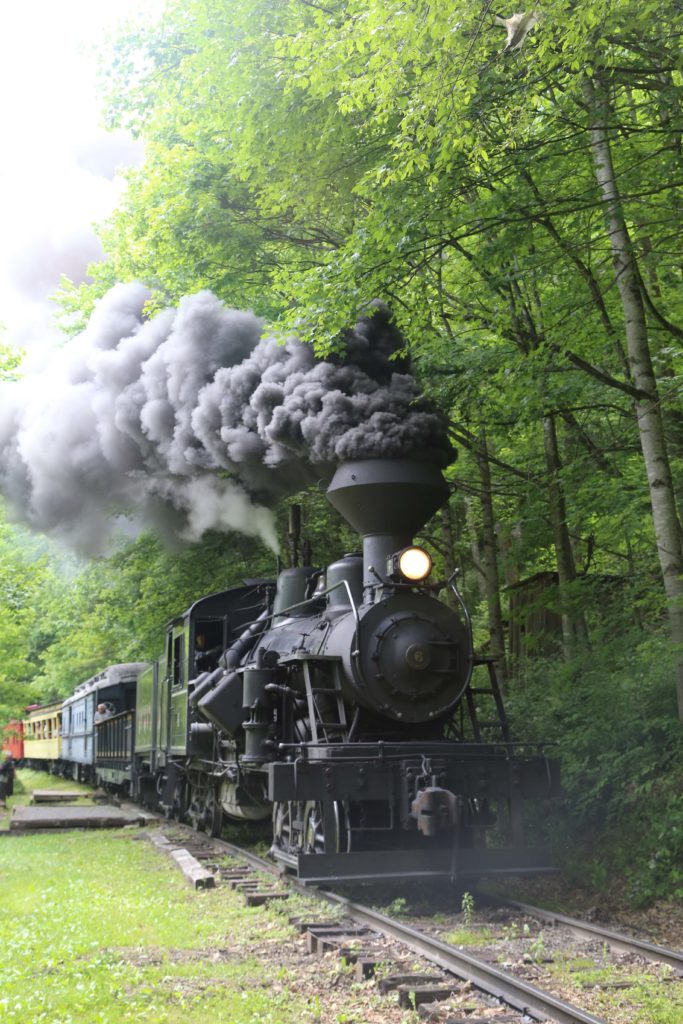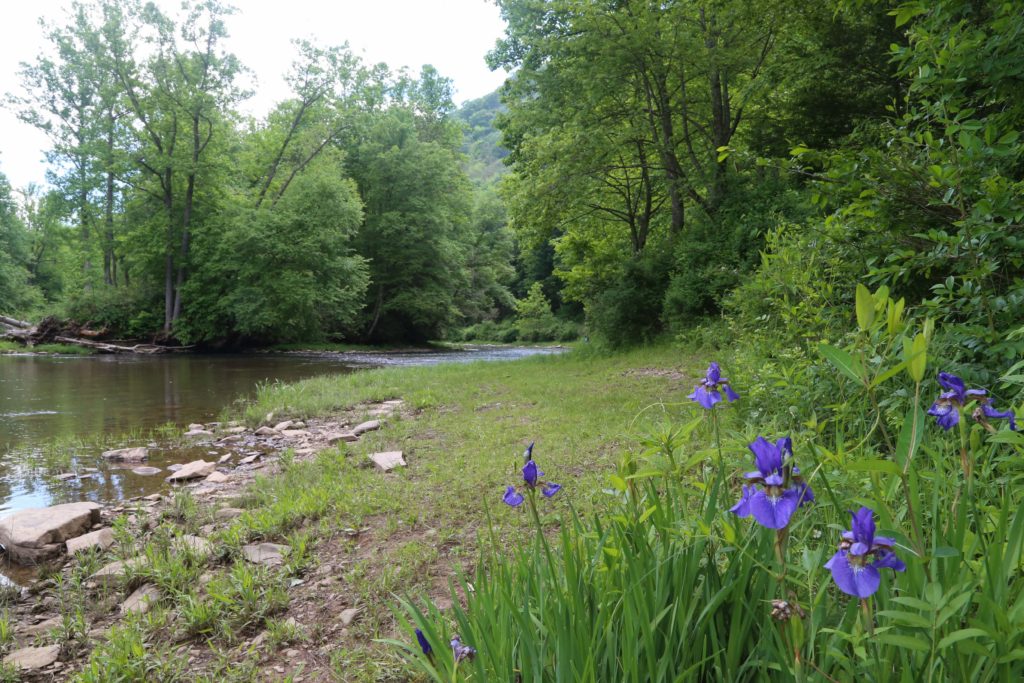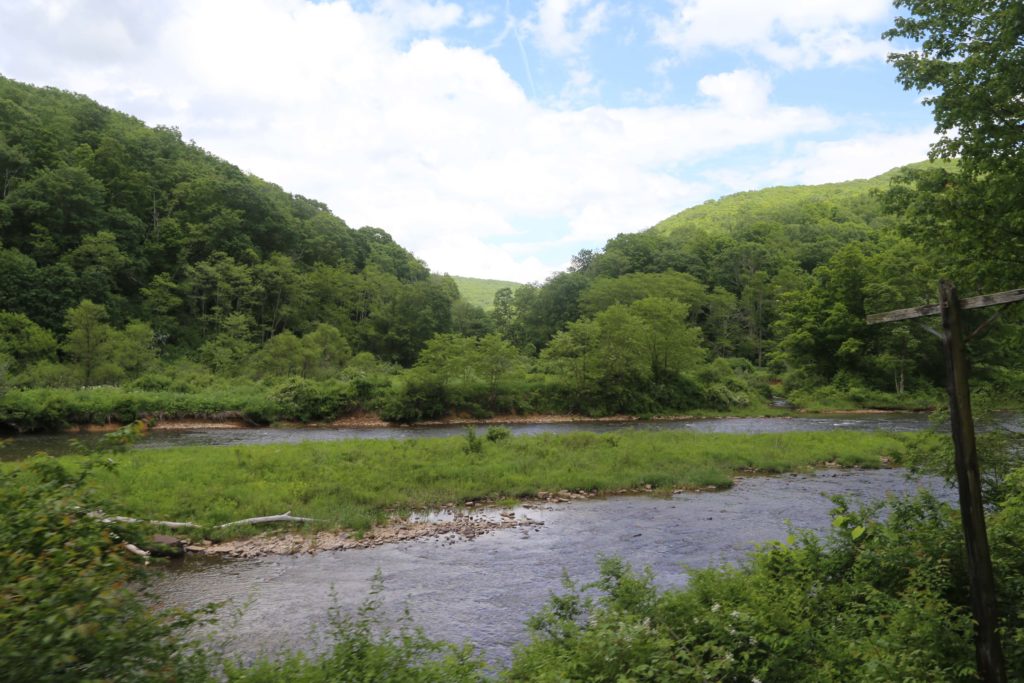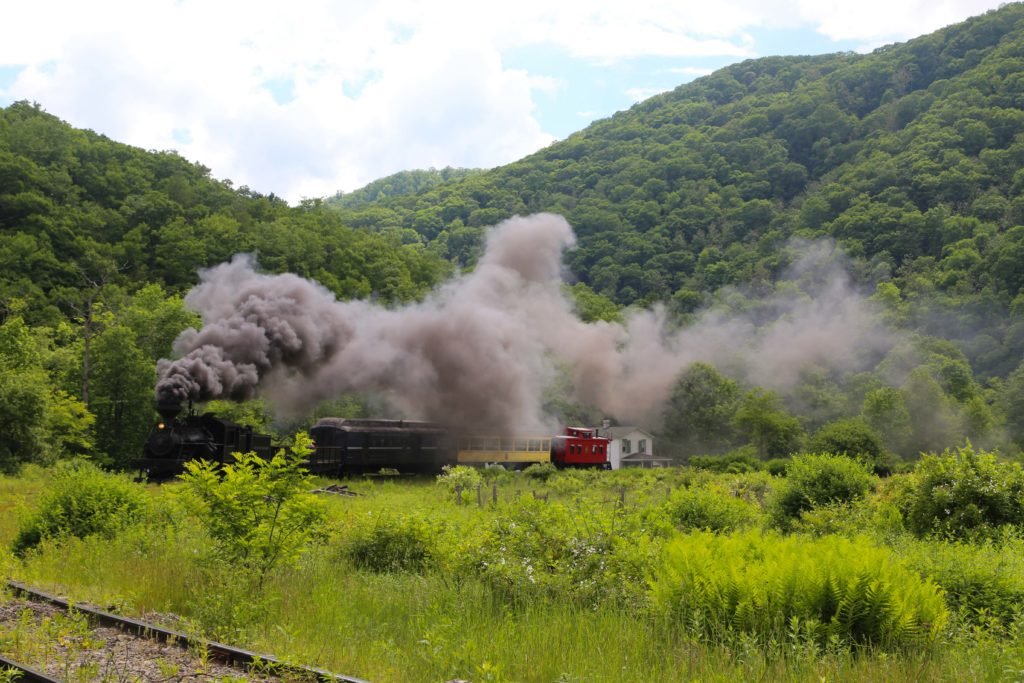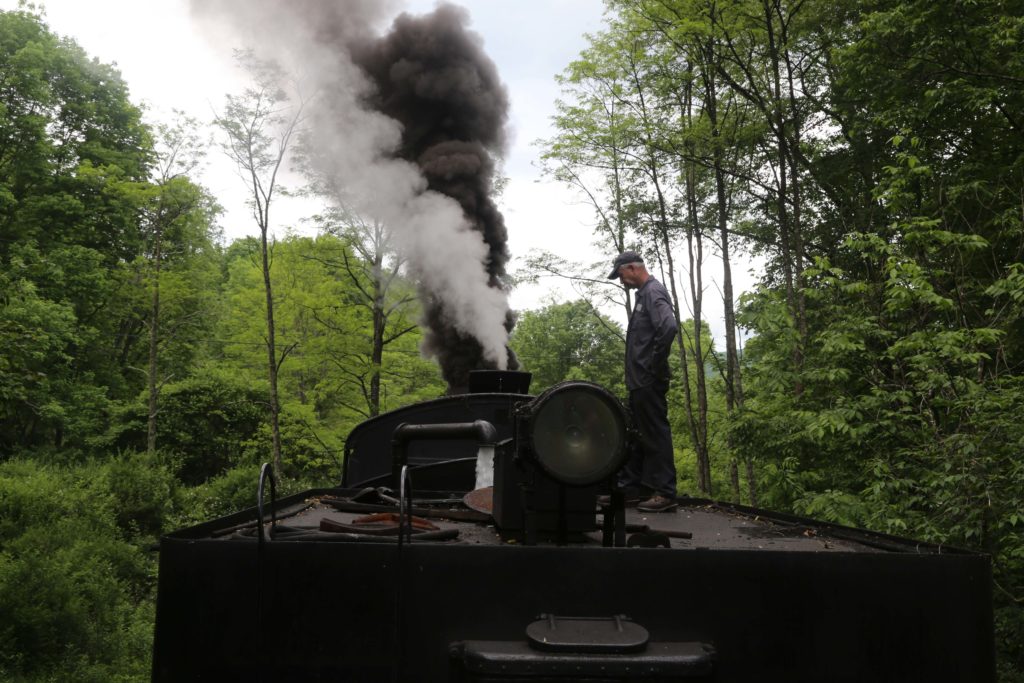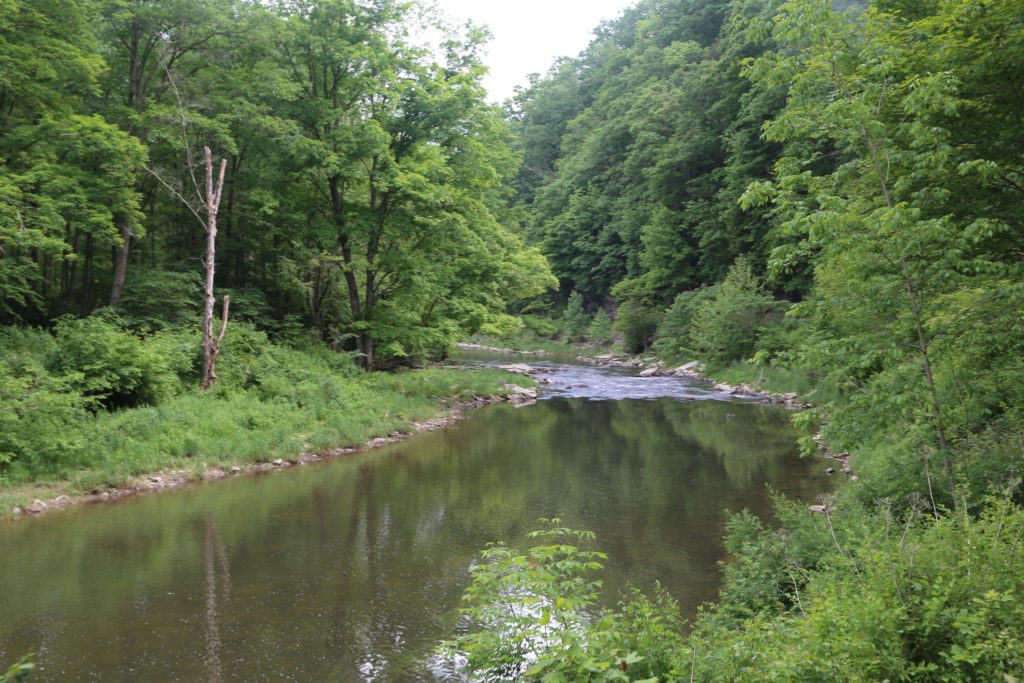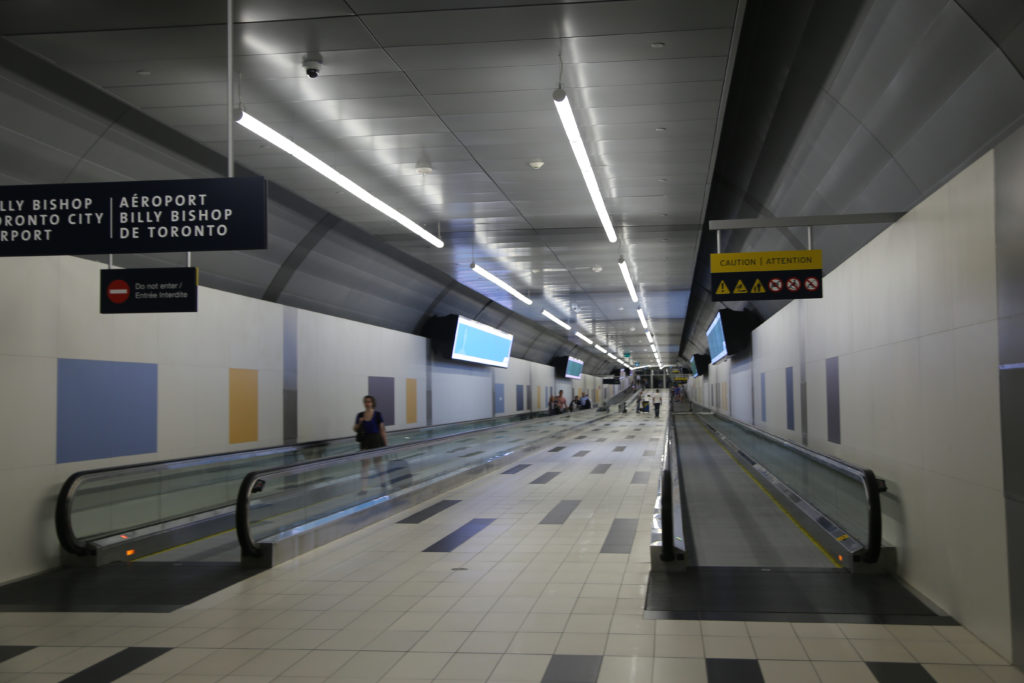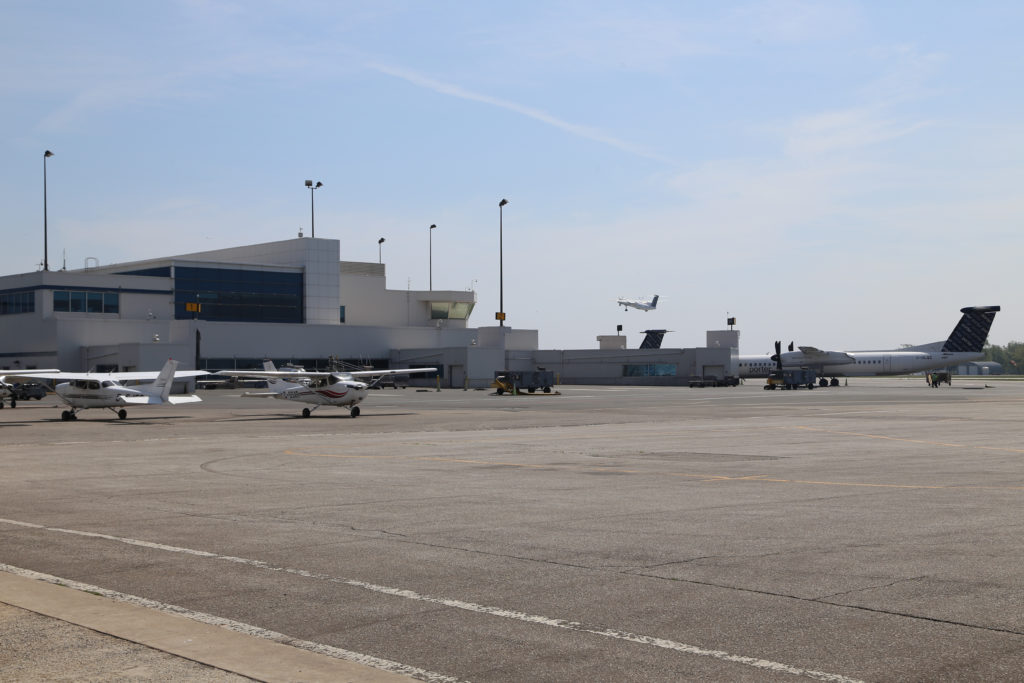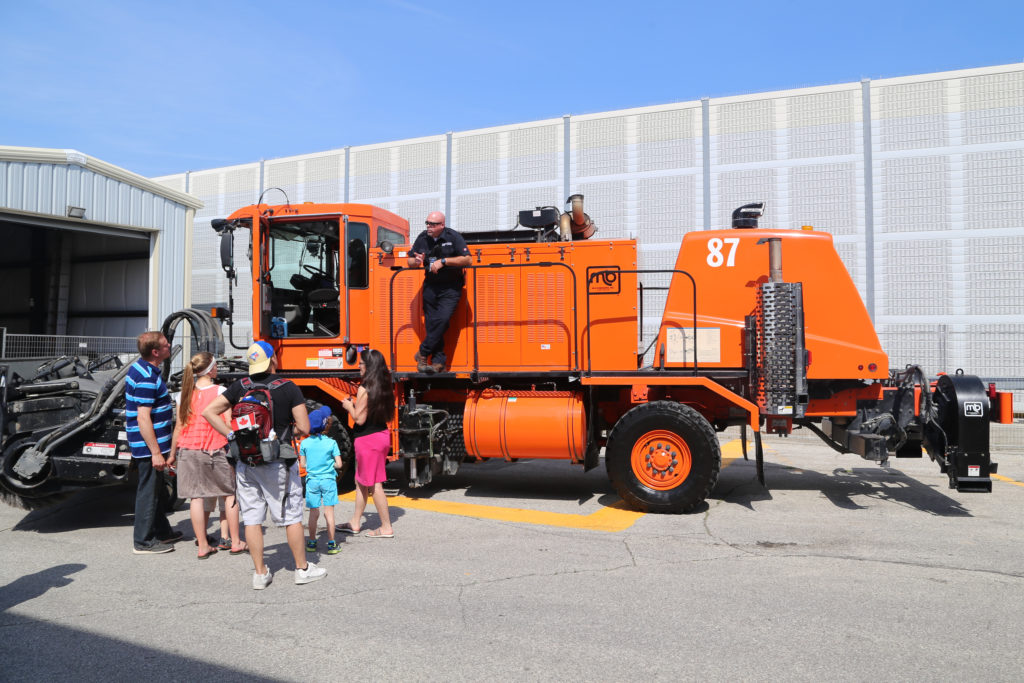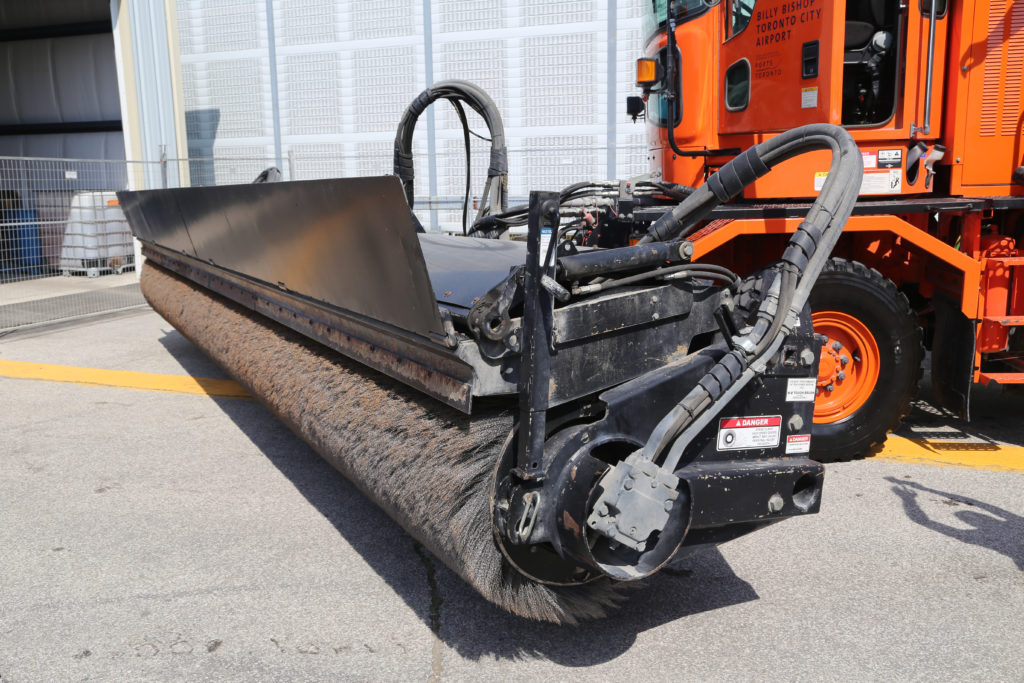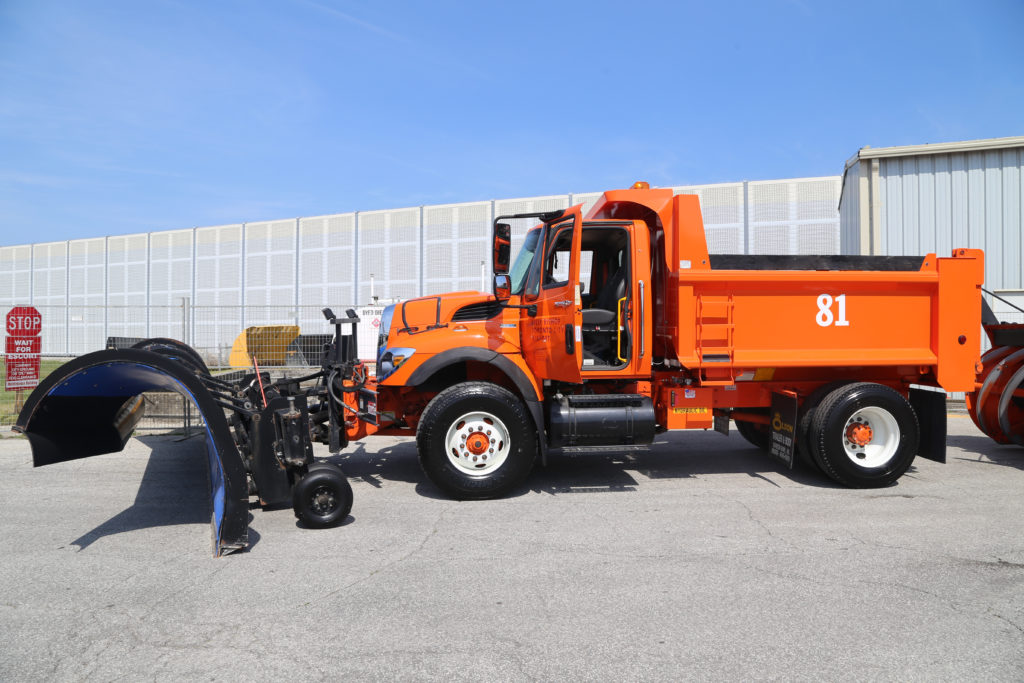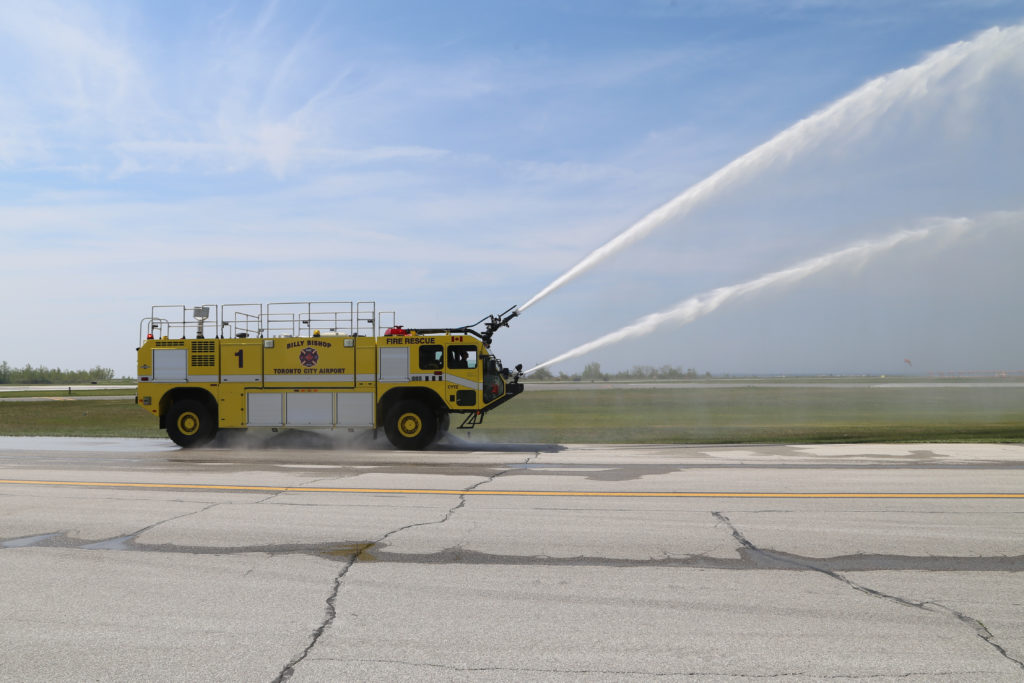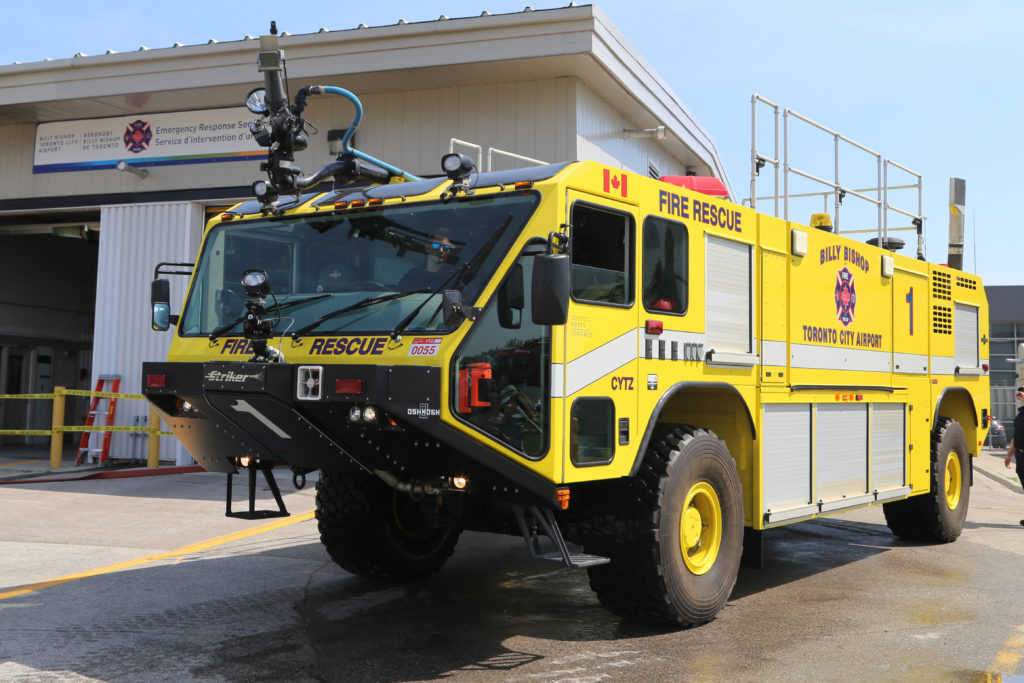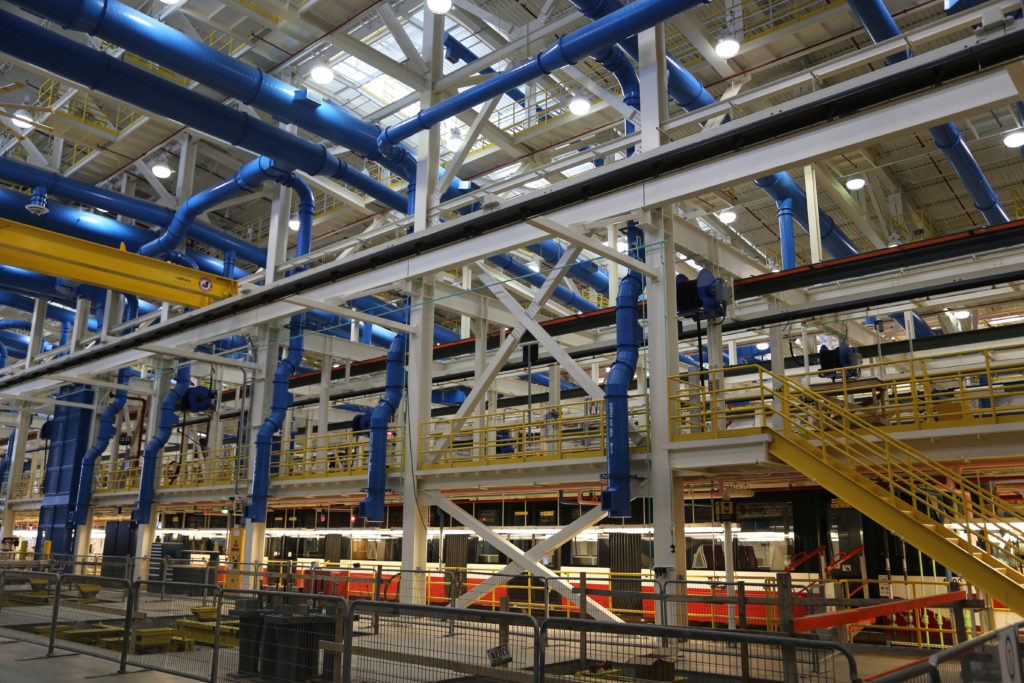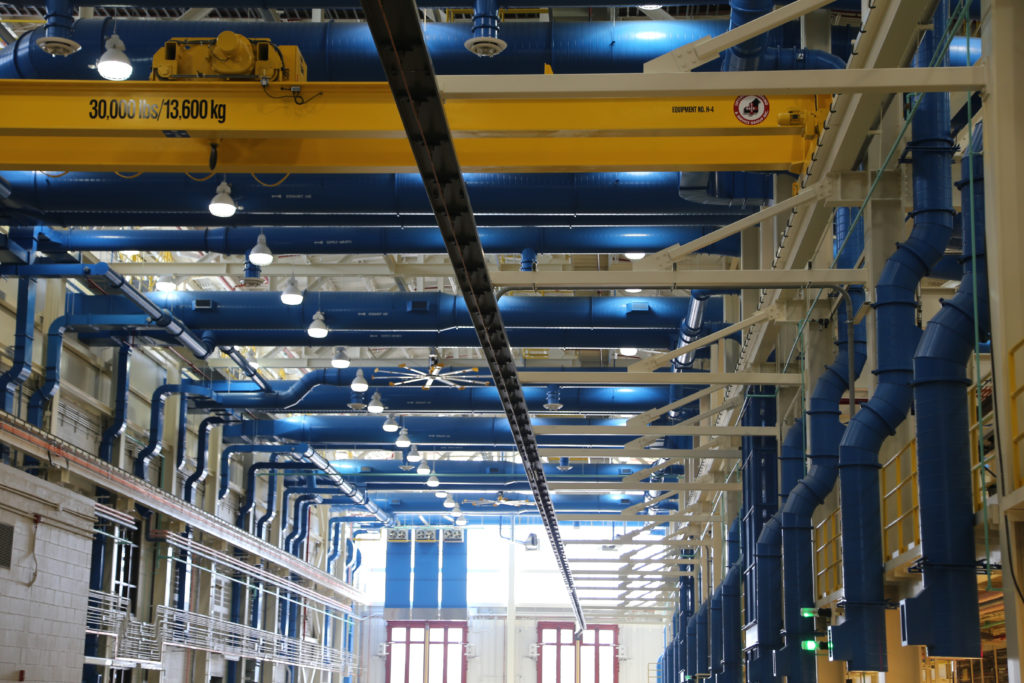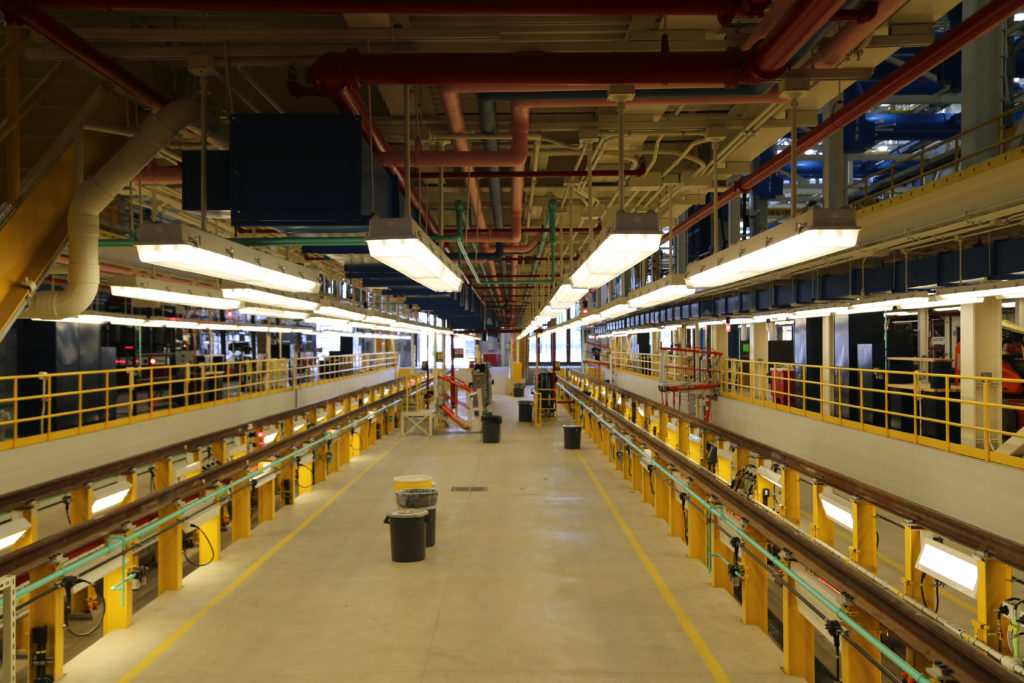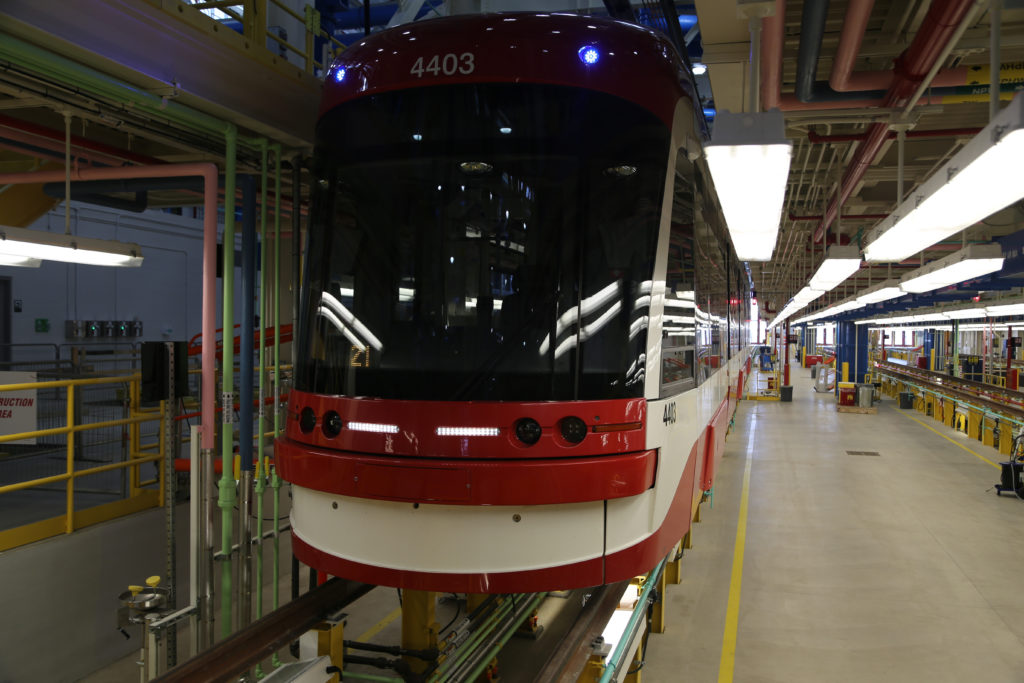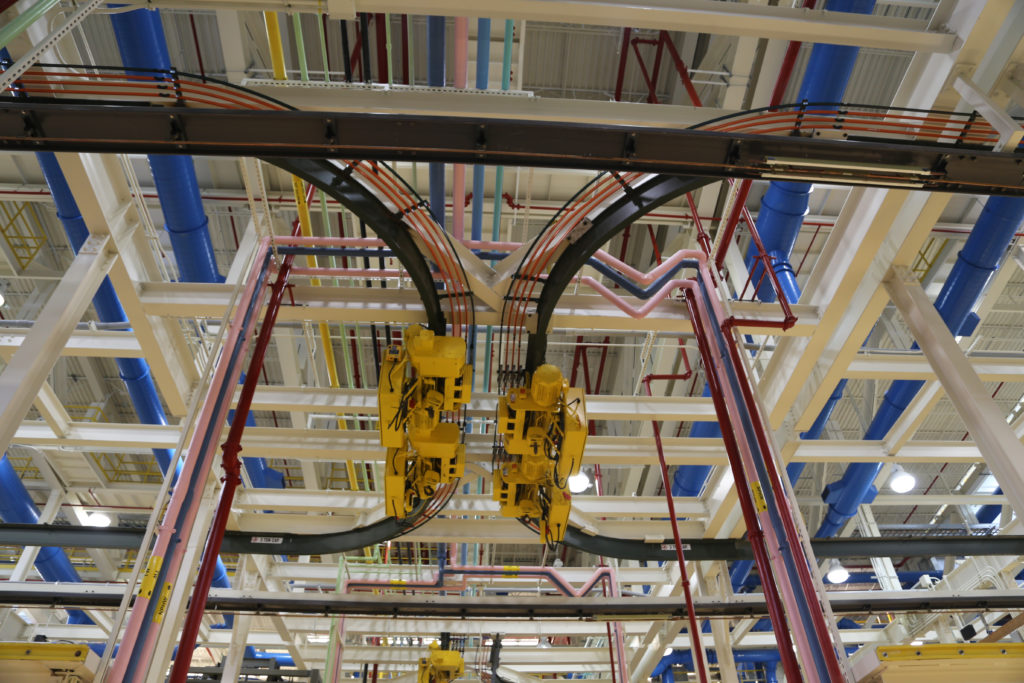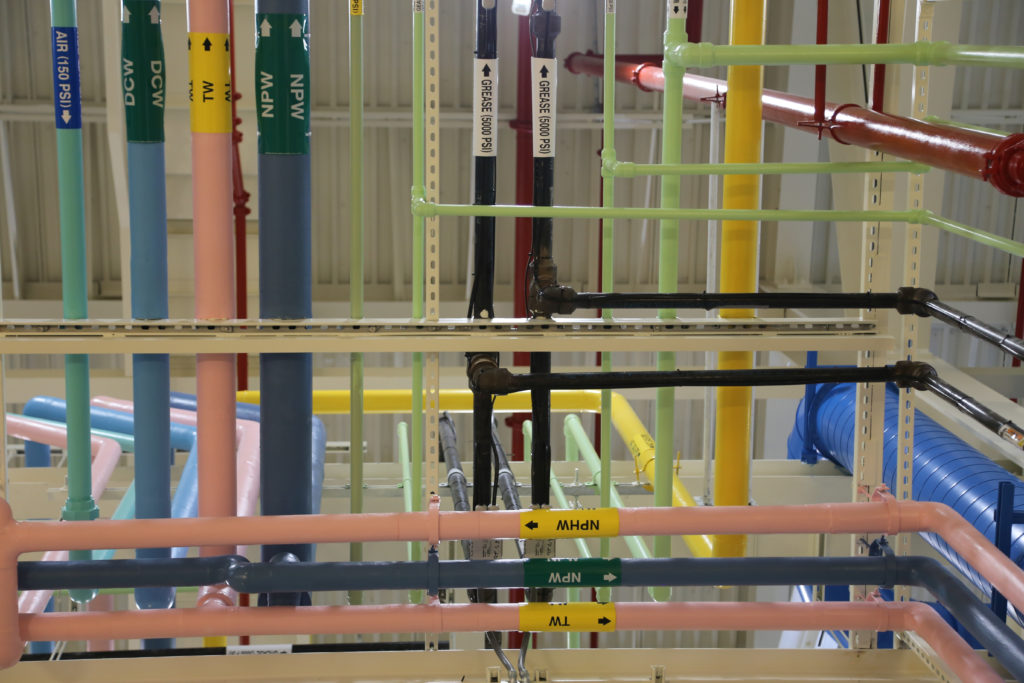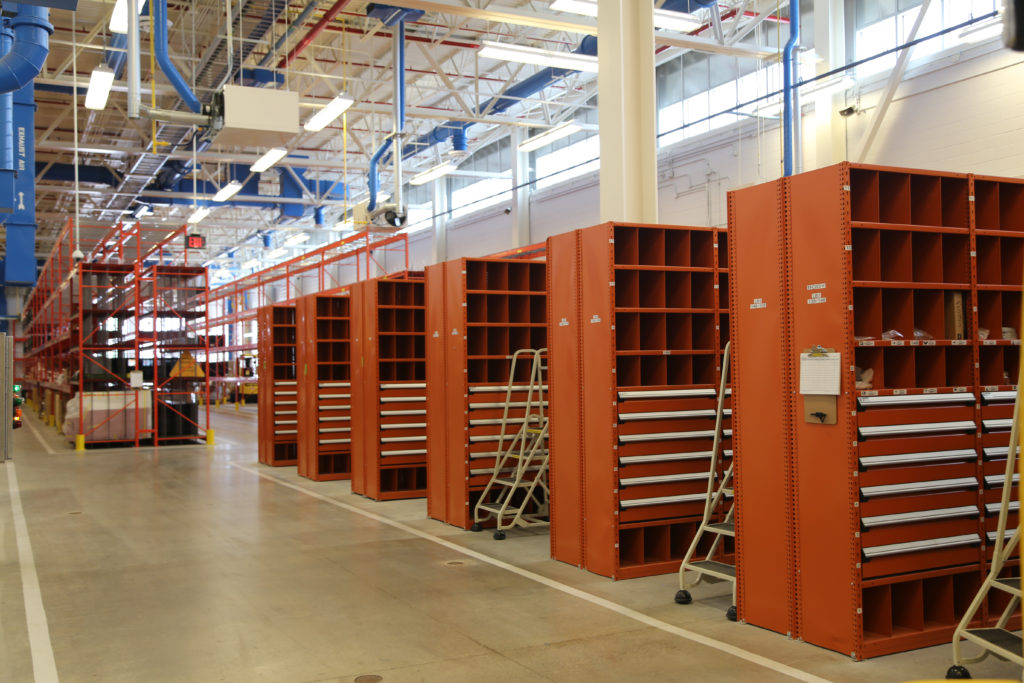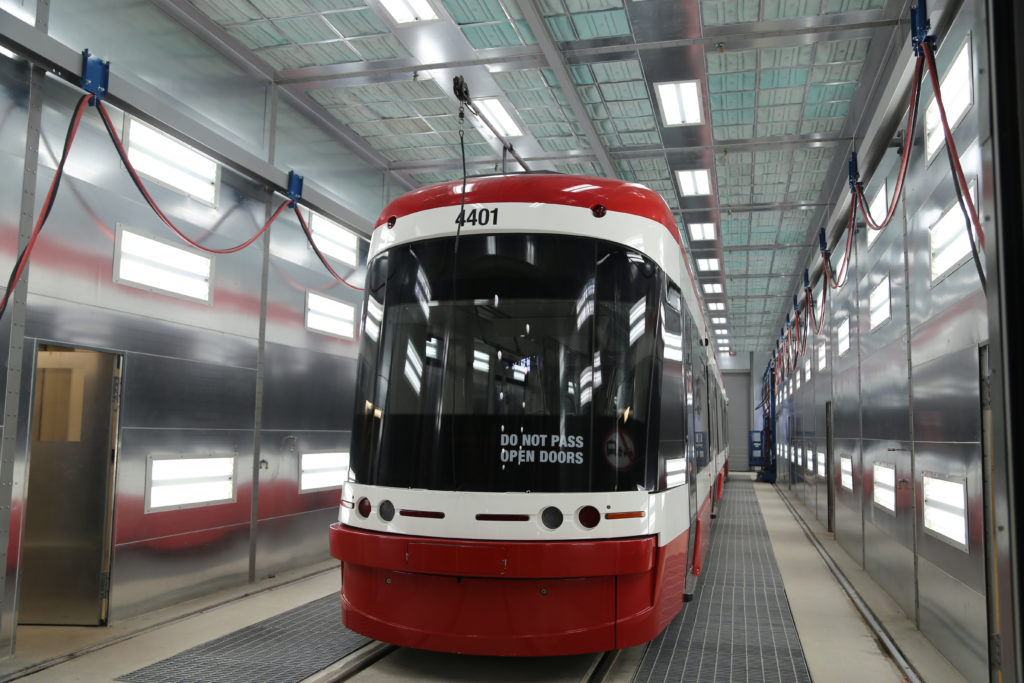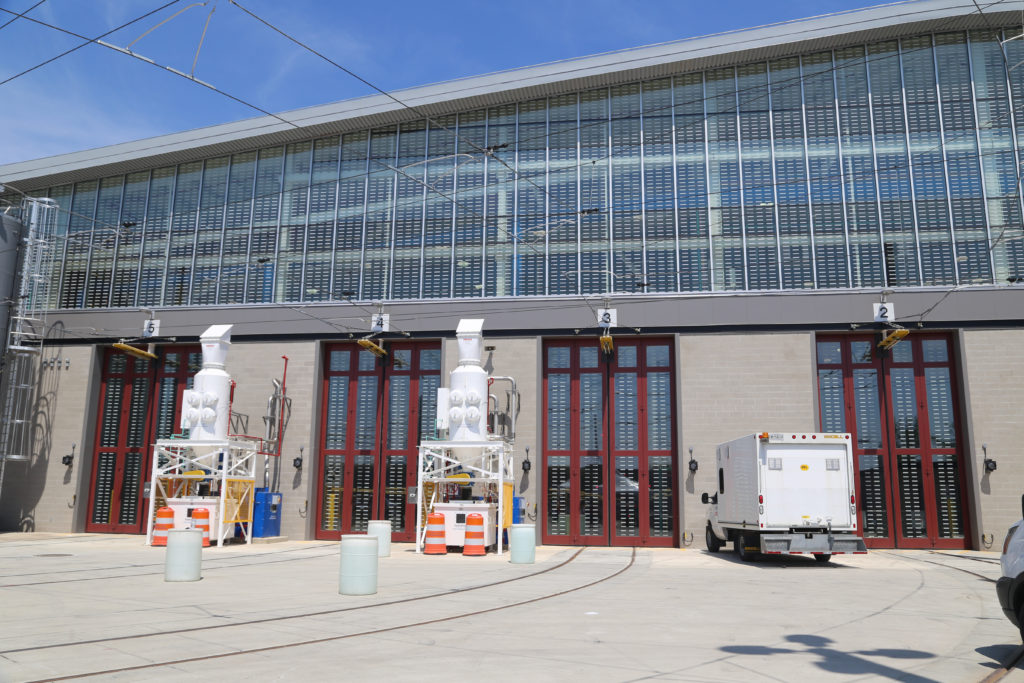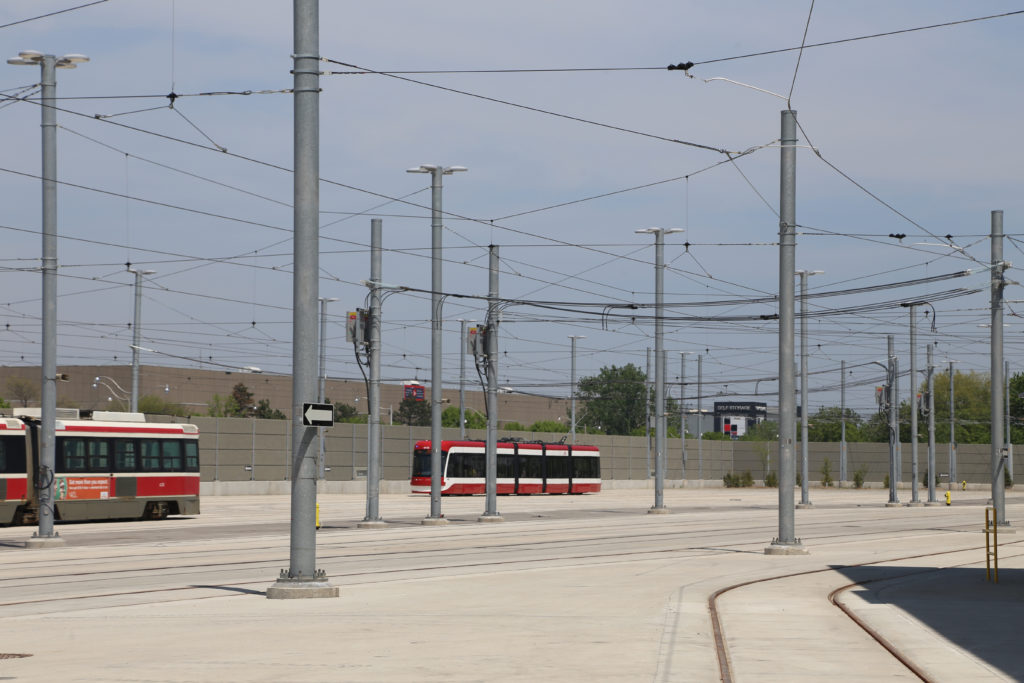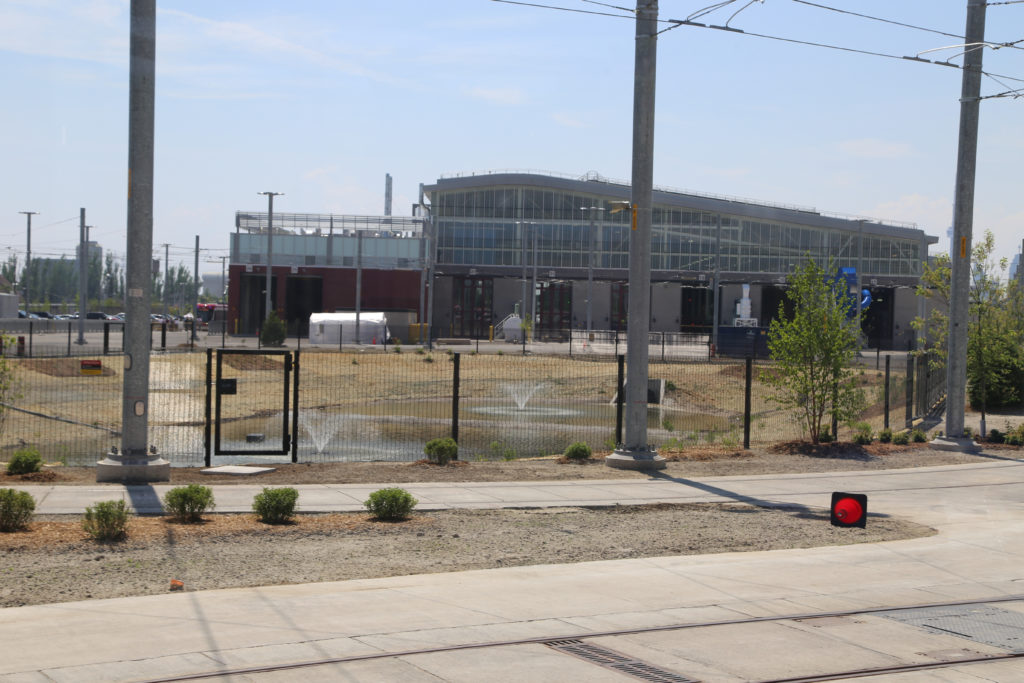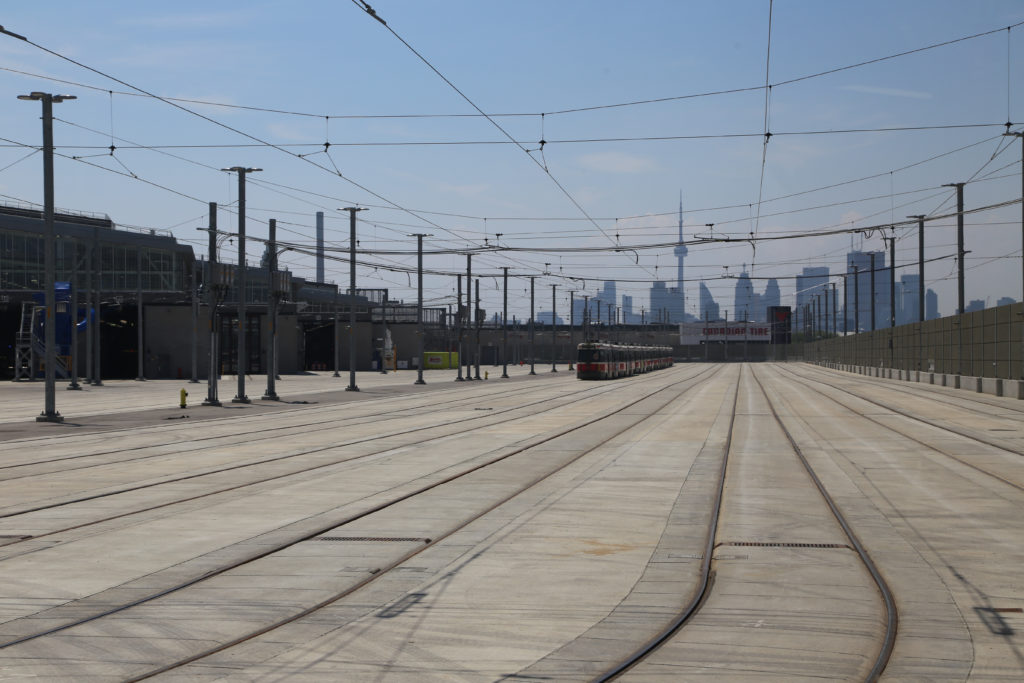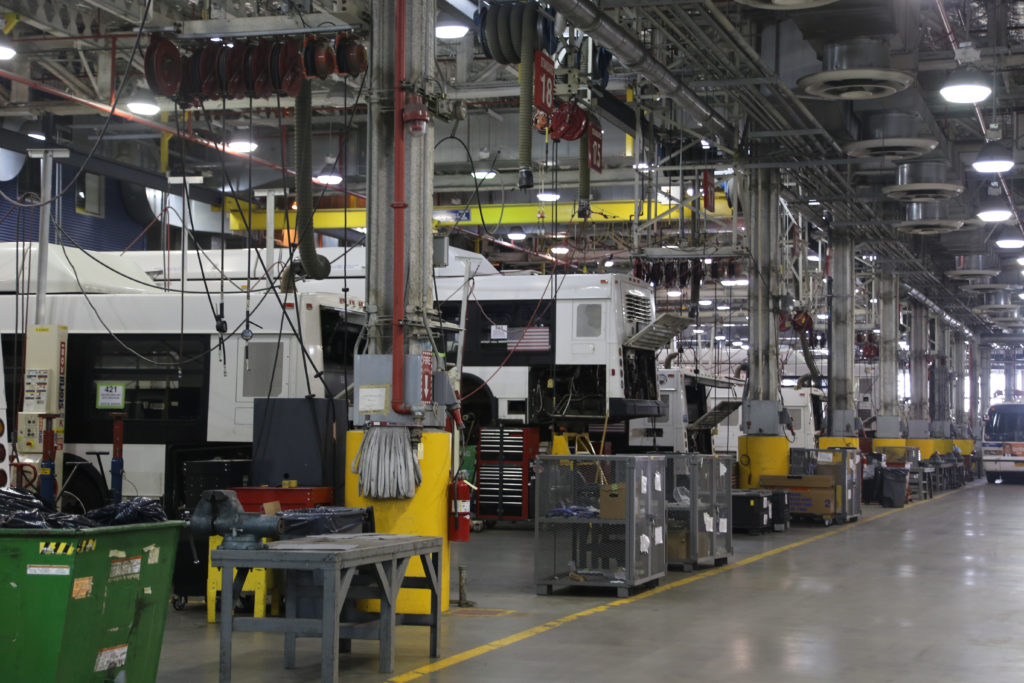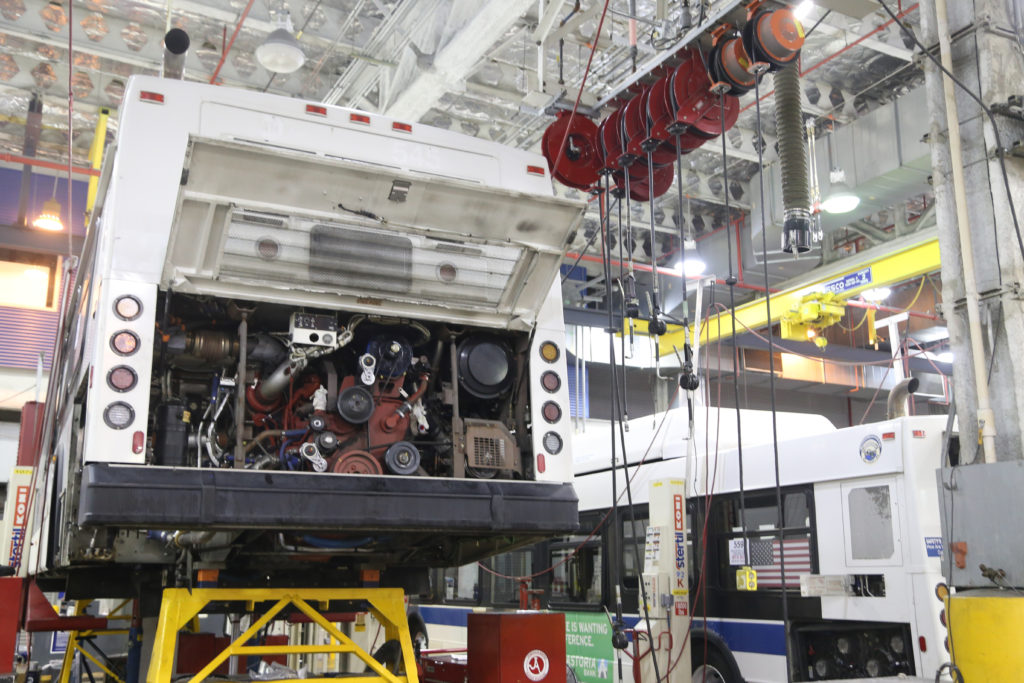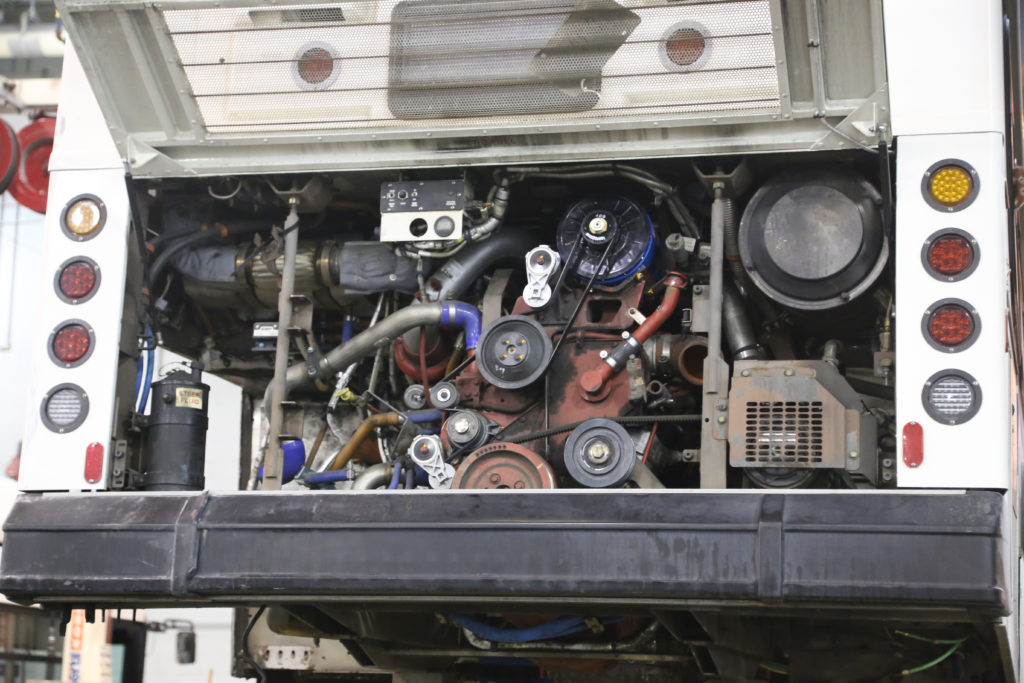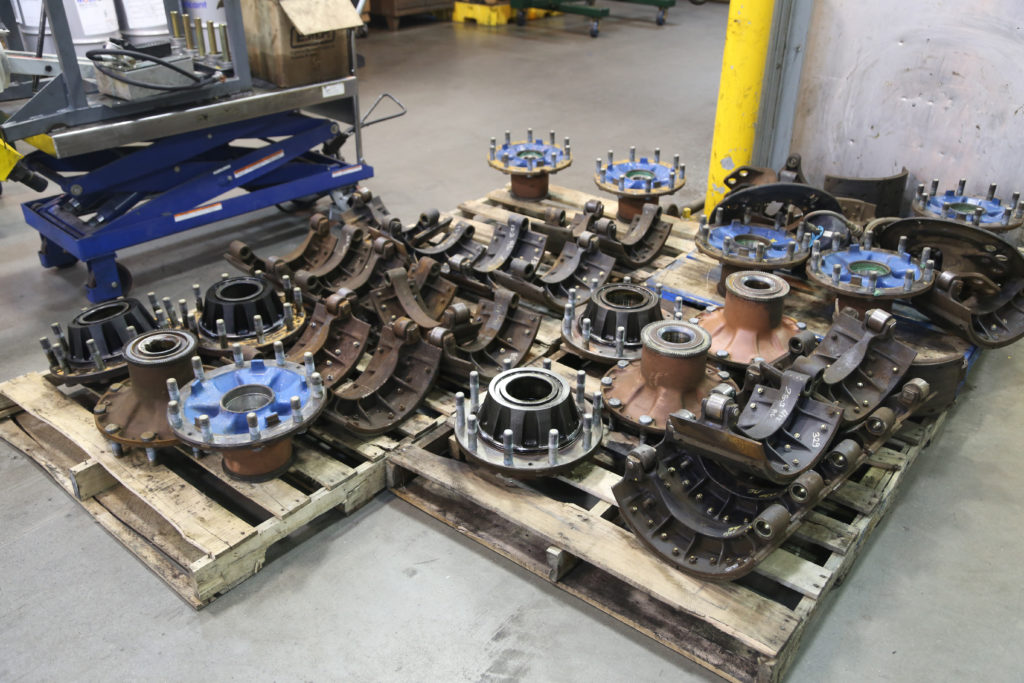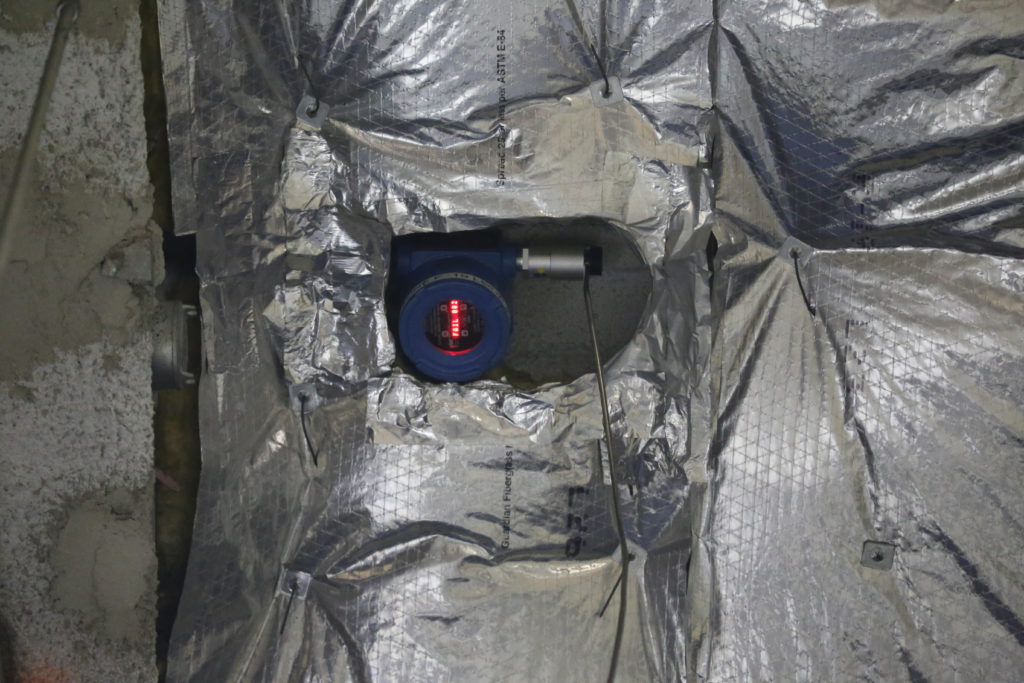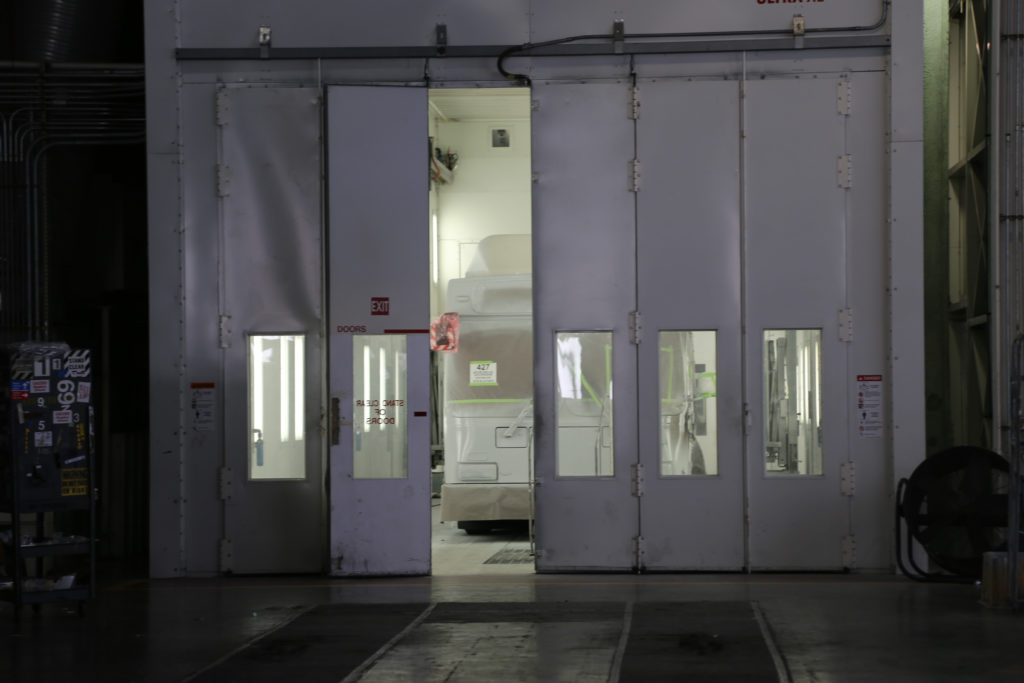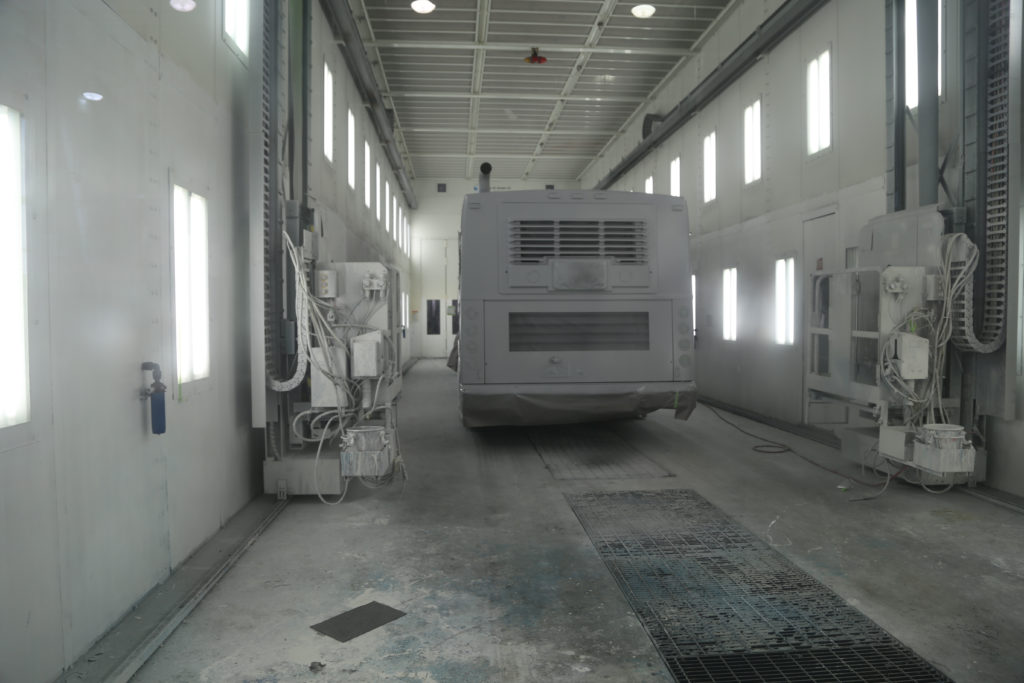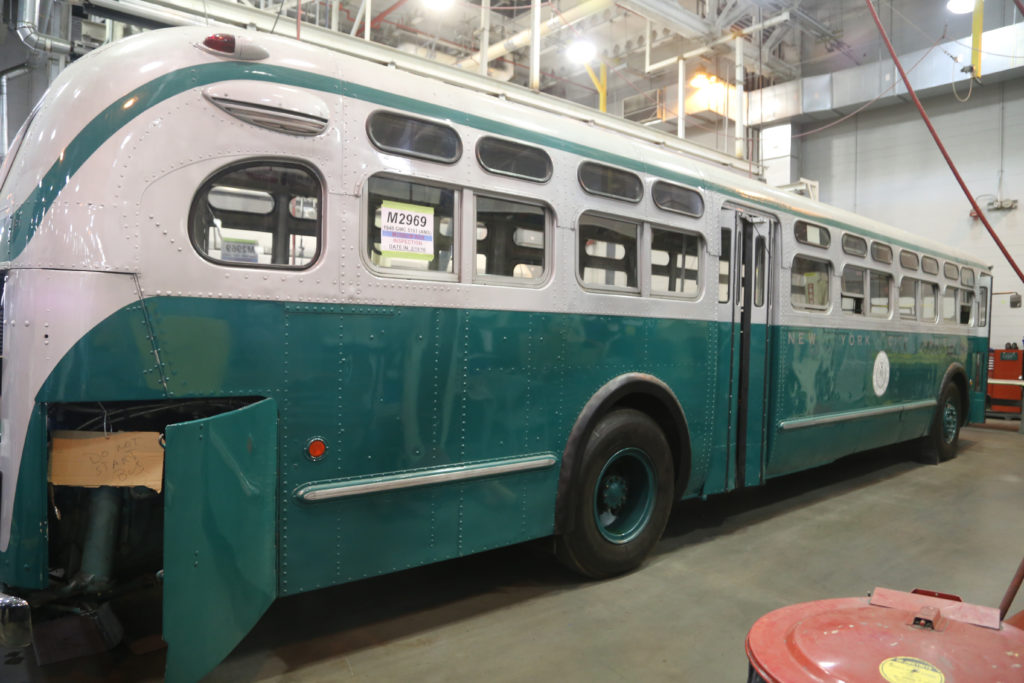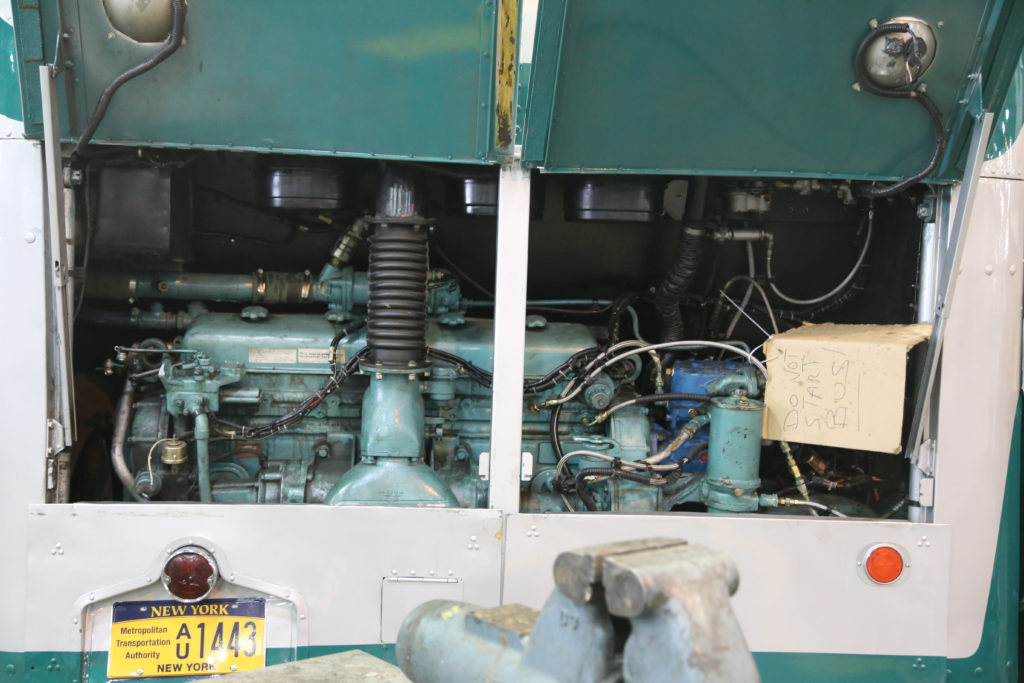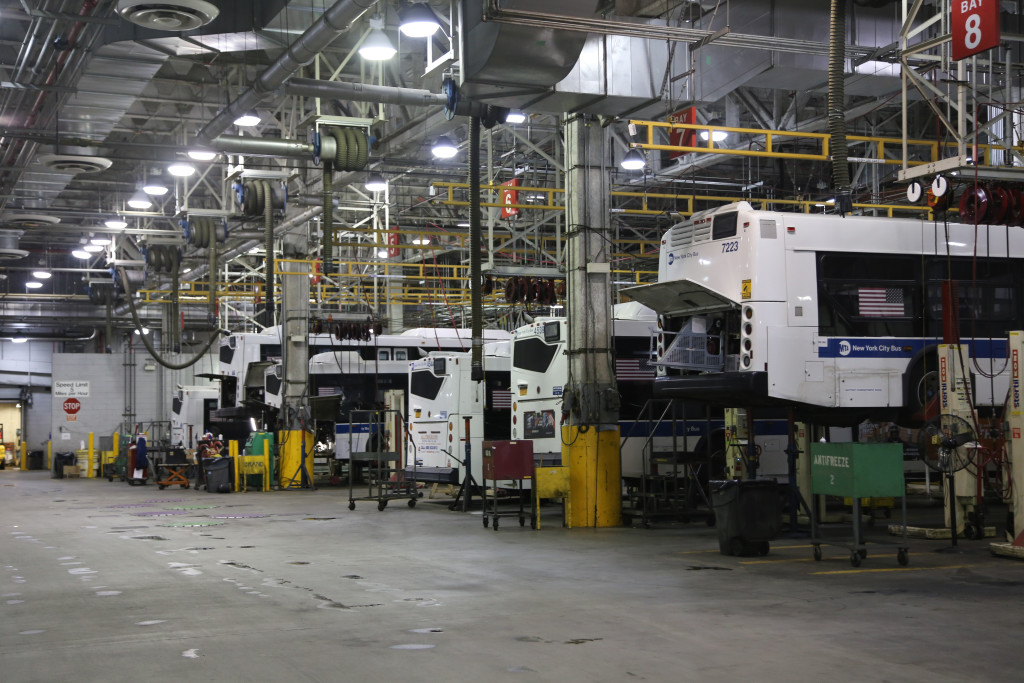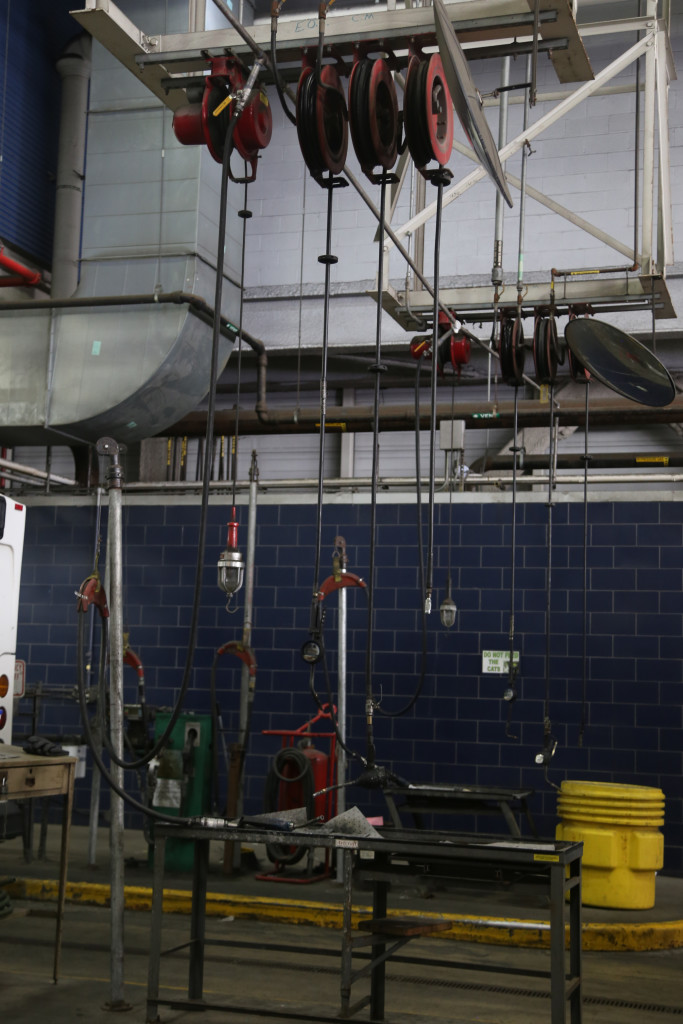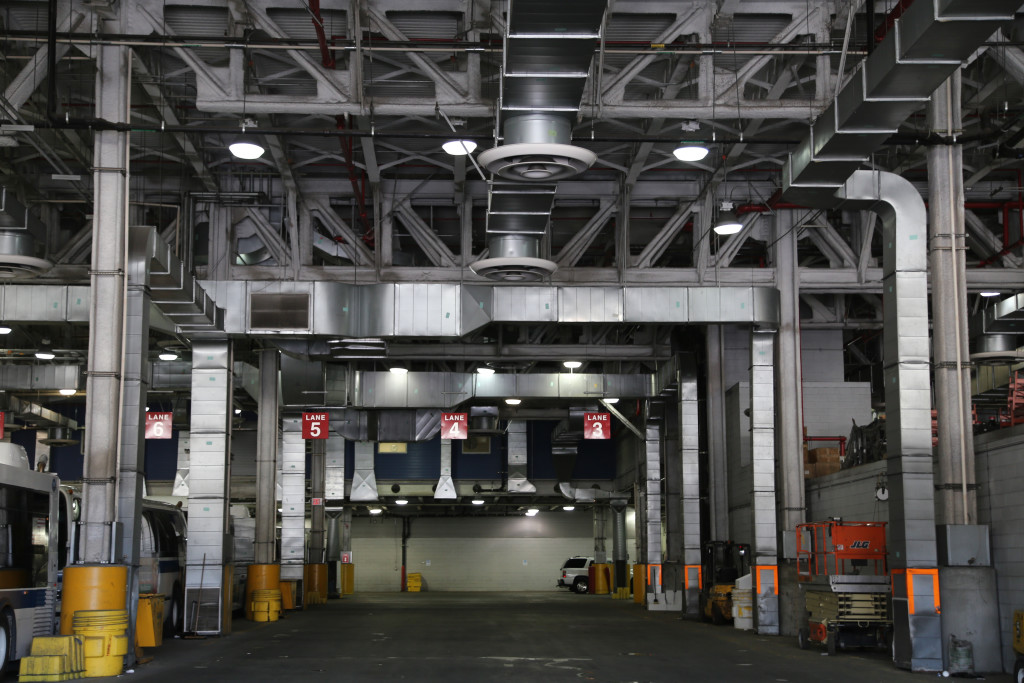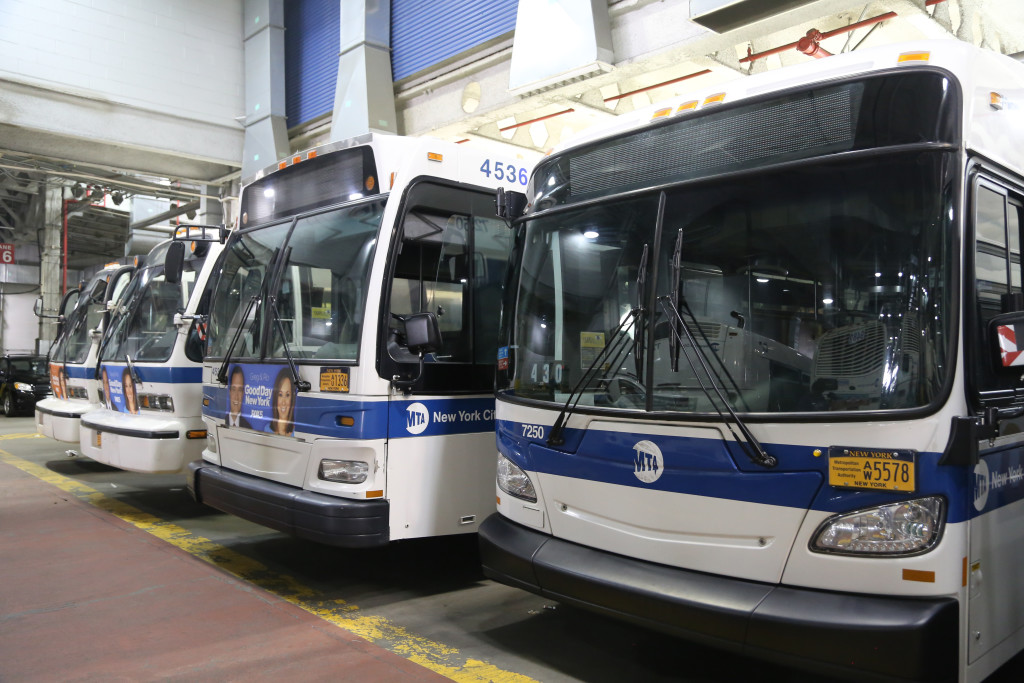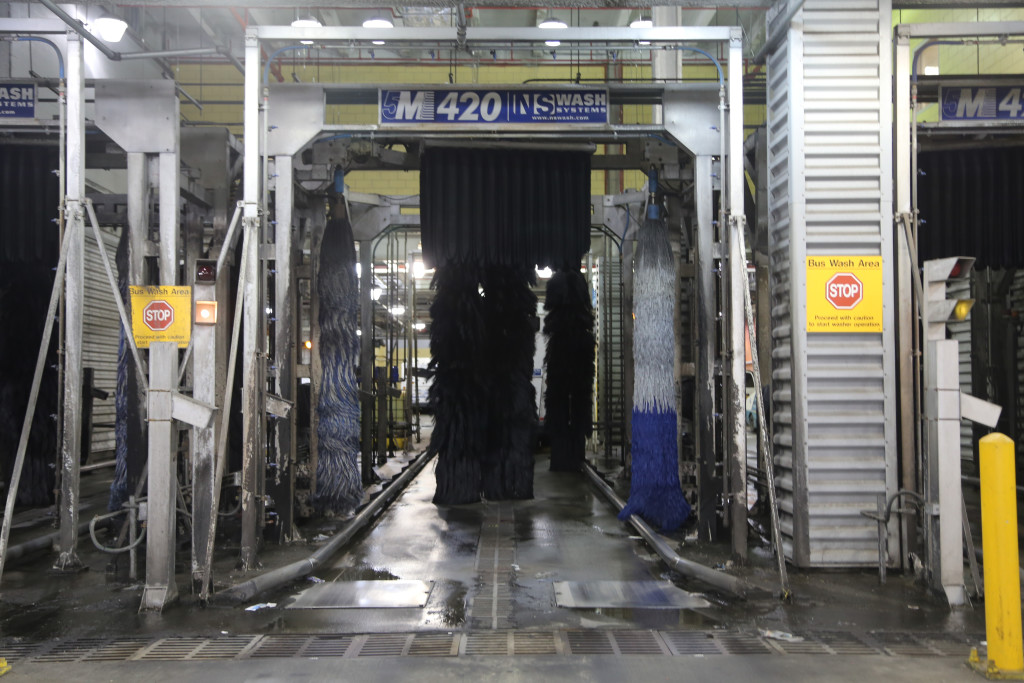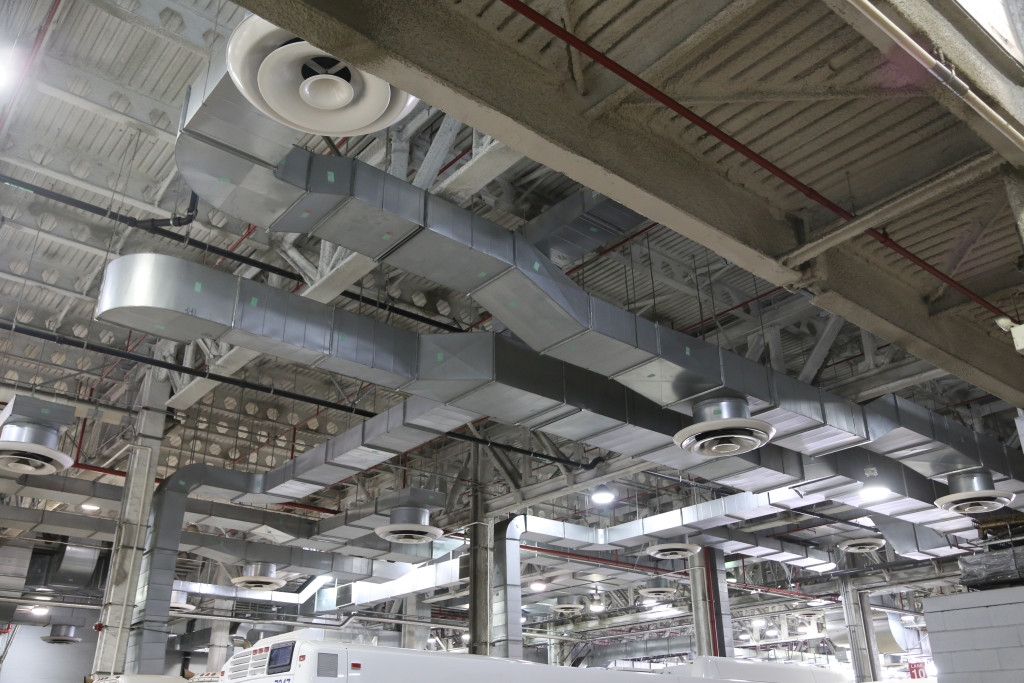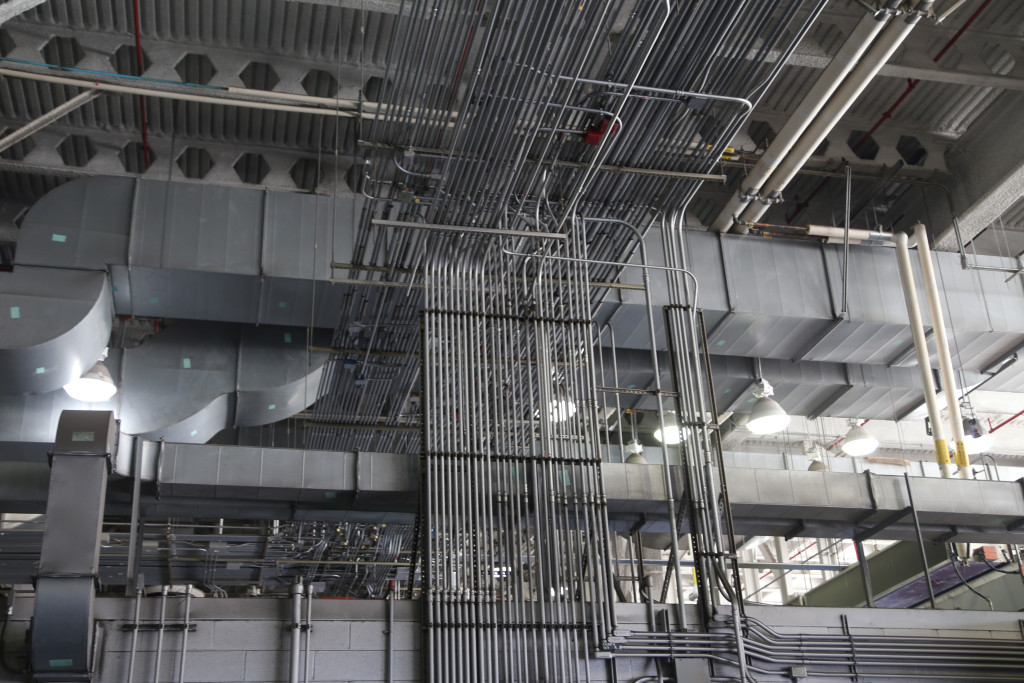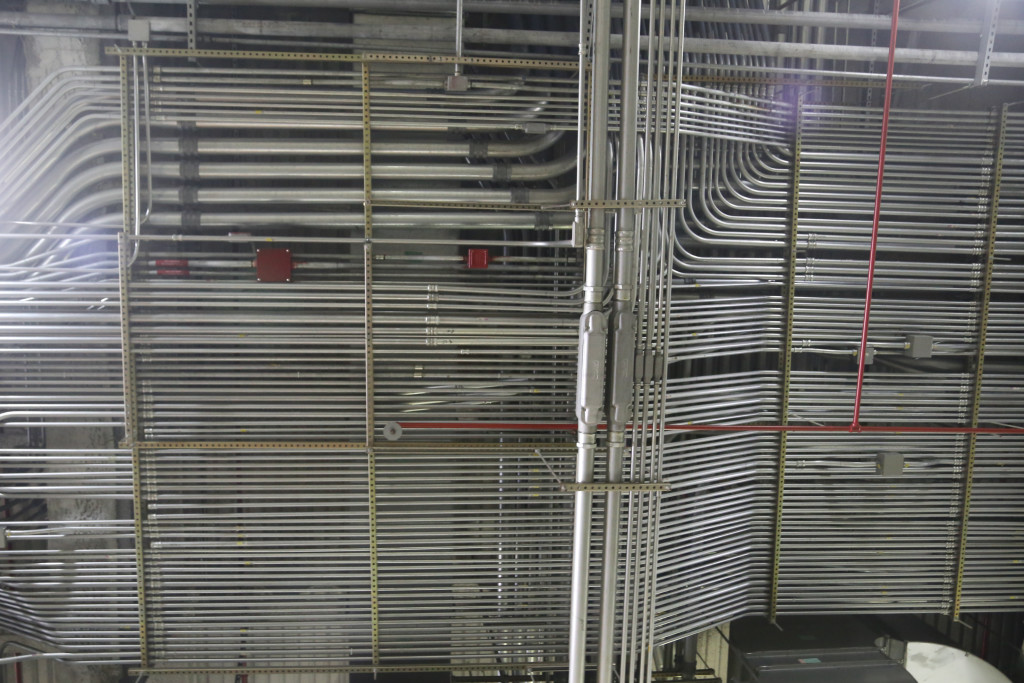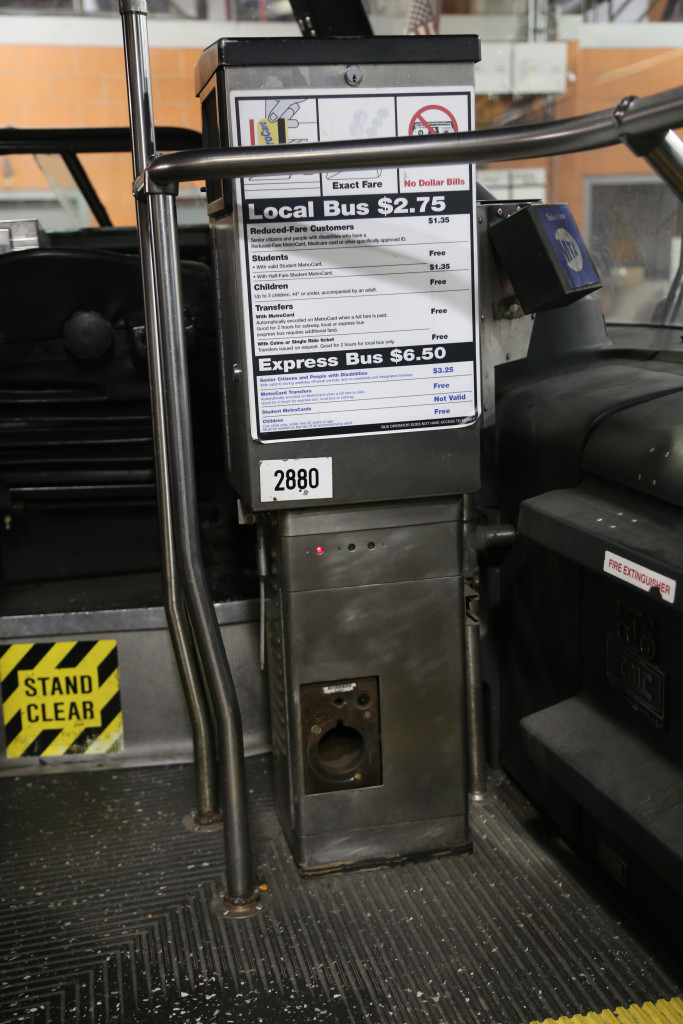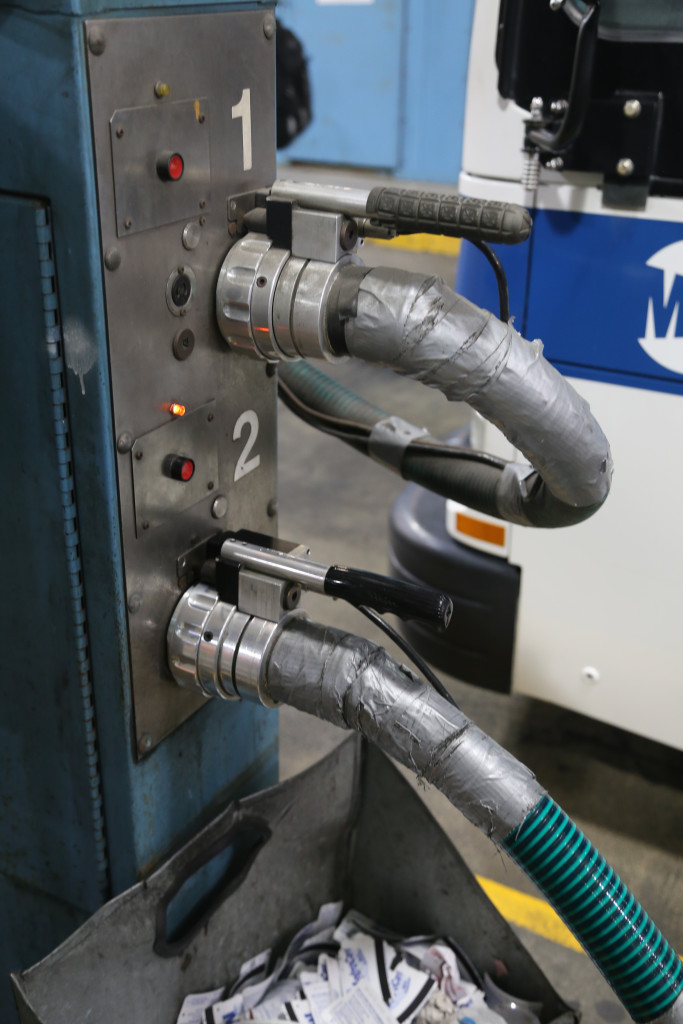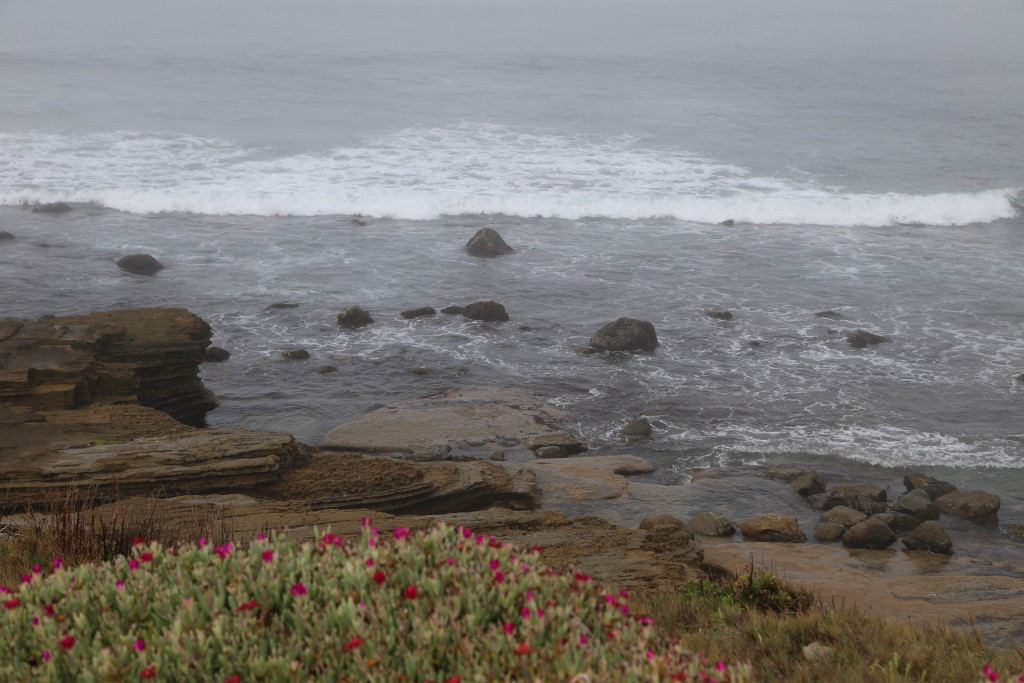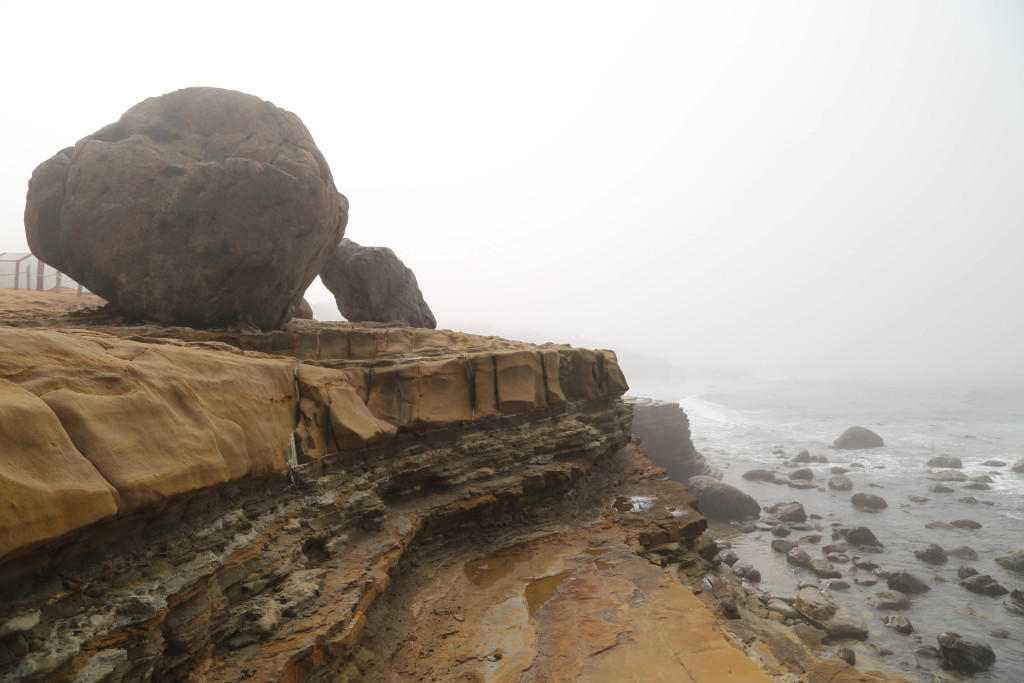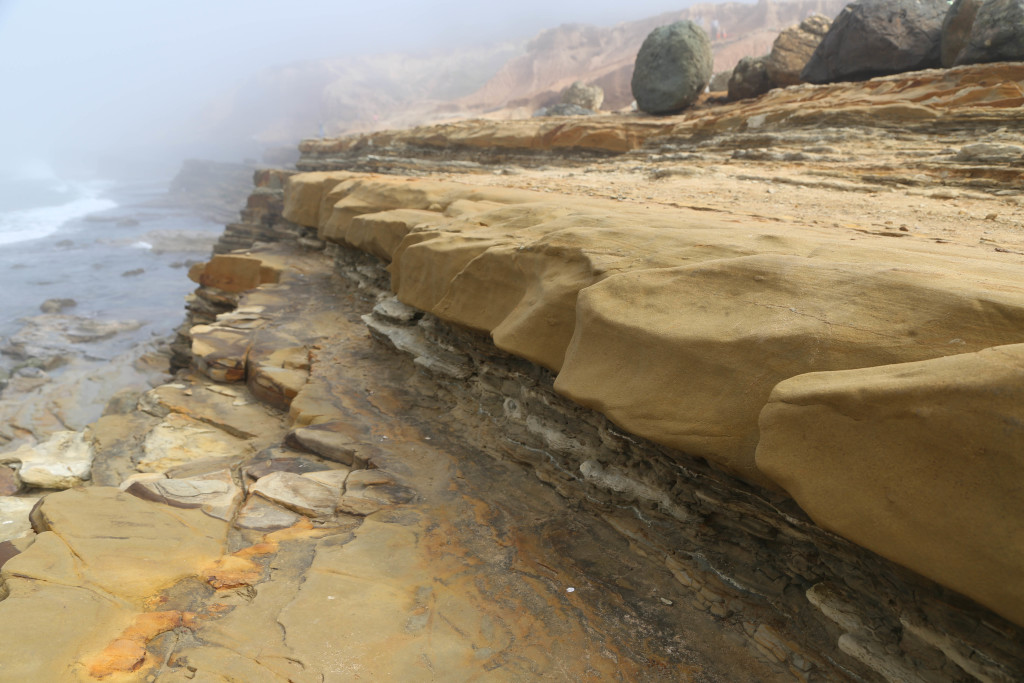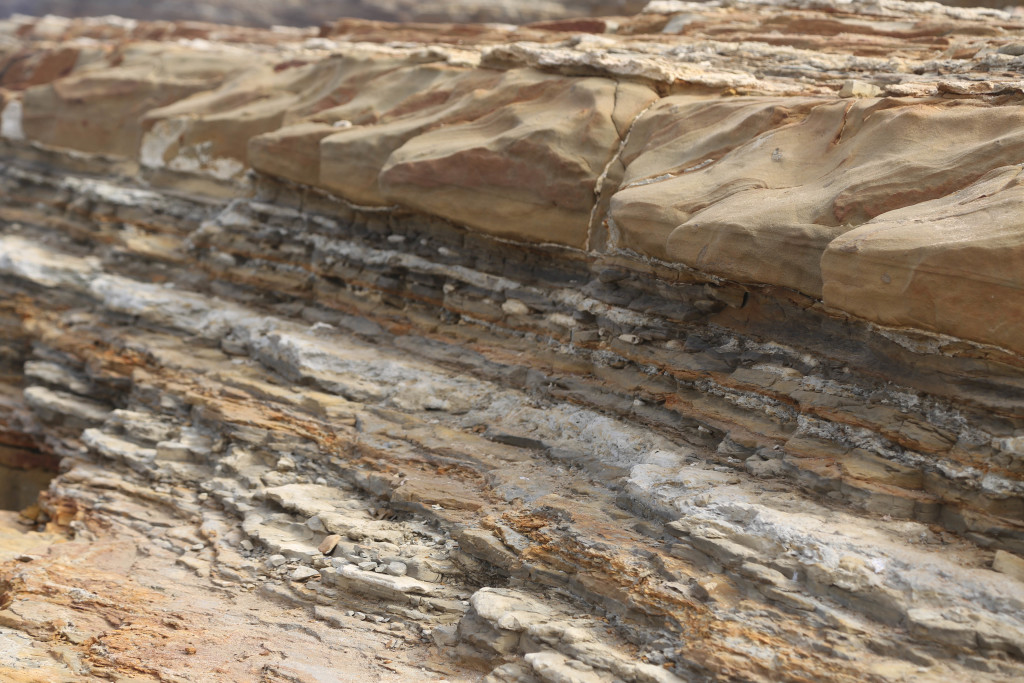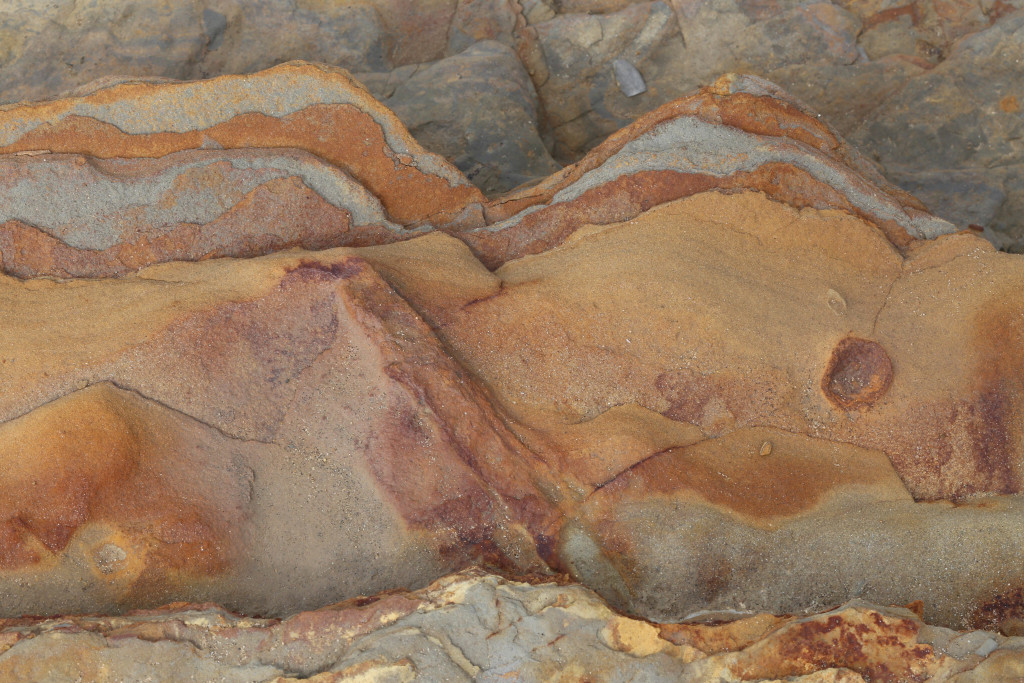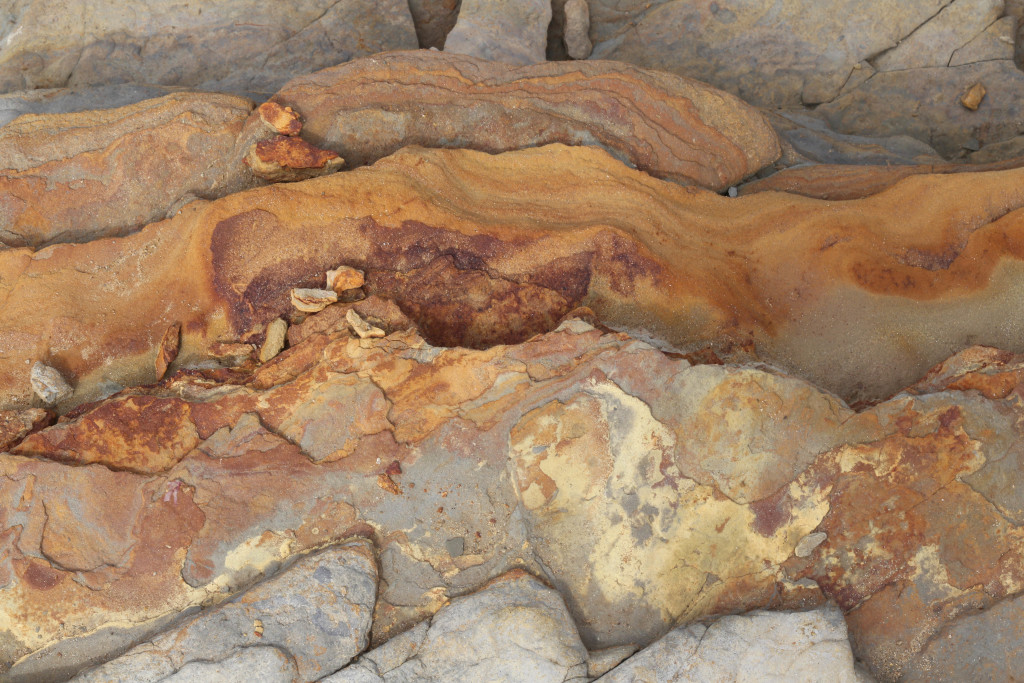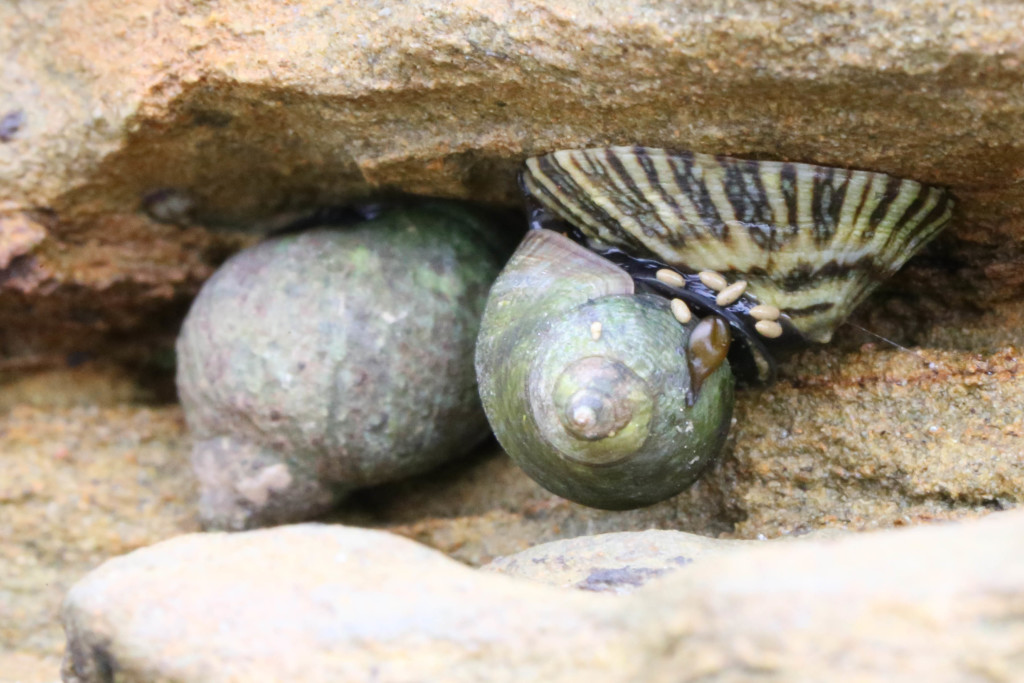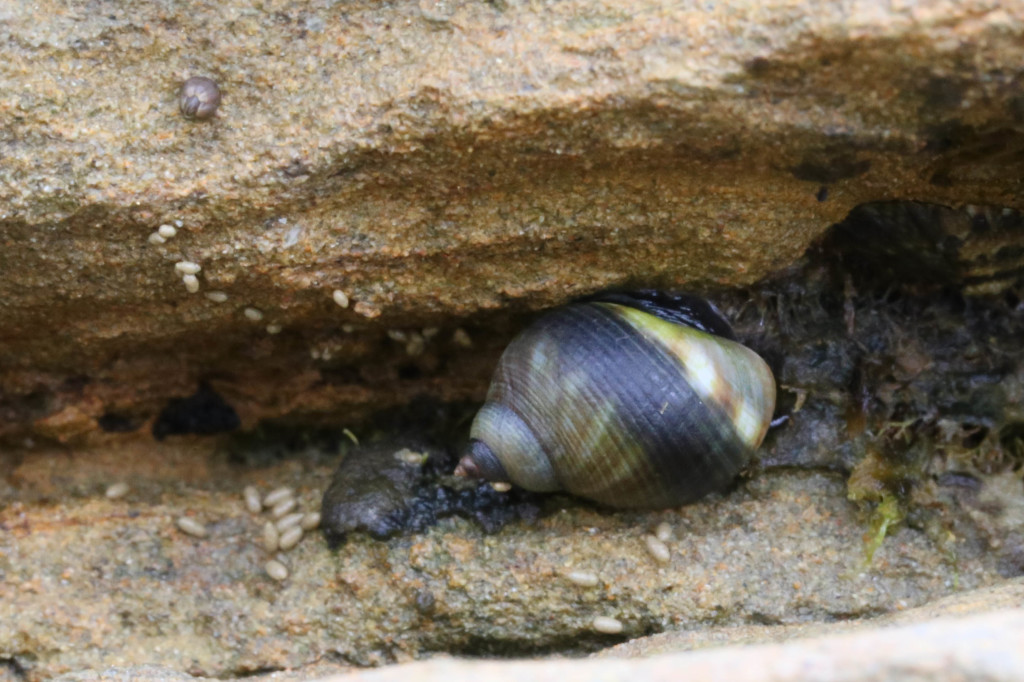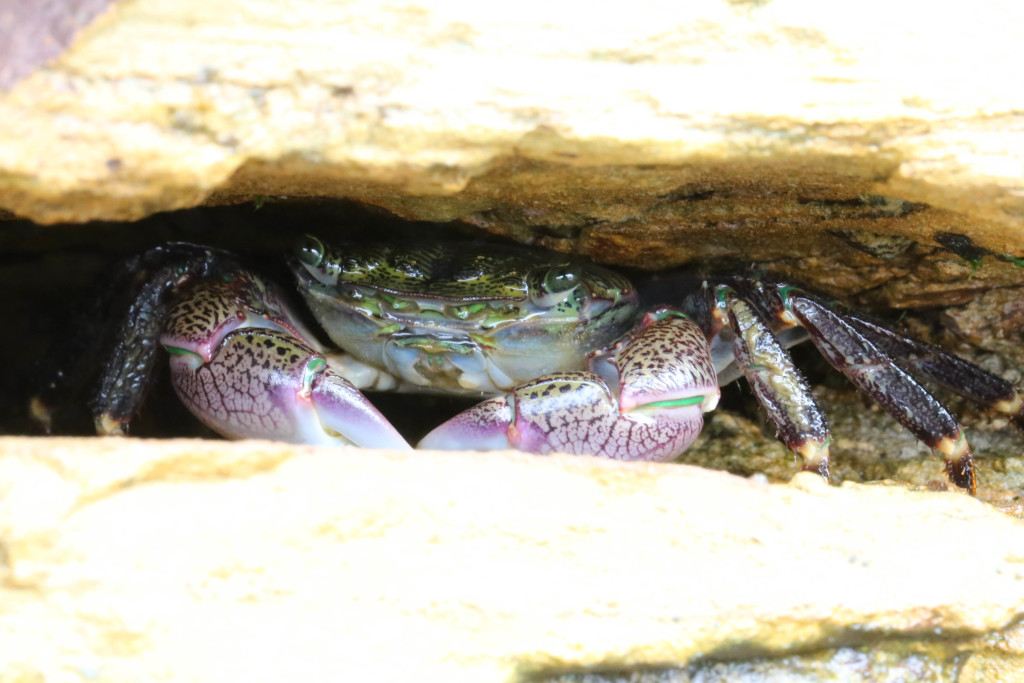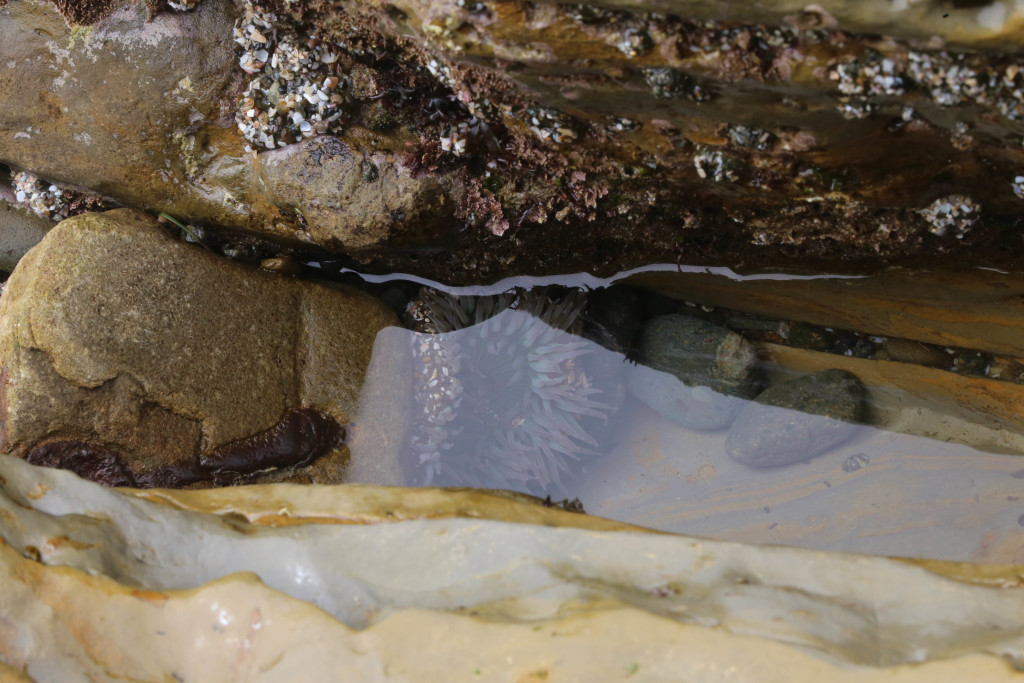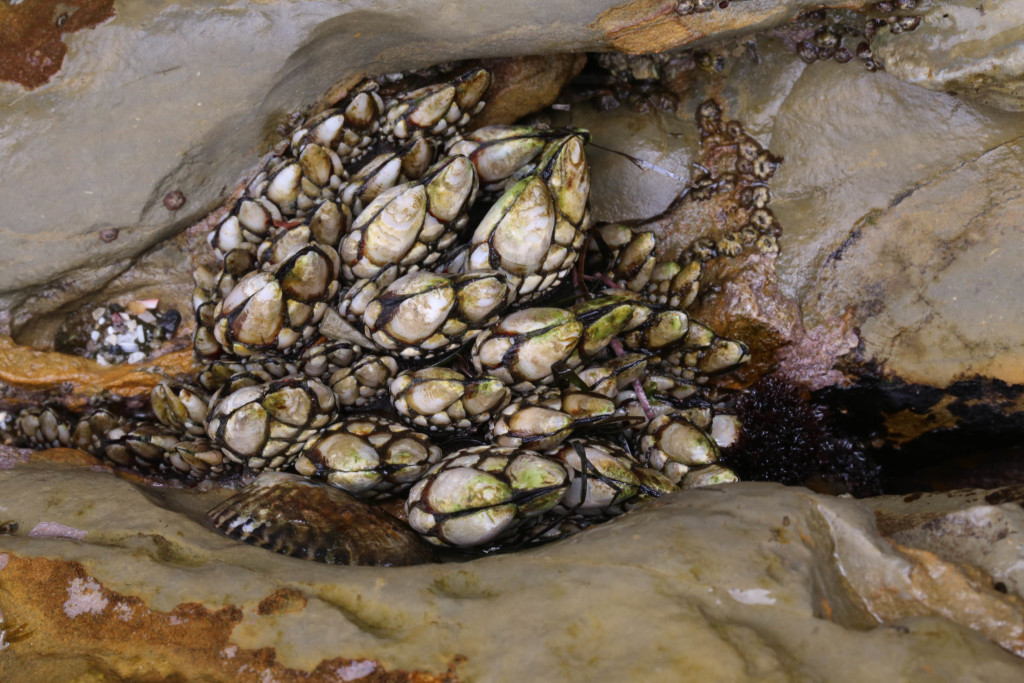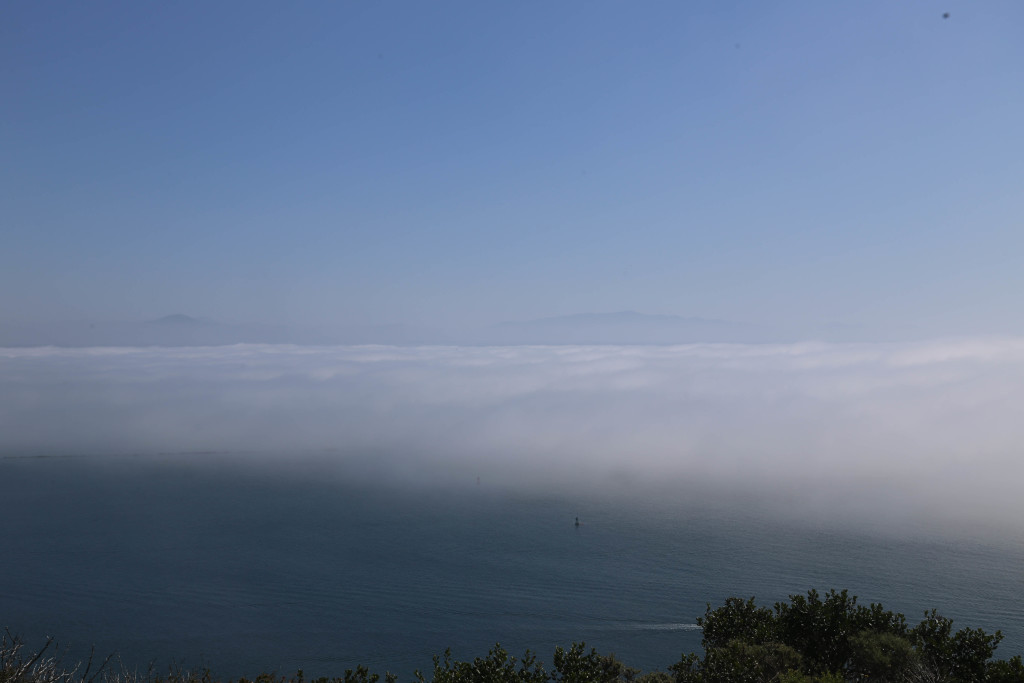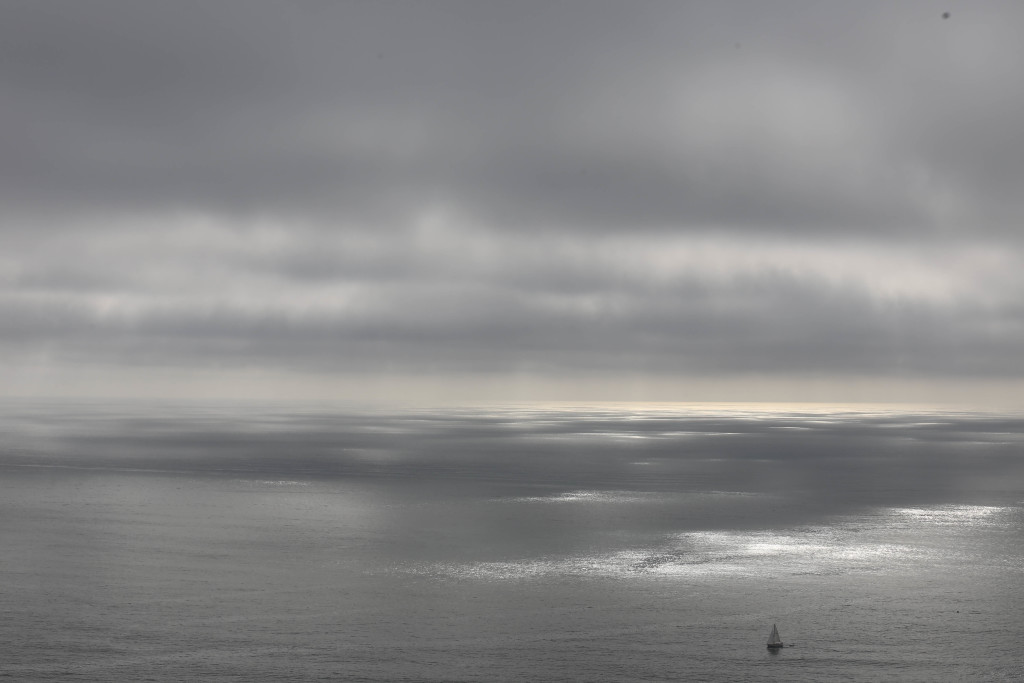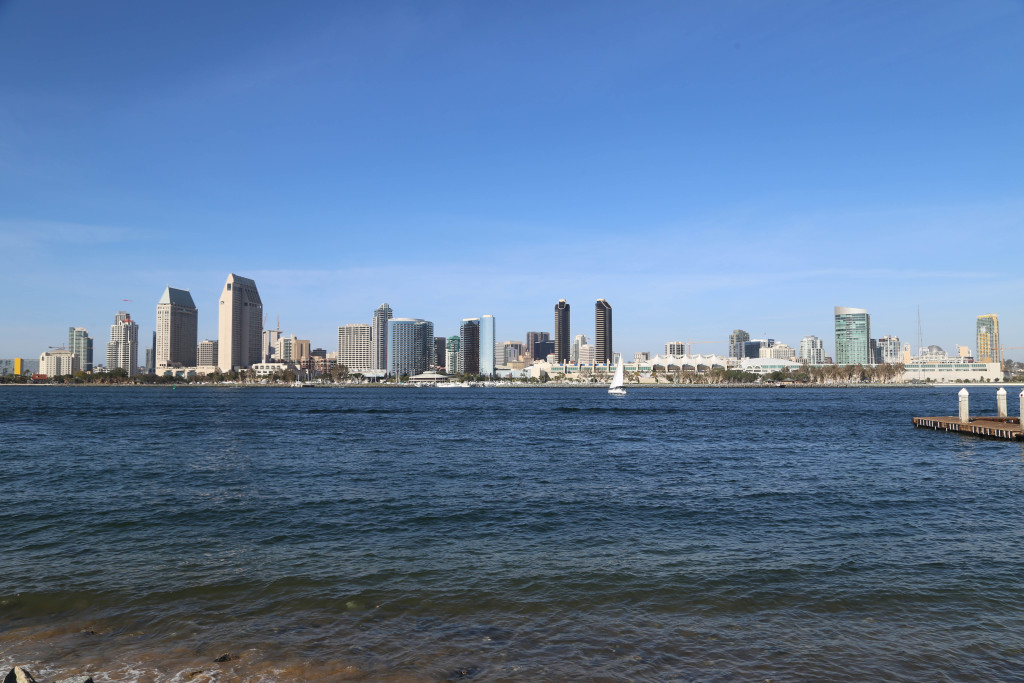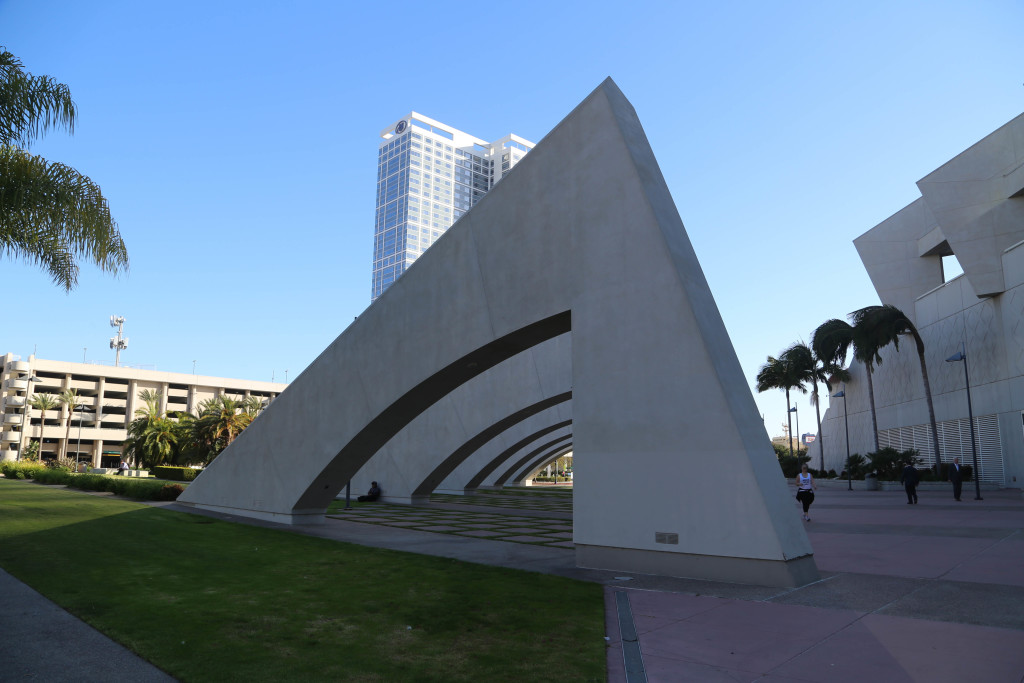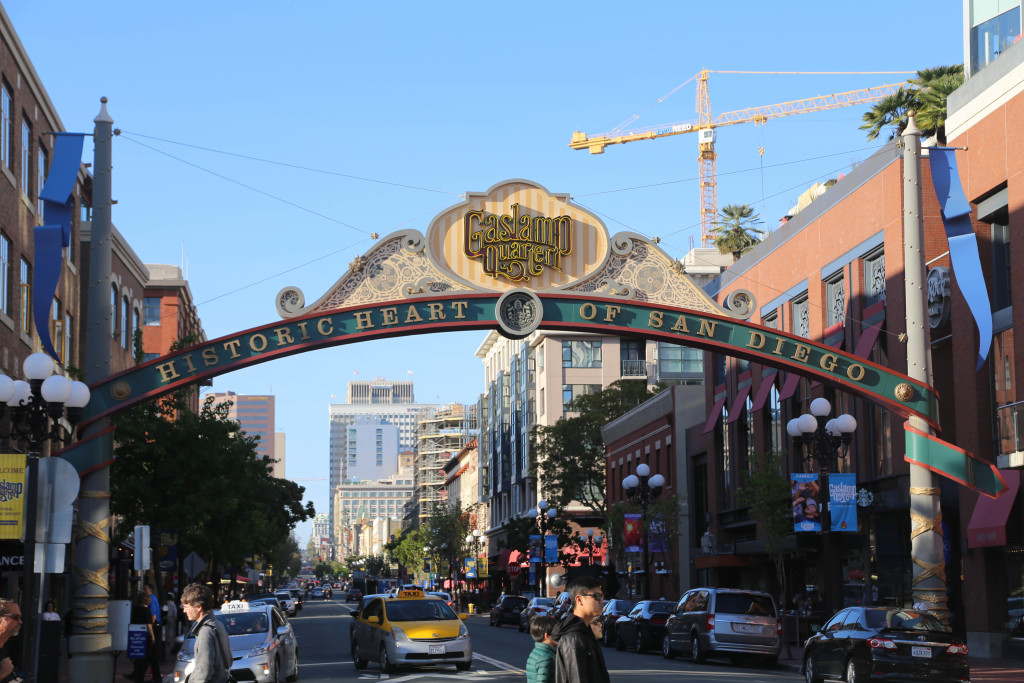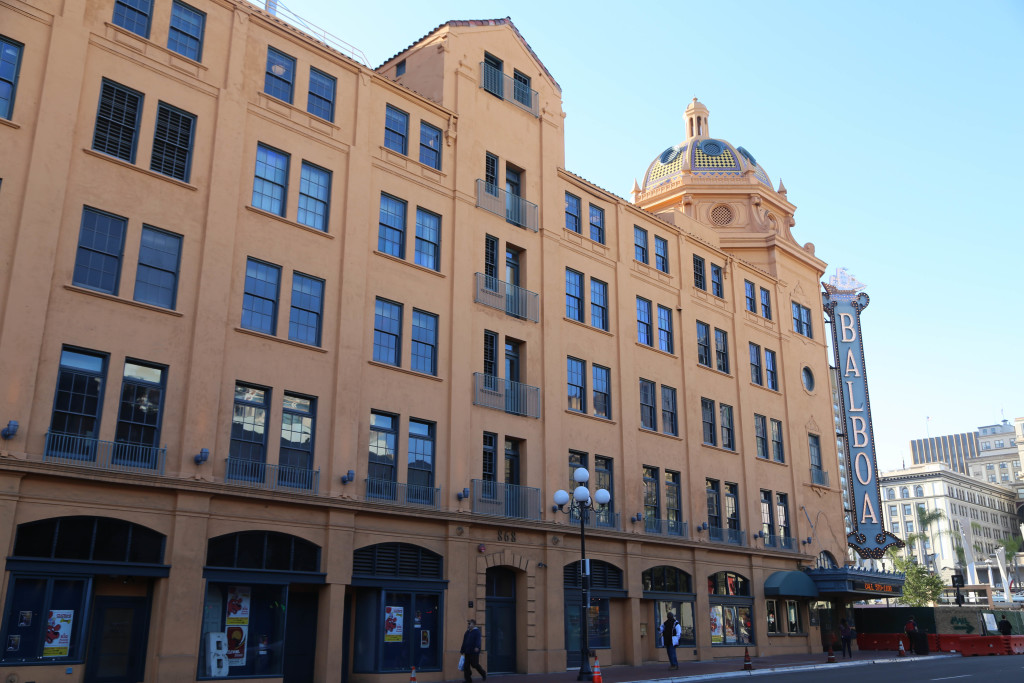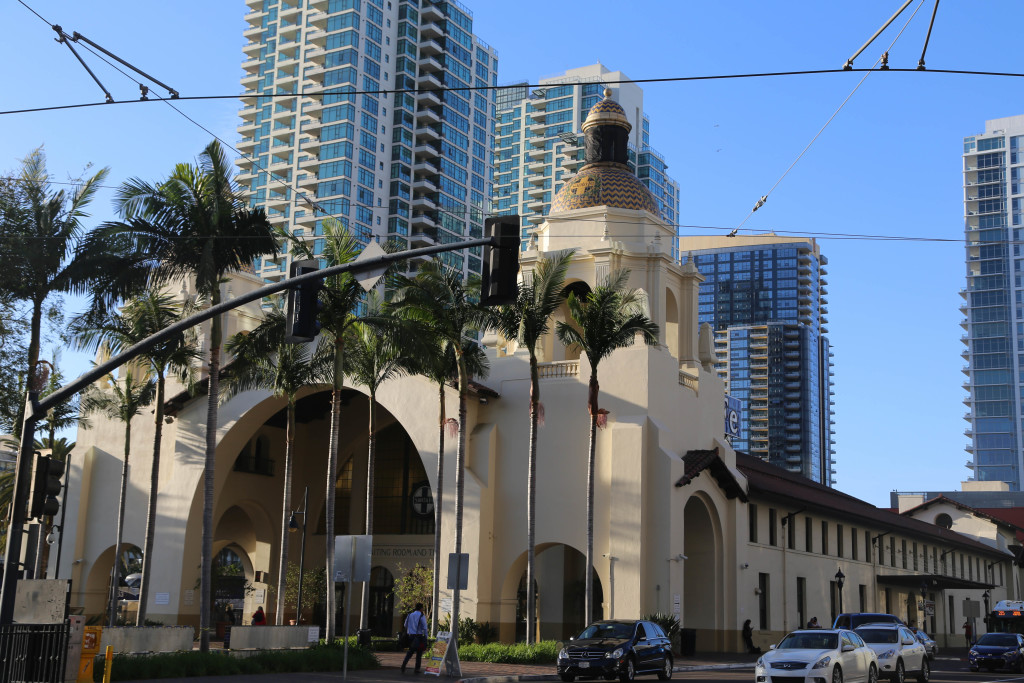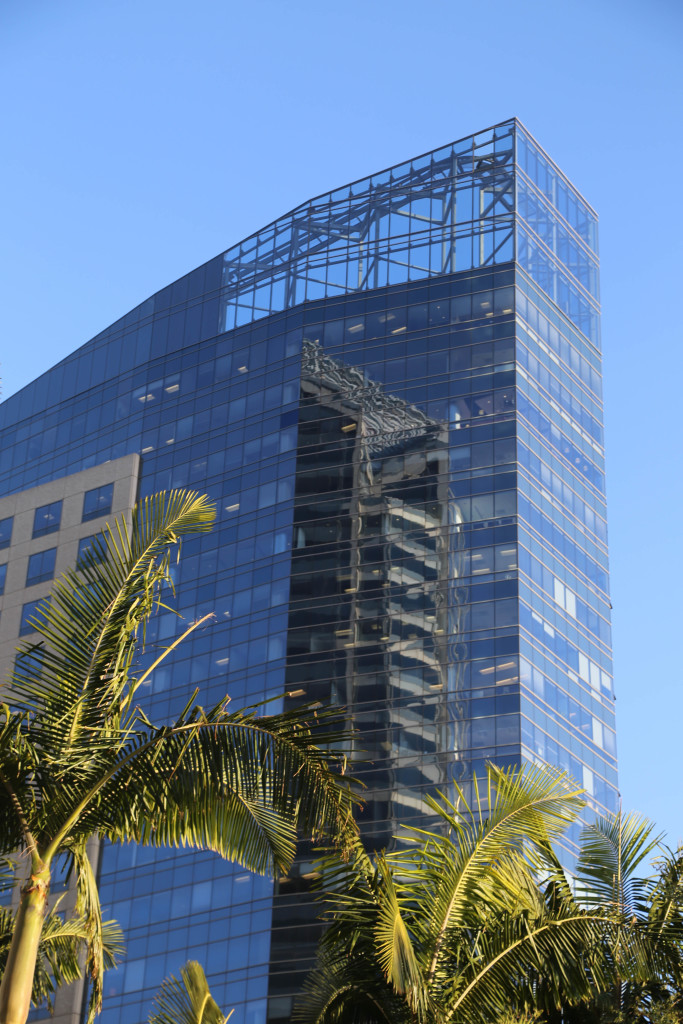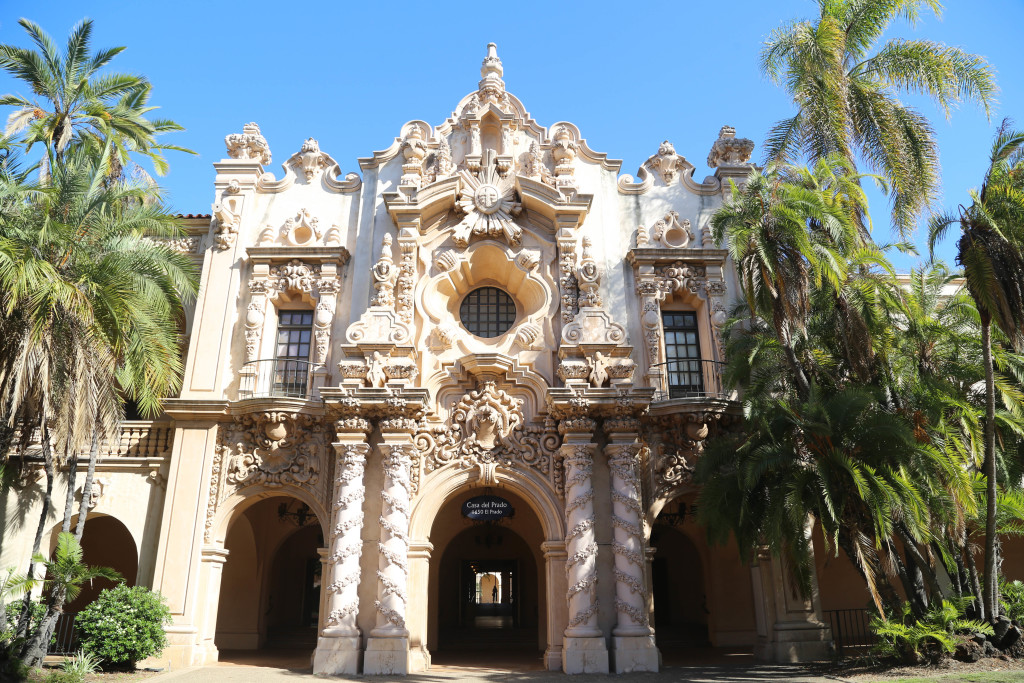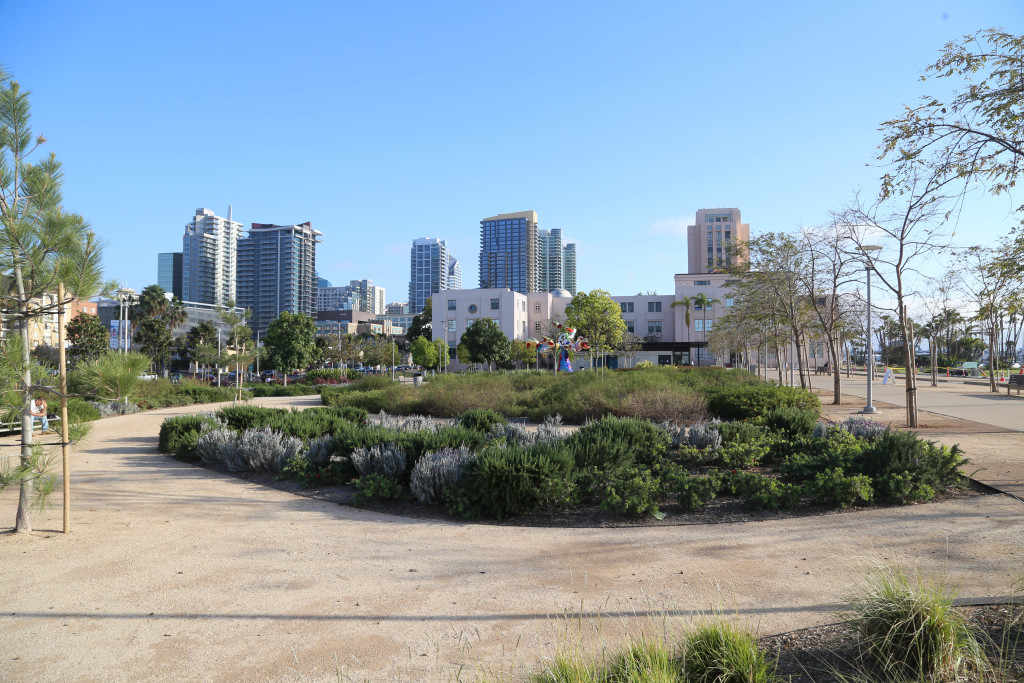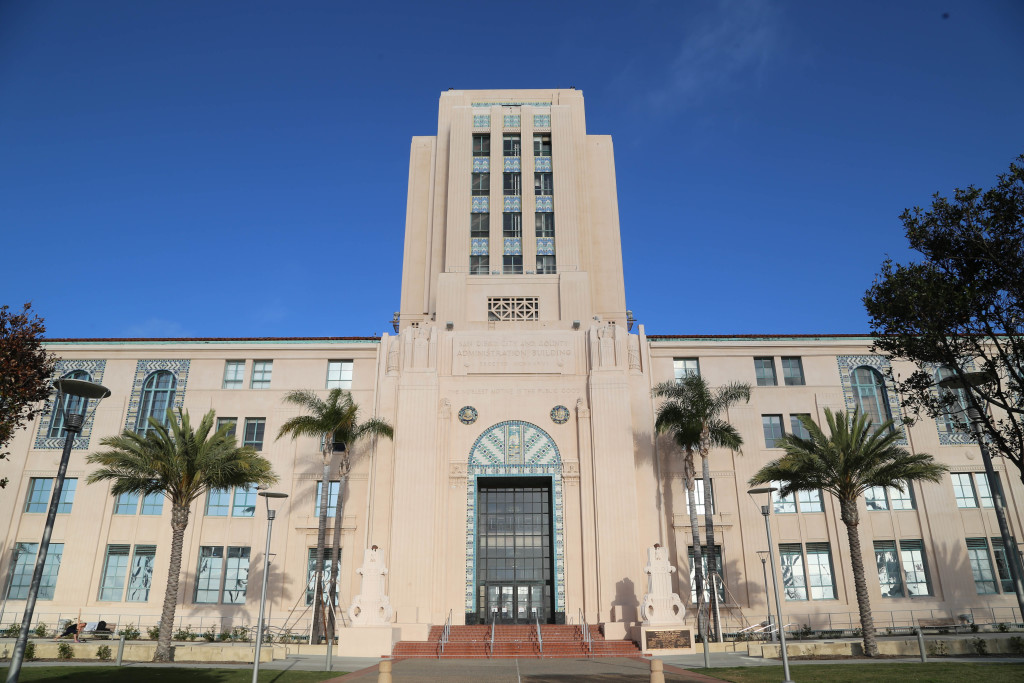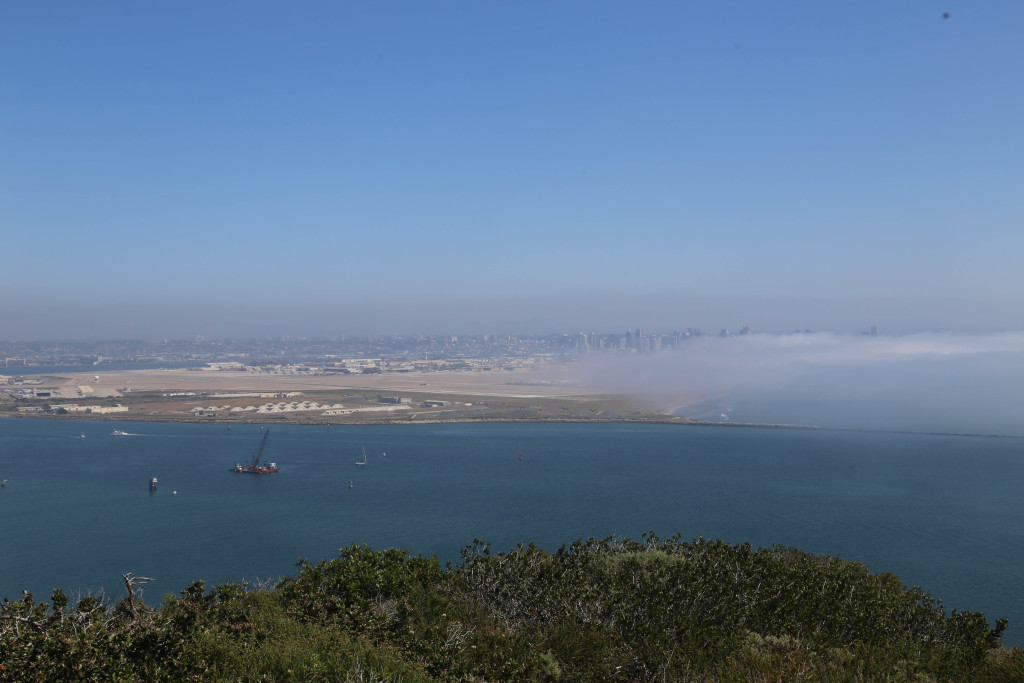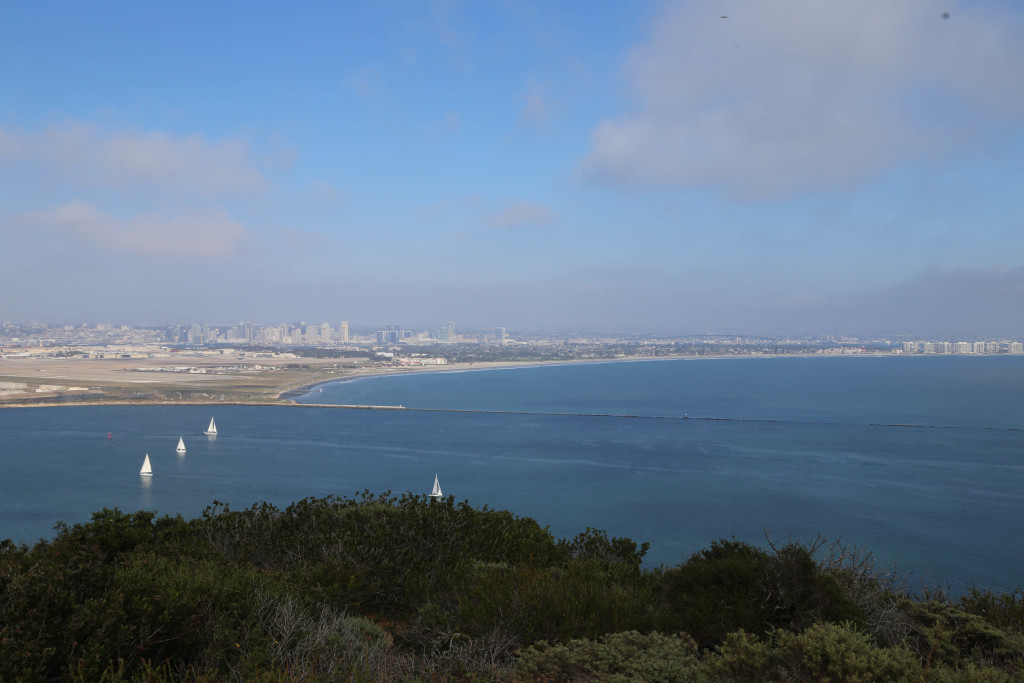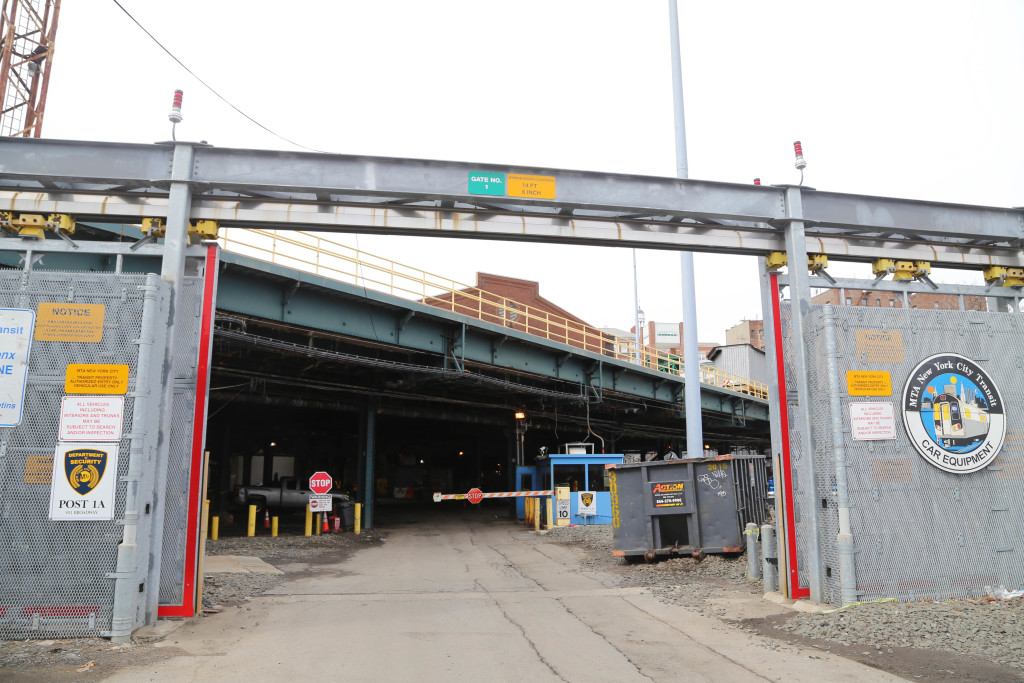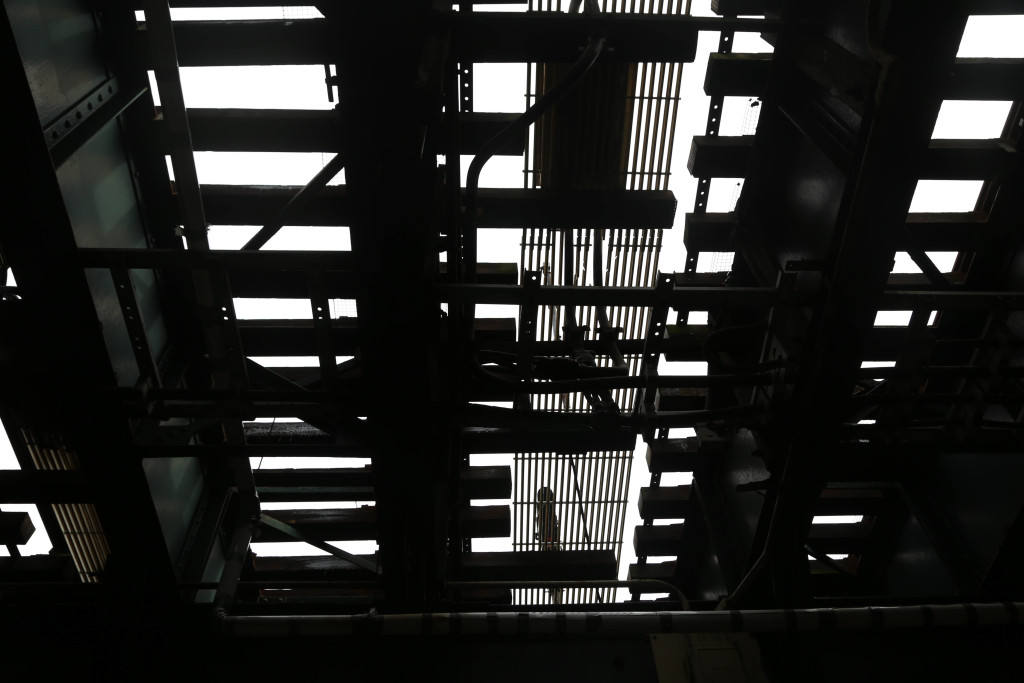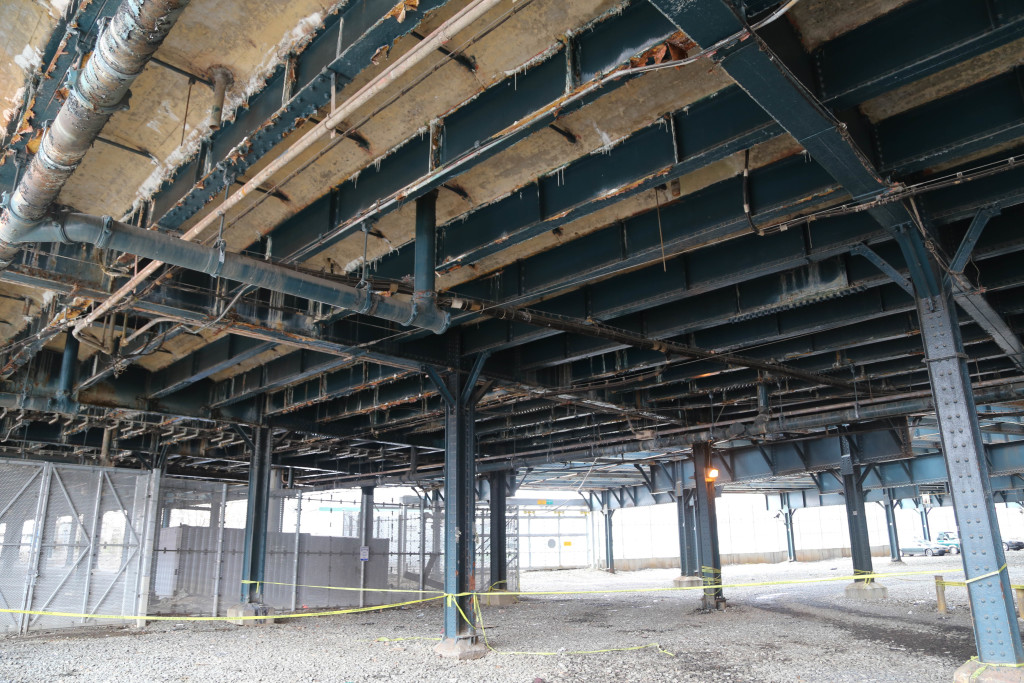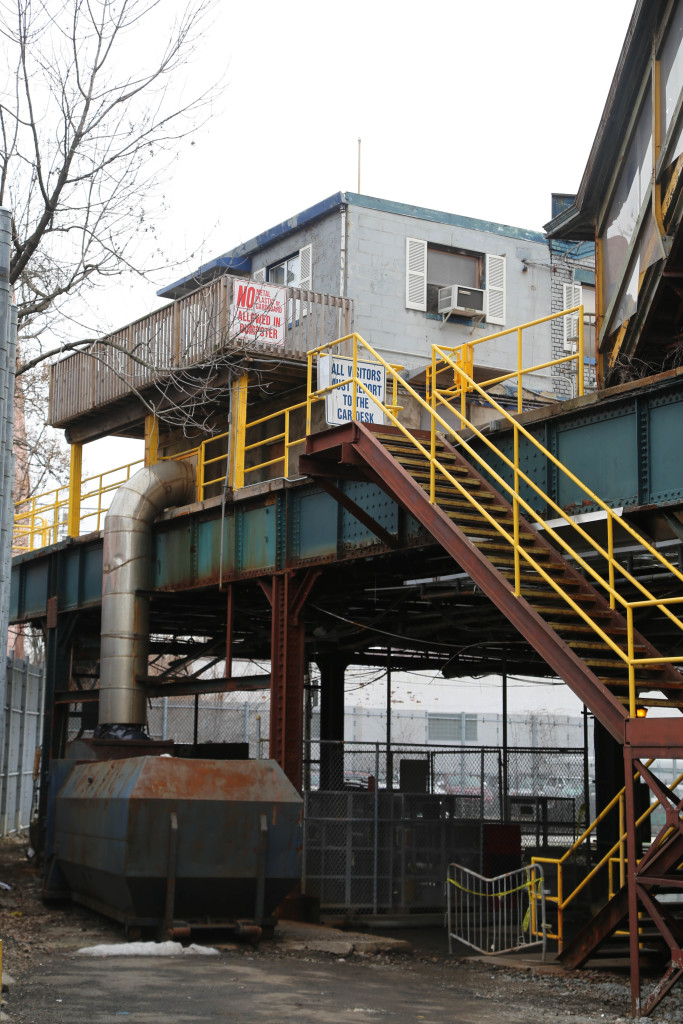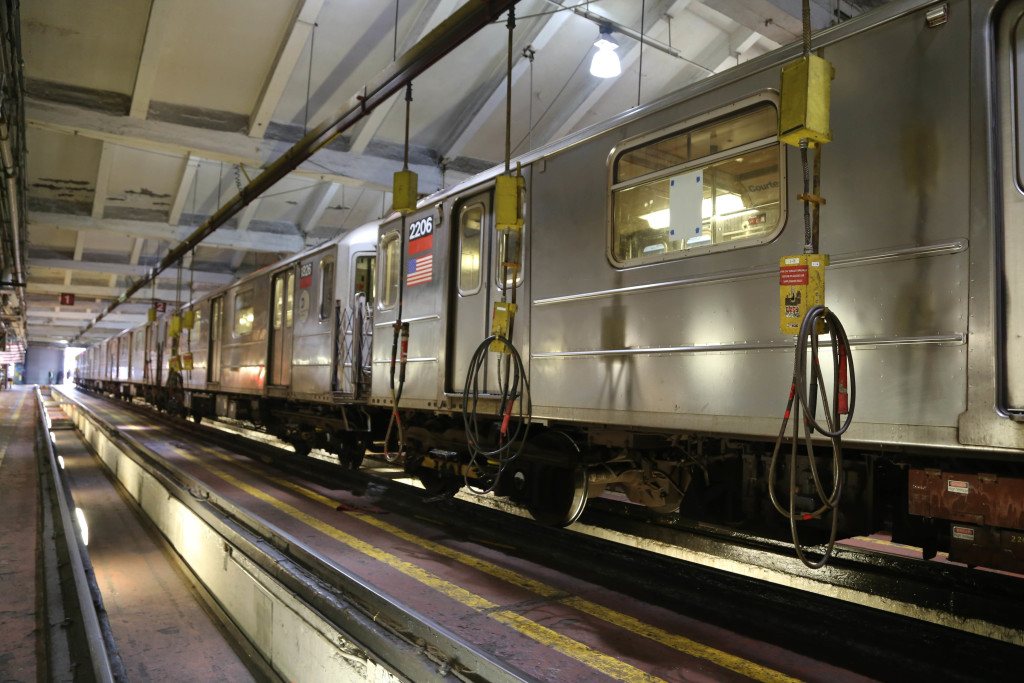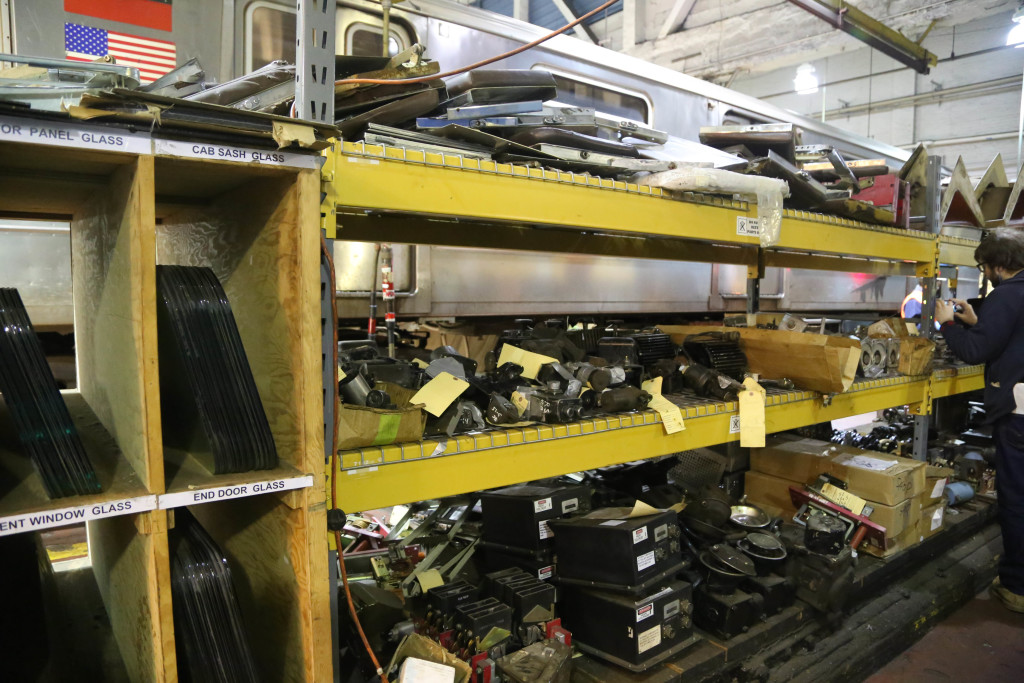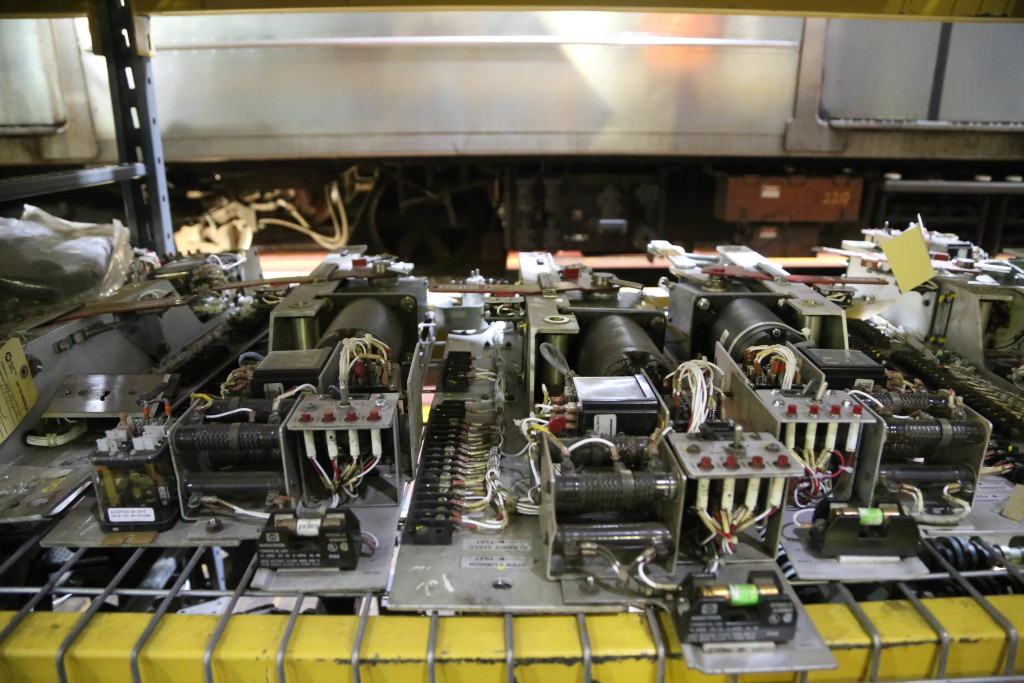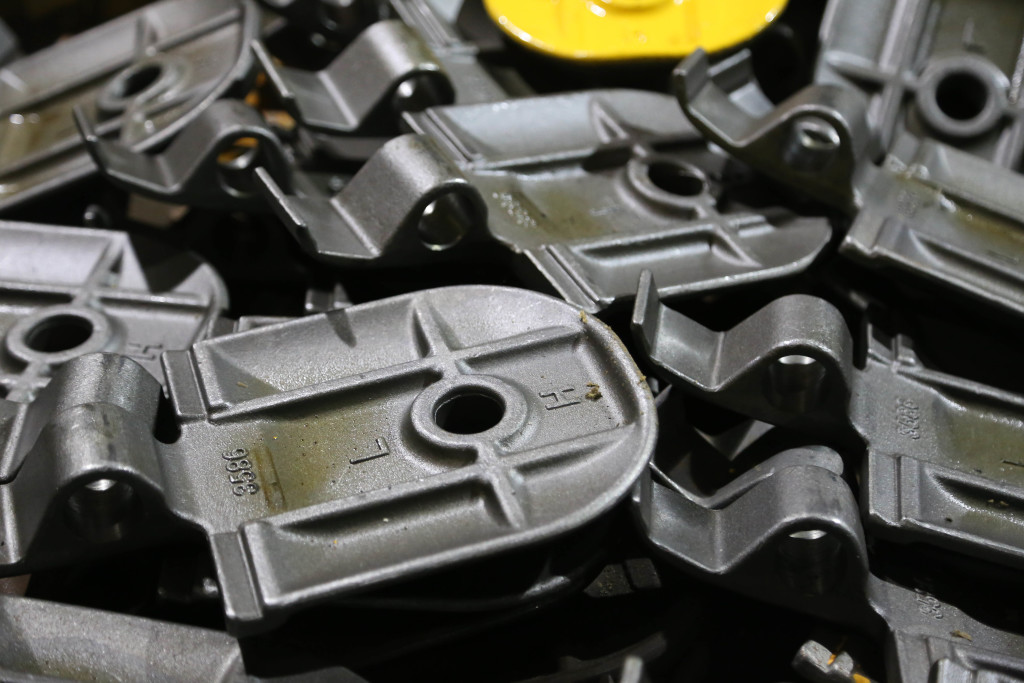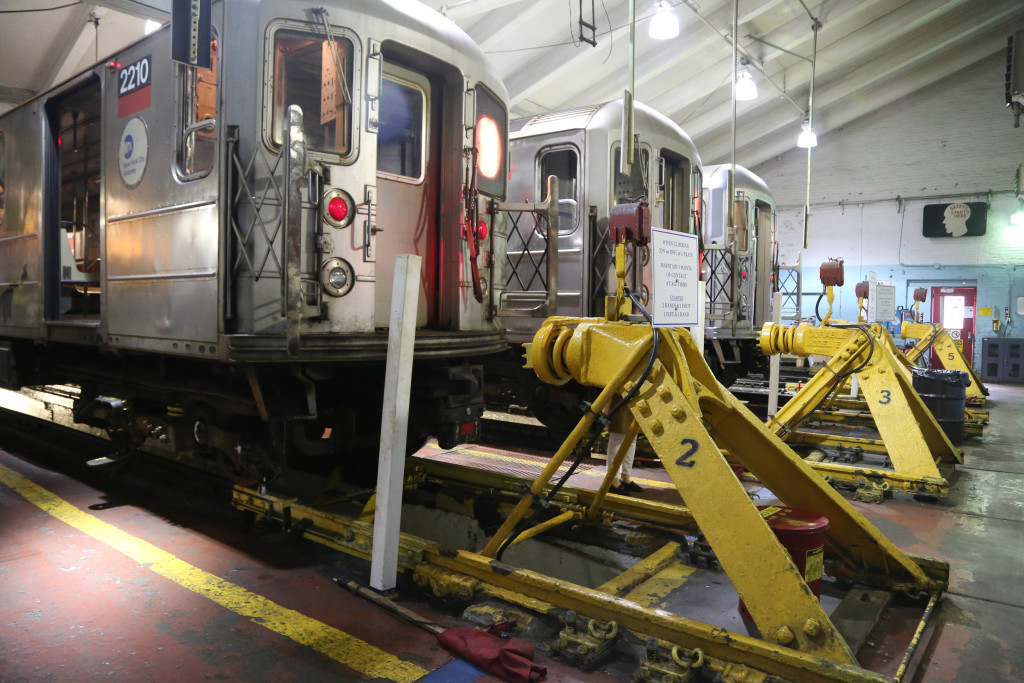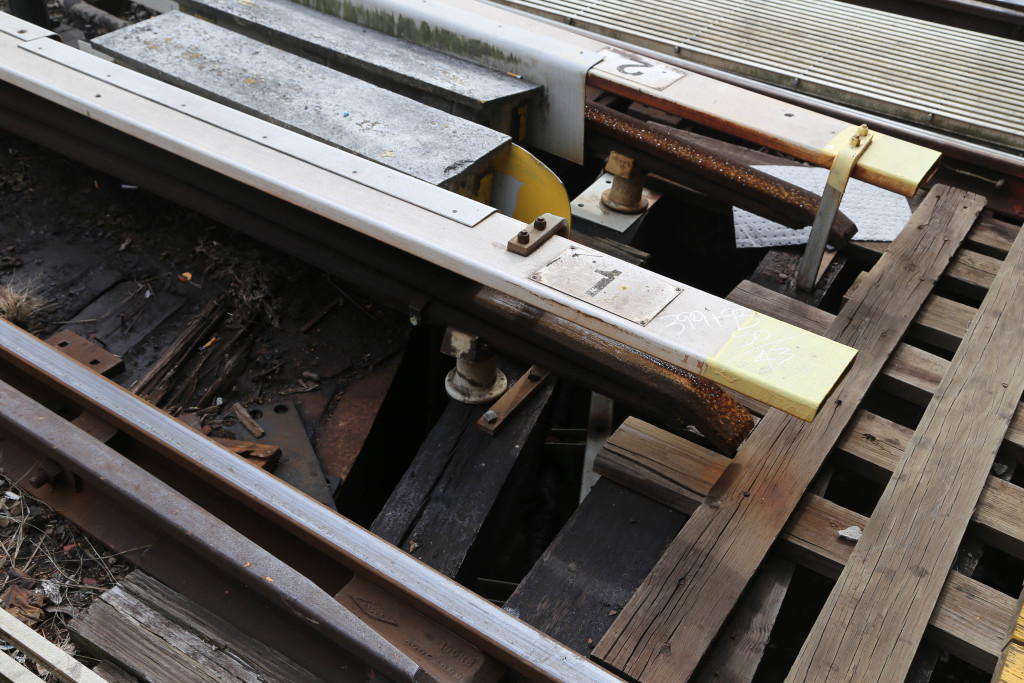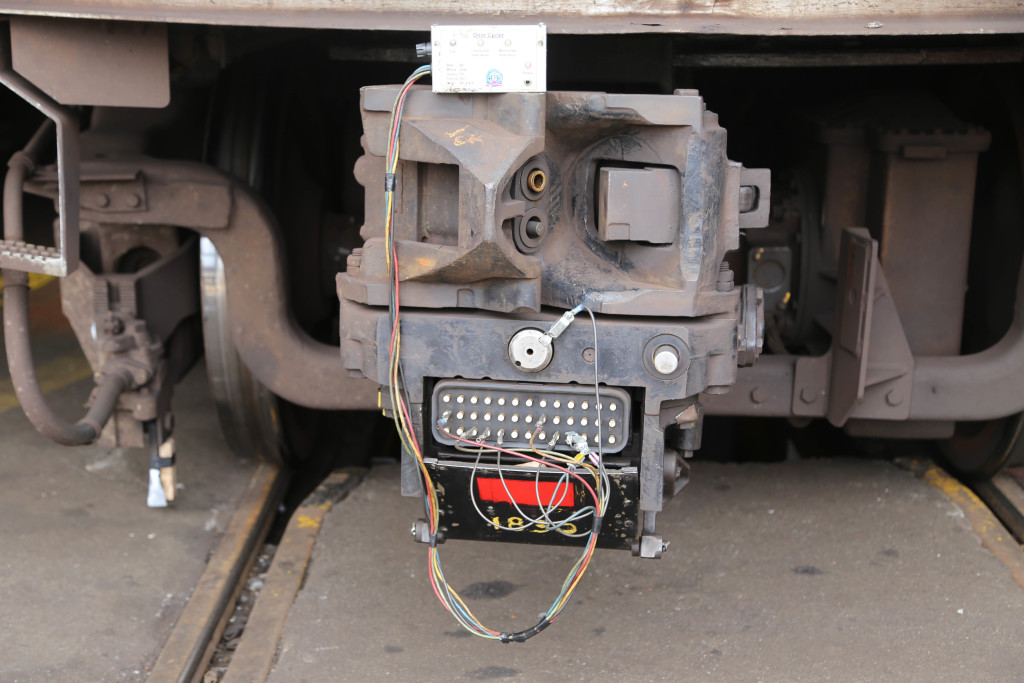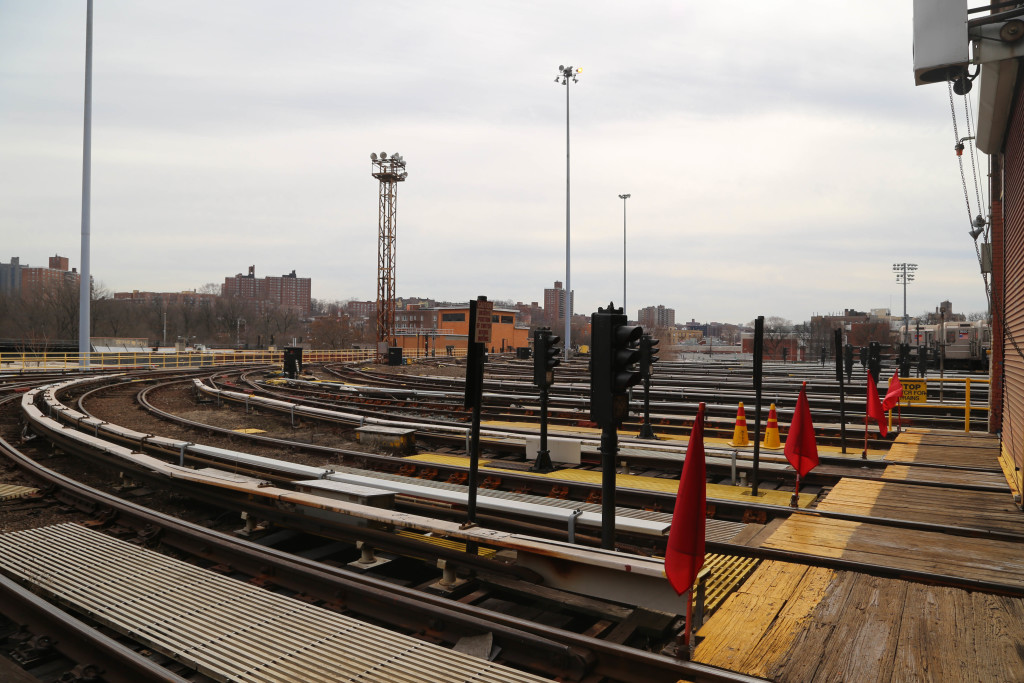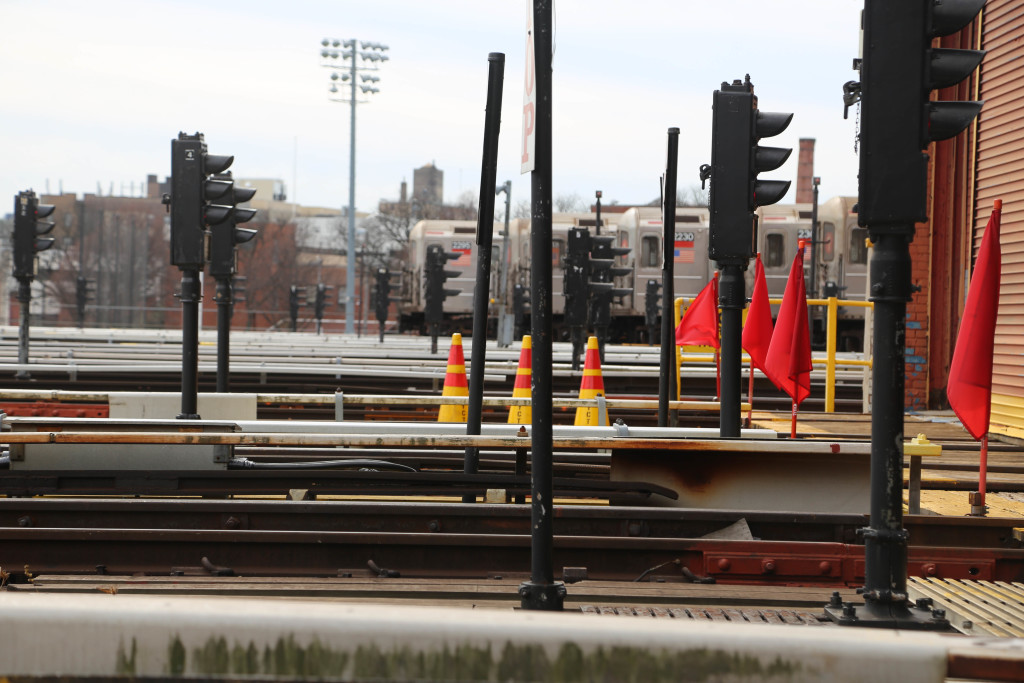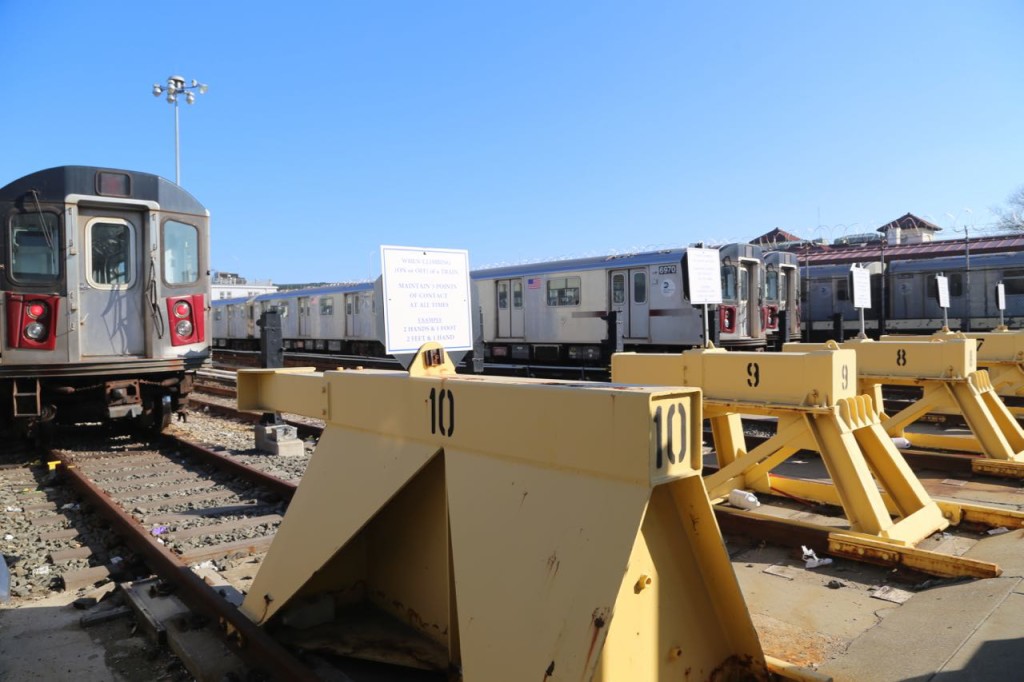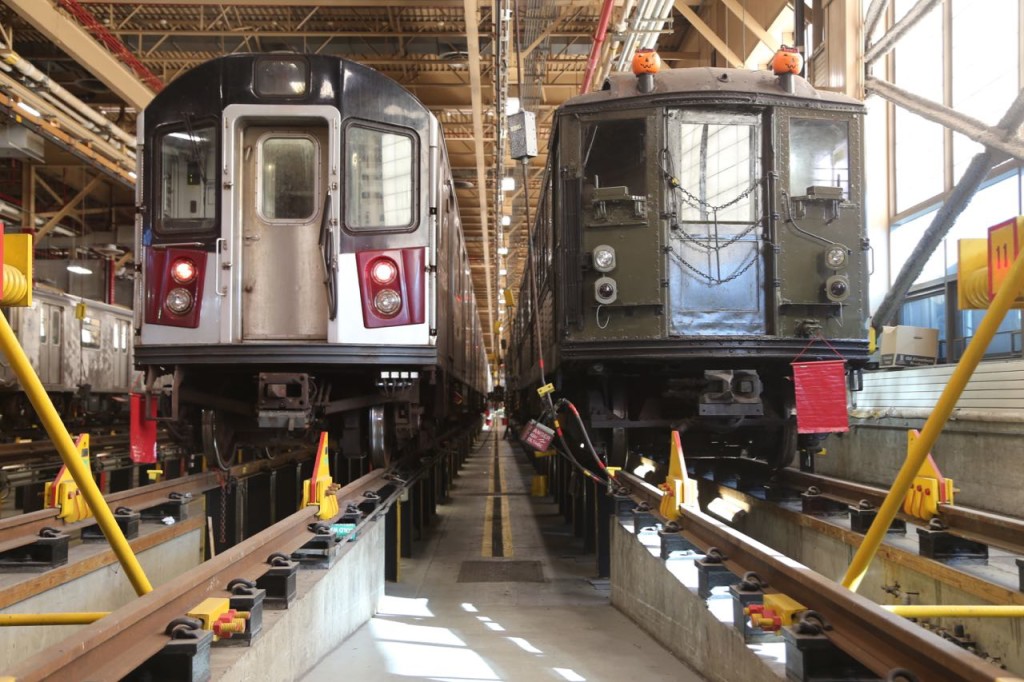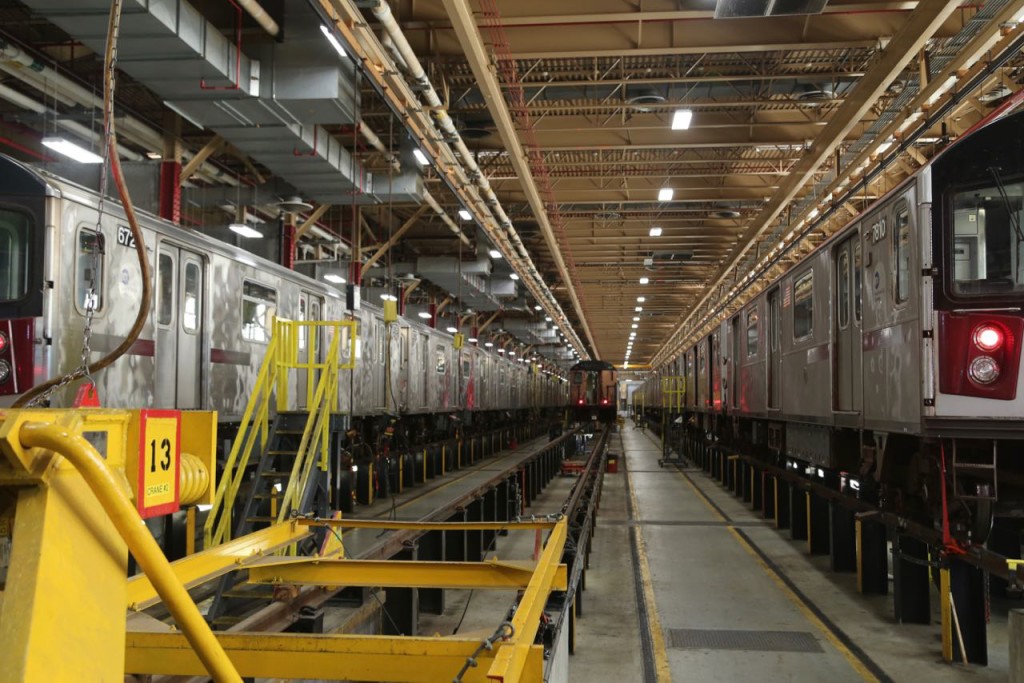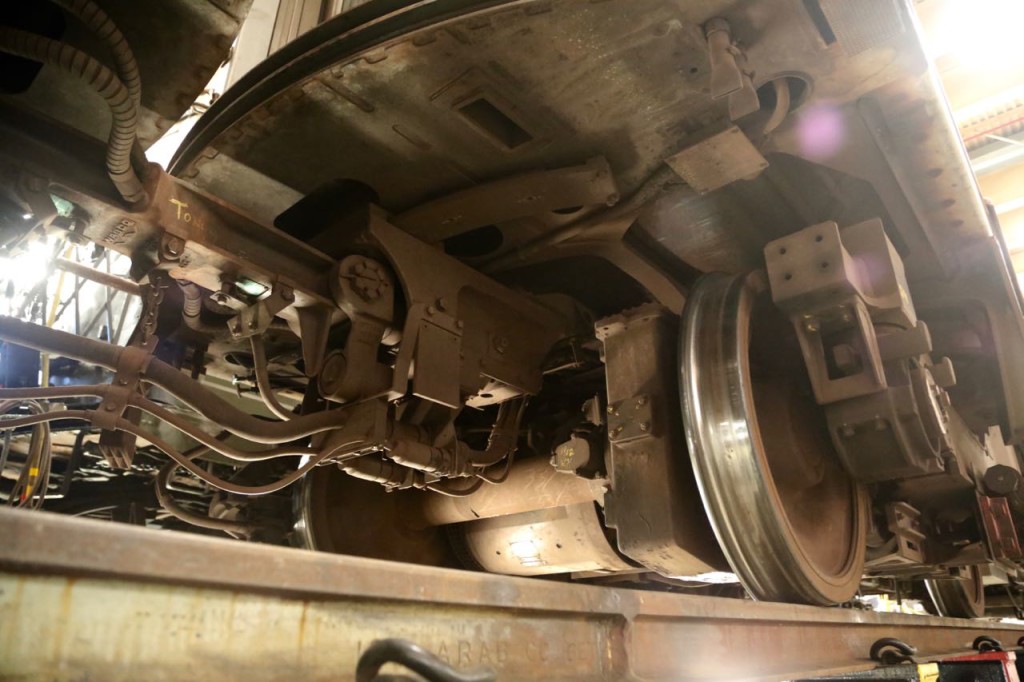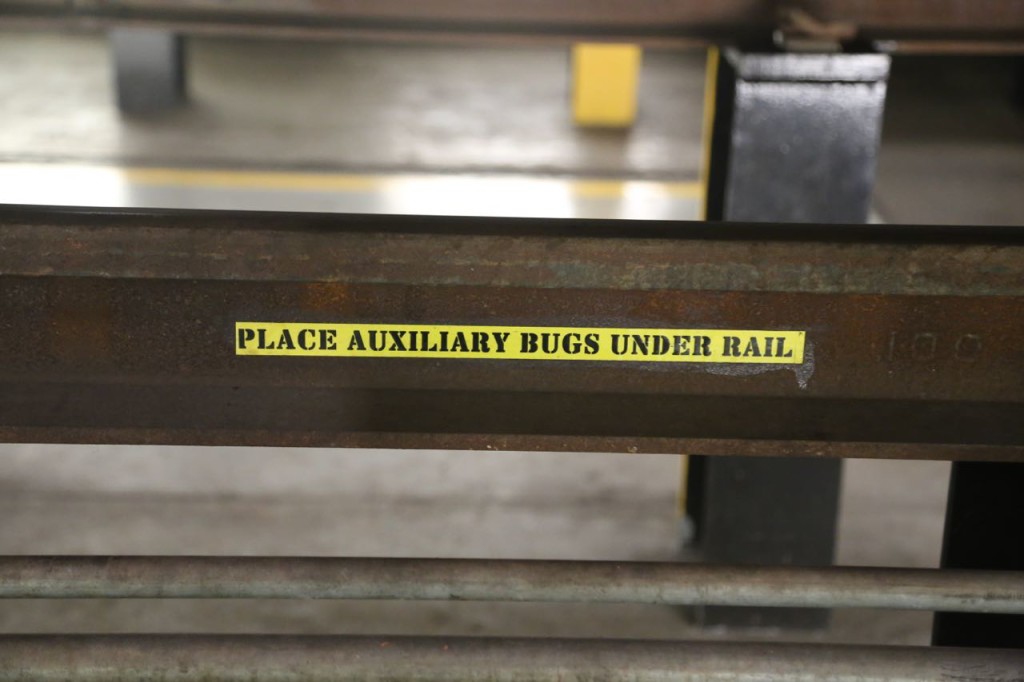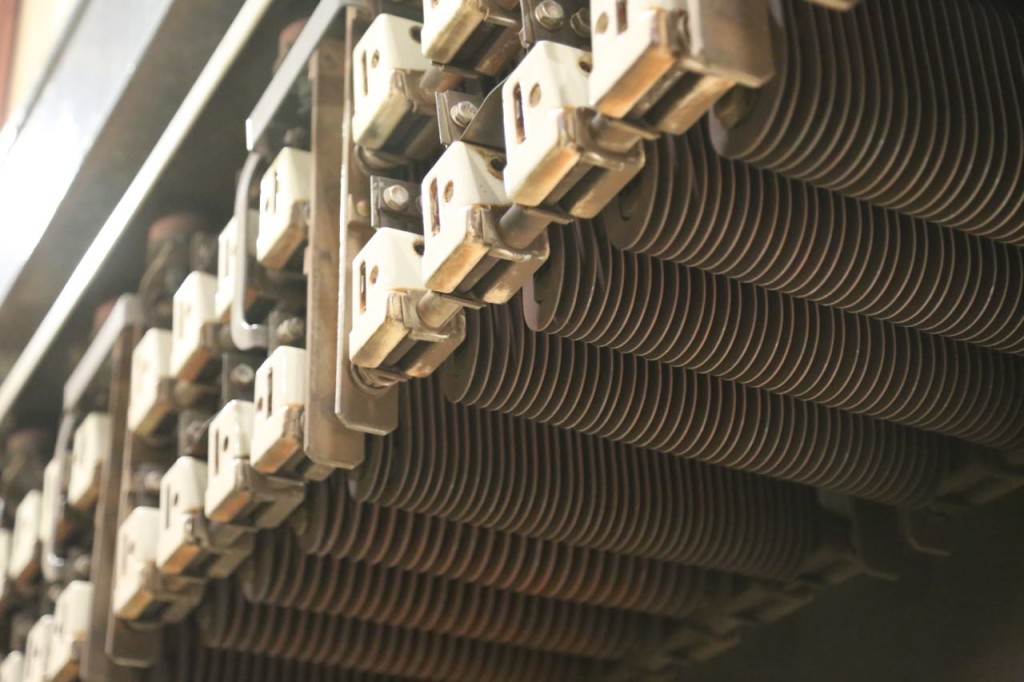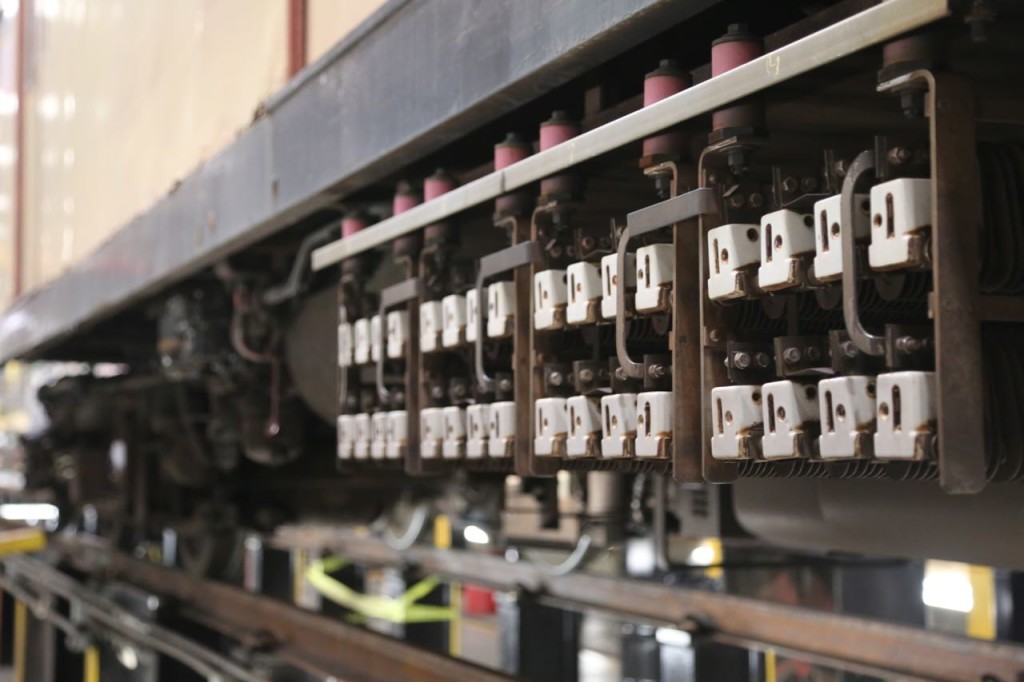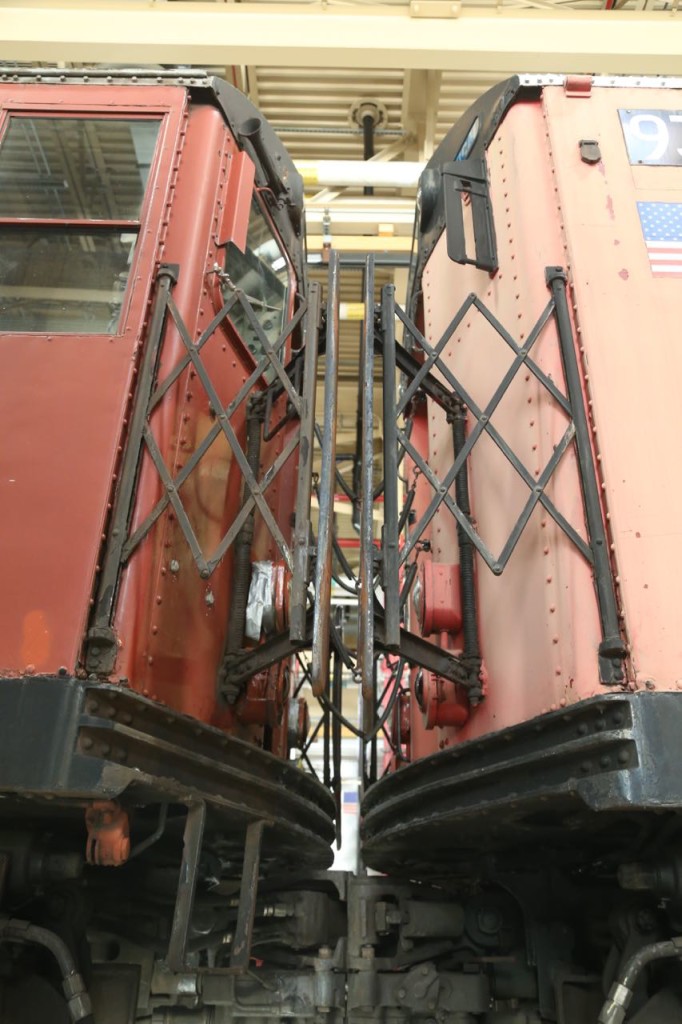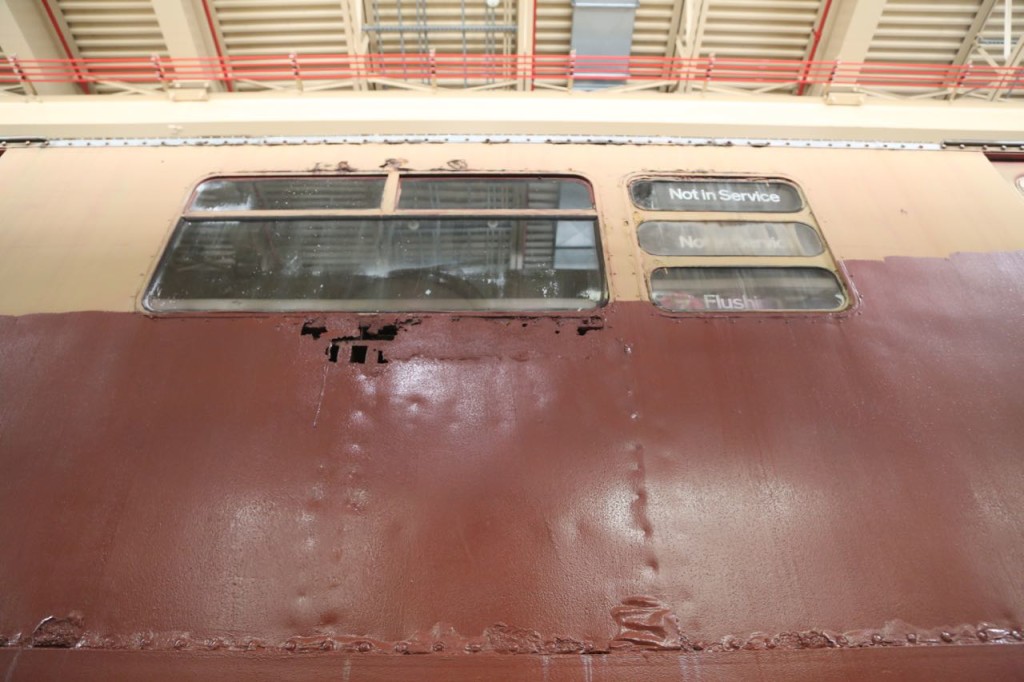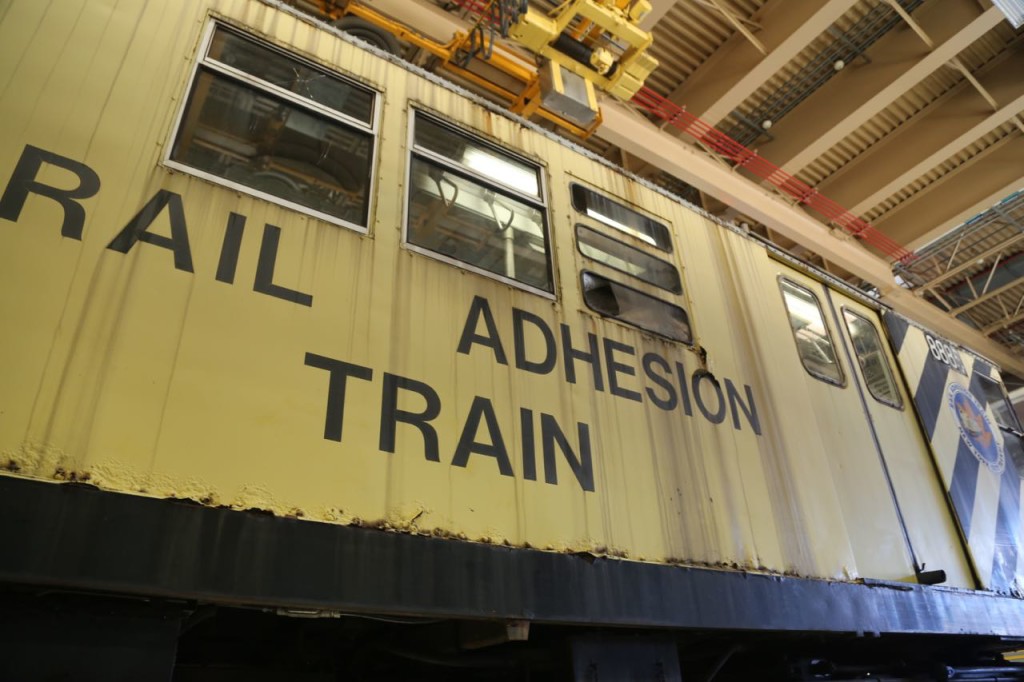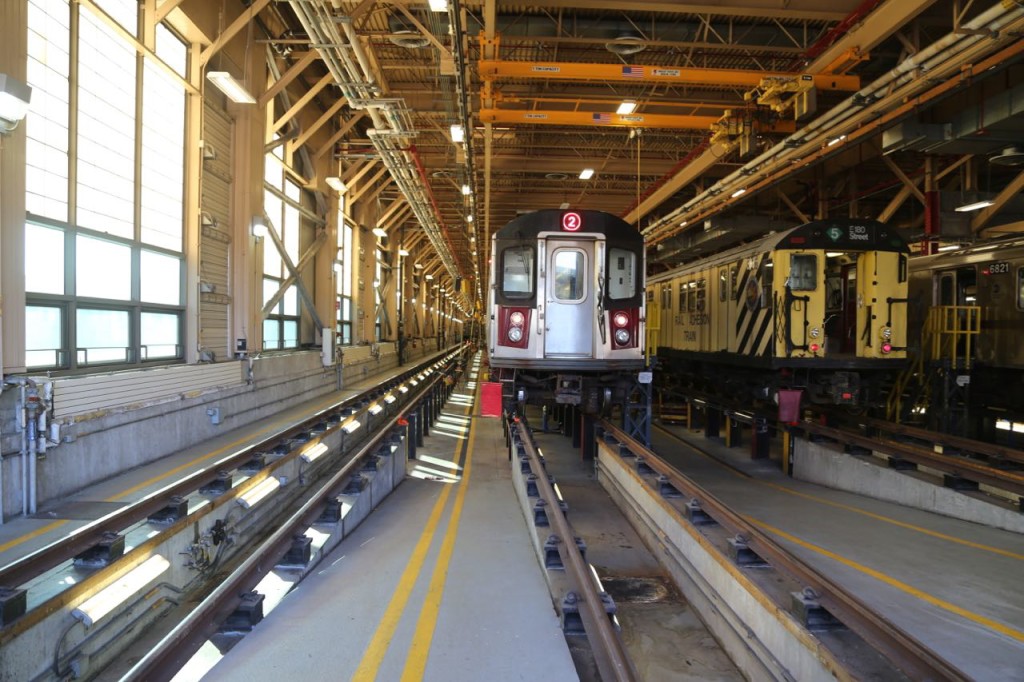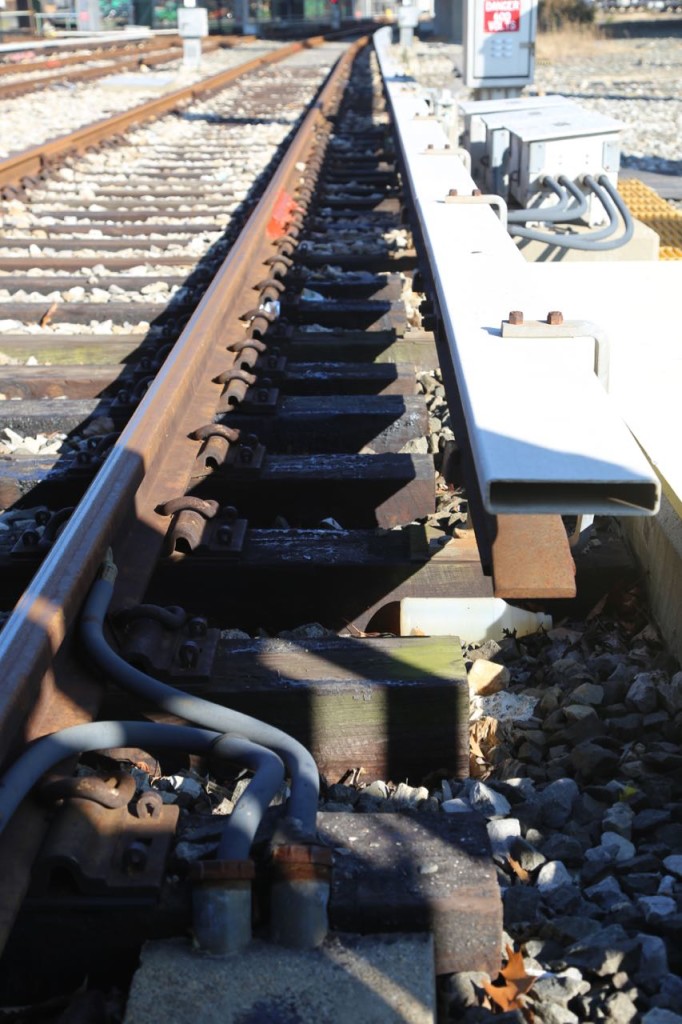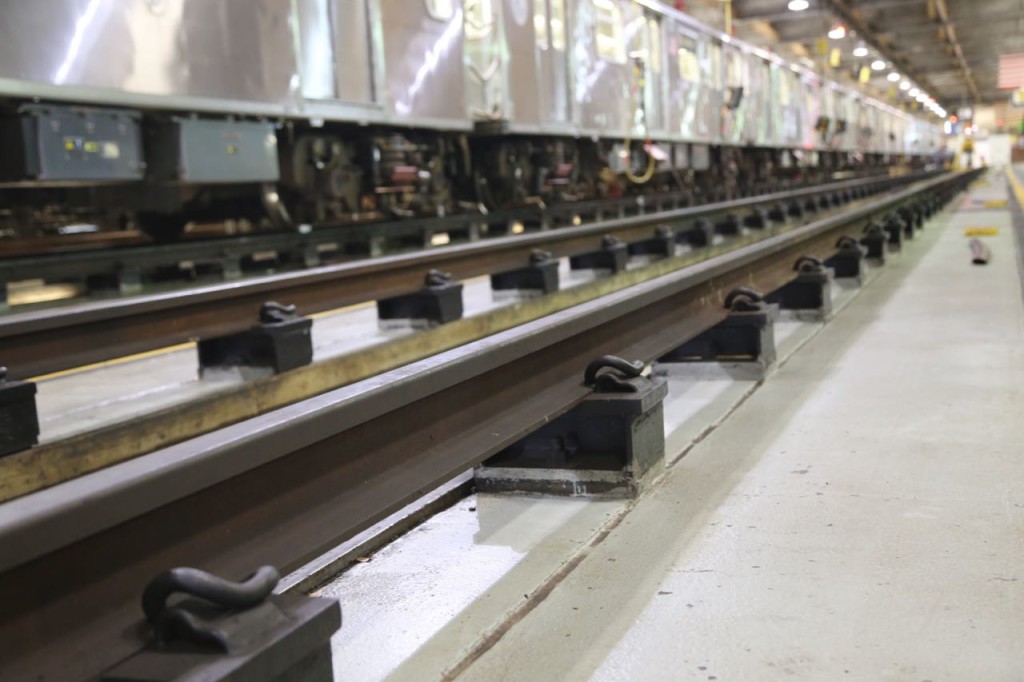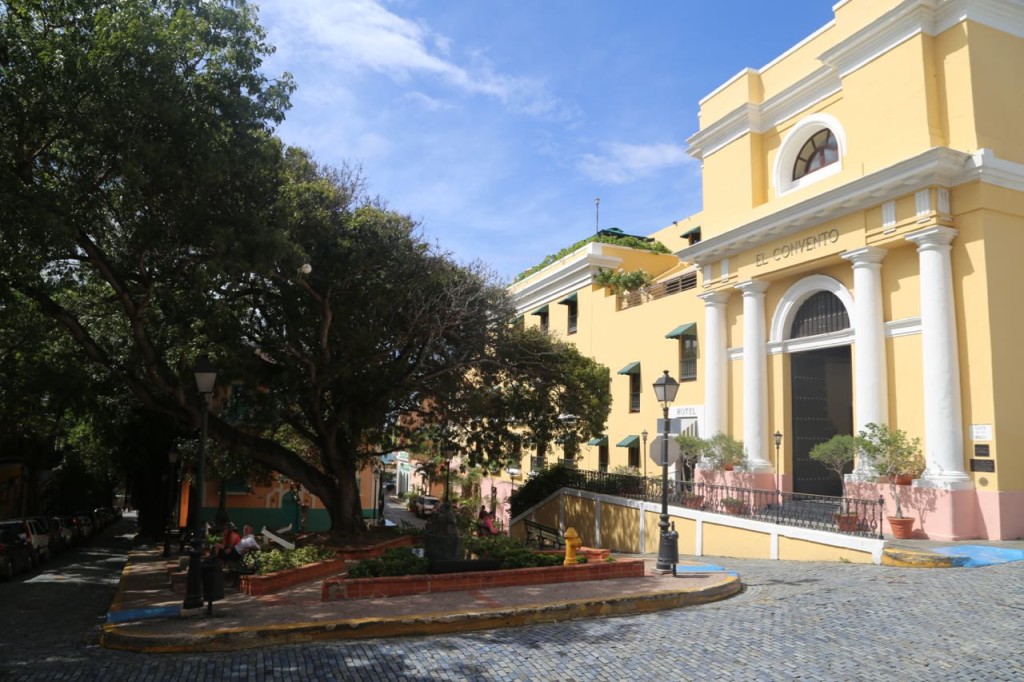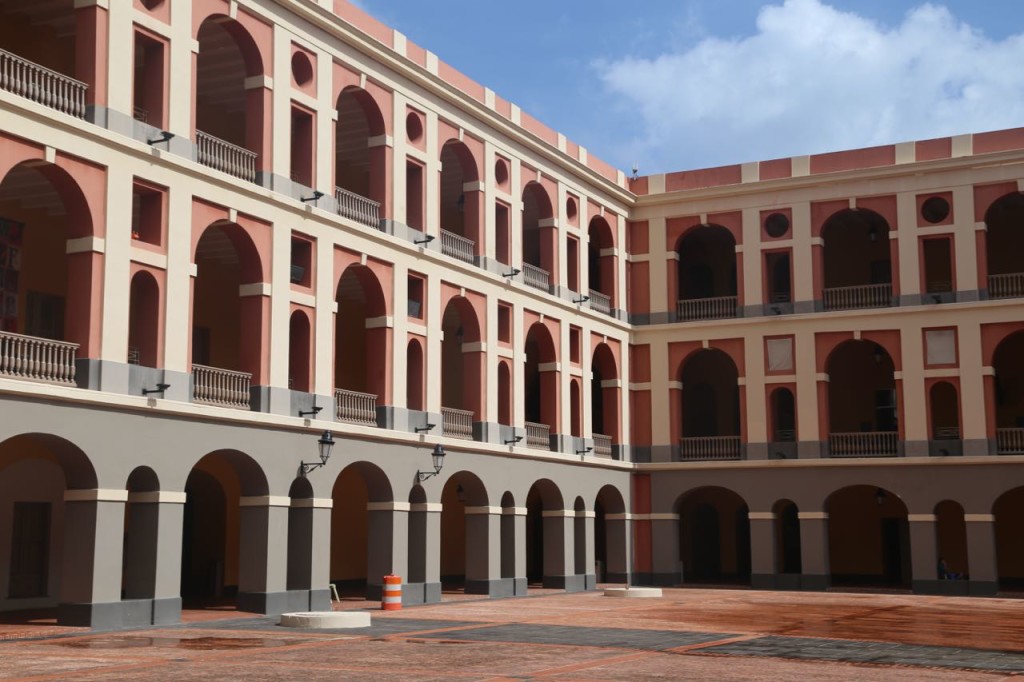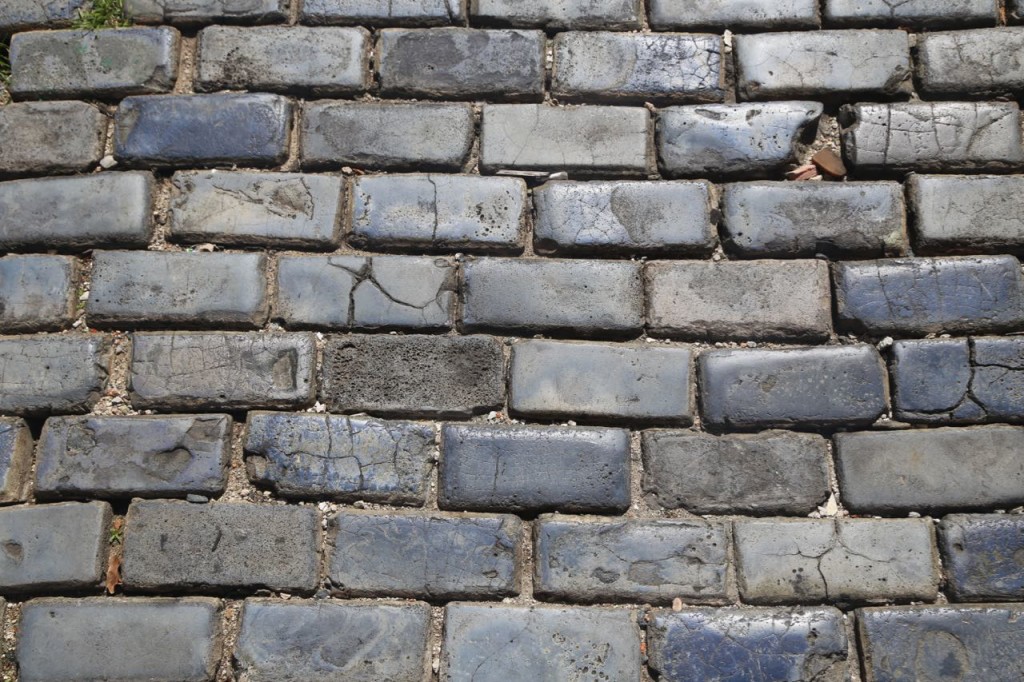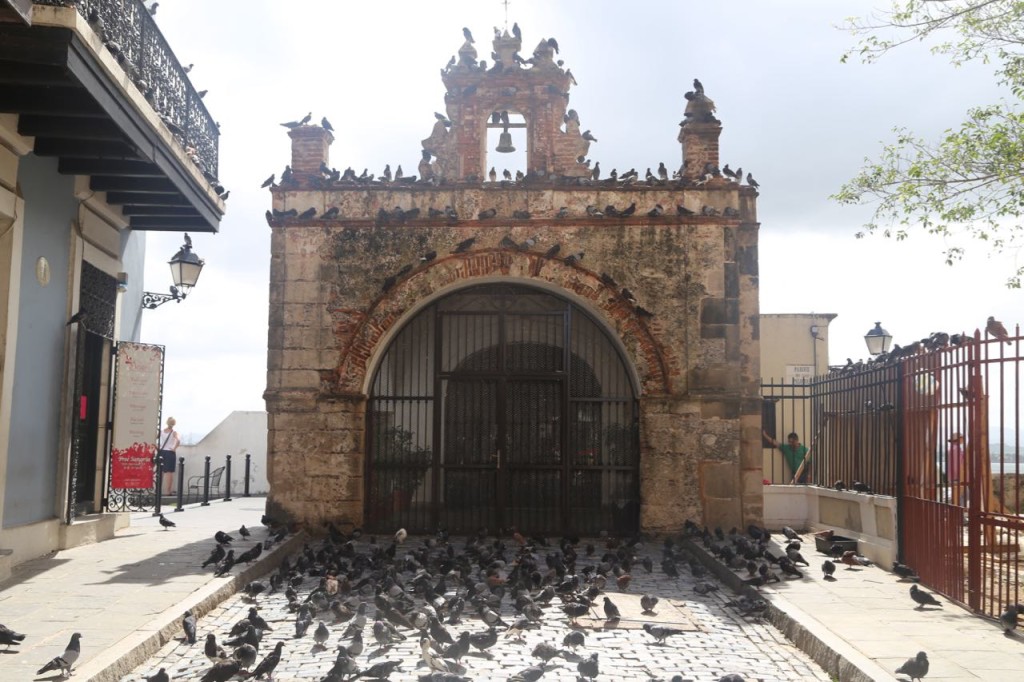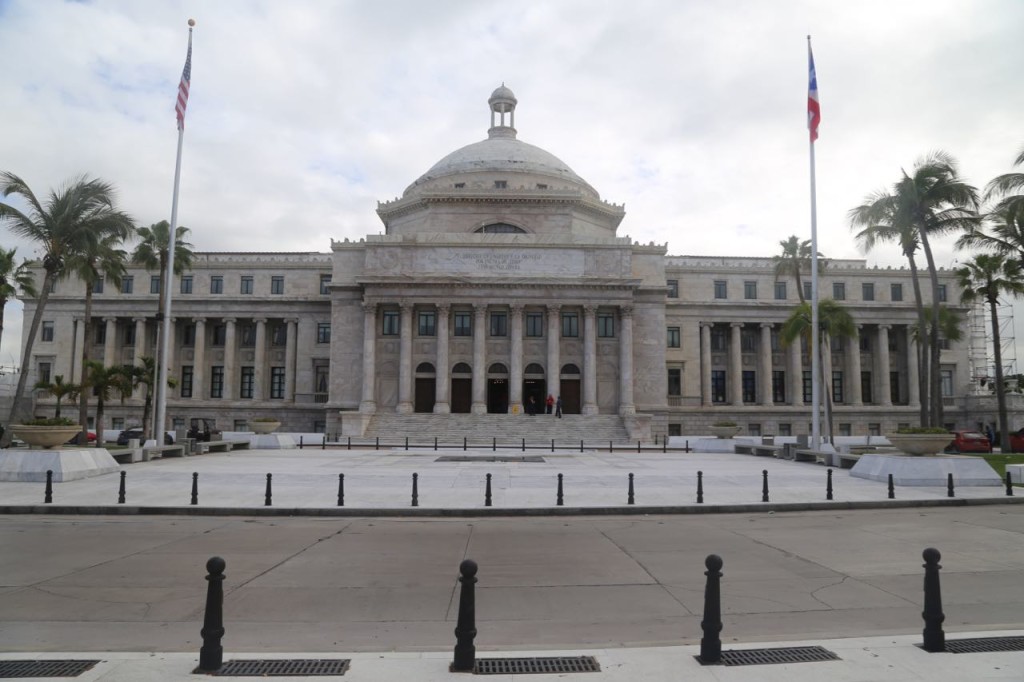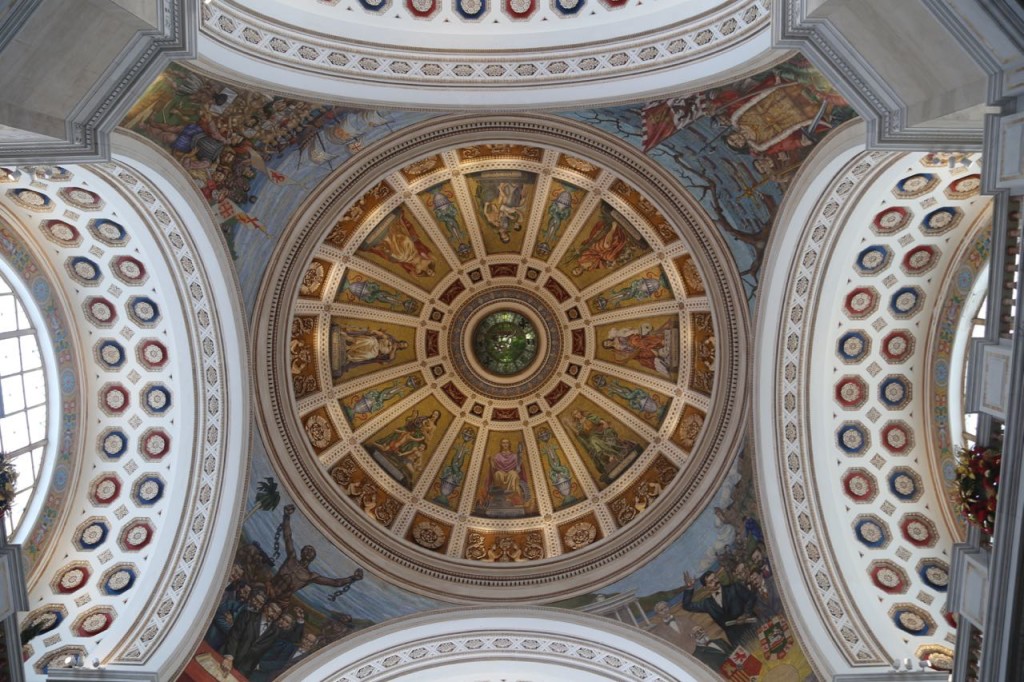I took a ride on the Durbin Rocket this afternoon. The Climax geared logging locomotive was built in 1910 and powers a vintage train, including an old postal car. The train is indeed a rocket, as it moves along at a whopping 8 miles per hour. At one point a butterfly passed us. The roundtrip route from Durbin, West Virginia, however is gorgeous as it follows the Greenbriar River in the Monongahela National Forest. The only problem is after seeing all the smoke the coal burning created, I feel the need to go plant an entire grove of trees.
Tag Archives: Travel
Billy Bishop Airport
Billy Bishop Airport opened up its behind the scenes areas for Doors Open Toronto. The airport is located on a little island just off of downtown. By just off of, I mean late last year they opened a pedestrian tunnel connecting it to the mainland, so you can literally walk to the island. They pulled out a lot of the equipment they use for maintenance including snow removal and also for emergencies including fire fighting. They have so really cool equipment. One thing I found really interesting was that they don’t use a snow plow on the runways; they use a snow brush. The snow brush is better because of the short length of the runways. They use plows for taxi areas and places where cars go. The brushes also are used during the summer to remove rubber build up from the runways. Planes braking as they land leave rubber marks, and when enough builds up, it lowers the traction, so the rubber has to be removed. They spray a chemical to the runway, then come through with the brush to break up the rubber.
TTC Leslie Barns
As a part of Doors Open Toronto, I got to tour Toronto Transit Commission’s (TTC) Leslie Barns. Leslie Barns is a streetcar maintenance and storage facility, and it is brand new. It is not completely finished, but it is already being used. I had to ask several employees about this because I find it difficult to believe that it is being used at all. It is without a doubt the cleanest, neatest, prettiest maintenance facility I have ever been in. If you look at my blog at all, you will see I have seen a few. I love touring them. This place is ridiculously clean and organized. The pipes are not only labeled, but they are also color-coded. It makes my chemical engineering heart go pitter patter. The facility was built for the new street cars that Toronto is purchasing, which are very sleek looking. The place has a paint booth, maintenance areas, and car wash for street cars. Outside is a storage area for the street cars, and in the middle of it is a stormwater retention pond.
Grand Avenue Central Maintenance Facility
On the level above the Grand Avenue Bus Depot is the Grand Avenue Central Maintenance Facility, which can do repairs, overhauls, and painting of buses. It can also handle compressed natural gas (CNG) buses, which are not allowed in the bus depot below for safety reasons. The facility has storage of parts galore, two huge paint booths, and numerous bays for repairing buses. Also, at the time I was there, it had a vintage bus in for repair, which was really cool to see. There were also all these cool looking parts for the buses, none of which I could identify.
Grand Avenue Bus Depot
I toured the New York MTA’s Grand Avenue Bus Depot with the New York Transit Museum. The depot is relatively new, which is evident when you are inside. I don’t know much about bus depot design, but I was astounded by the amount of ventilation in the building. Considering the number of vehicles going and in and out every day, the ventilation is needed, but still I was surprised by the amount of it. The bus depot occupies the first level of this huge building, and the second level holds the Central Maintenance facility. They are considered to be different facilities. The bus depot is, well, a depot, or parking area for when the buses are not in use. The depot also where regular maintenance is performed and everyday activities like fueling, money removal, and washing.
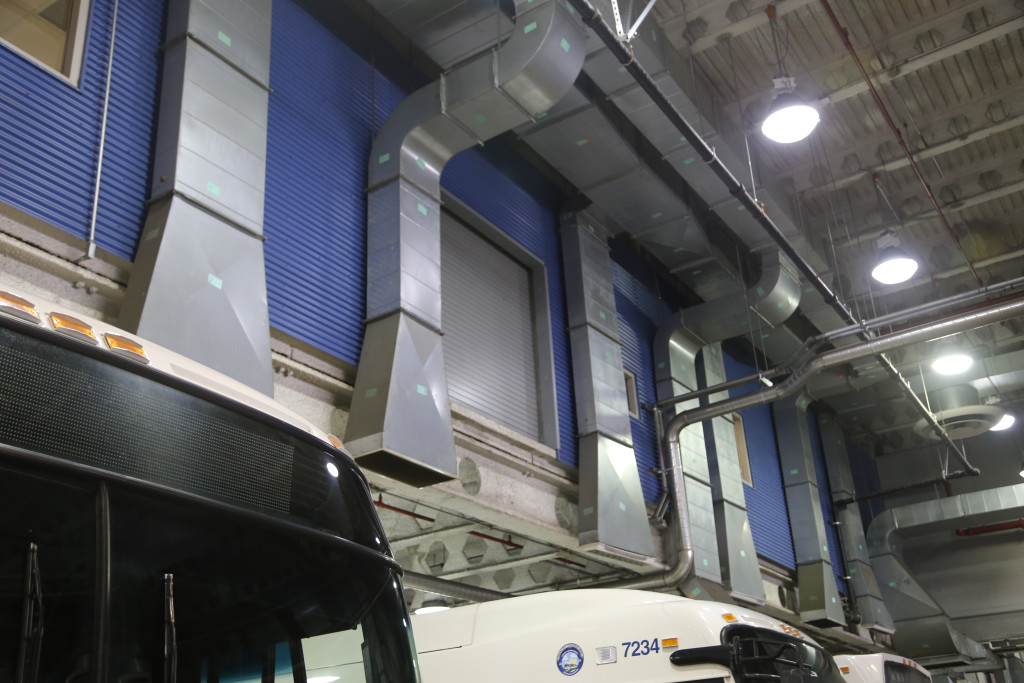
I asked the facility manager what this garage style door was for. He looked at it and me and said he had never been asked that and wasn’t actually sure. Leave it to me to be able to stump people.
Confession: Other people in the group asked the depot manager to please let us go through bus wash, so he granted their wishes, and we all boarded a bus and went through a wash.
The ceilings and walls were almost completely filled with ventilation ducts, pipes, and conduits.
One of my favorite parts of the tour was learning that they vacuum money out of the fare box. MTA buses only accept coin and not bills. They hook up a hose to outlet at the bottom of the fare box, and the money is vacuumed out to secure boxes where it falls into bags or some other movable containers. The staff of the facility never touches the money. Then the money is removed from the boxes on a regular basis by armed staff. I think it is because I have a B.S. in chemical engineering that I found this so fascinating. We learned about pipes and other conduits and pump design for fluids. Coins are obviously not fluids. I am intrigued by the design that would be needed by items that are going to bounce around and not flow the way a fluid does. Also the pressure needed to pull coins out must be interesting.
Cabrillo National Monument
While in Sand Diego, I visited Cabrillo National Monument. Actually I visited it twice. I went in the morning, and the entire area was covered with thick fog. I explored the tidal pool area and met some cute crabs, limpets, and snails. I then went to the peak area and tried to view San Diego underneath the clouds. It was kind of amazing to be on a peak about 400 feet above the ocean and look at a giant fog encompassing almost everything below. I then came back in the afternoon and was finally able to get some good views.
San Diego
I was in San Diego recently for a conference, and I was able to take a few days to wander around and see a little bit of the city. A few blog posts to come with photos, but here are some from just around town.
NY 240th Street Yard
My most recent nerd trip to New York was to tour the New York City Transit Authority’s 240th Street Yard, also known as Van Cortlandt Yard. The train yard is completely elevated, which in my opinion makes for impressive structural engineering. It is a small shop, so it cannot hold all the trains that are out of service. The do regular maintenance as well as repair. I was impressed with all the safety mechanisms and protocols they have to make sure no one gets hurt.
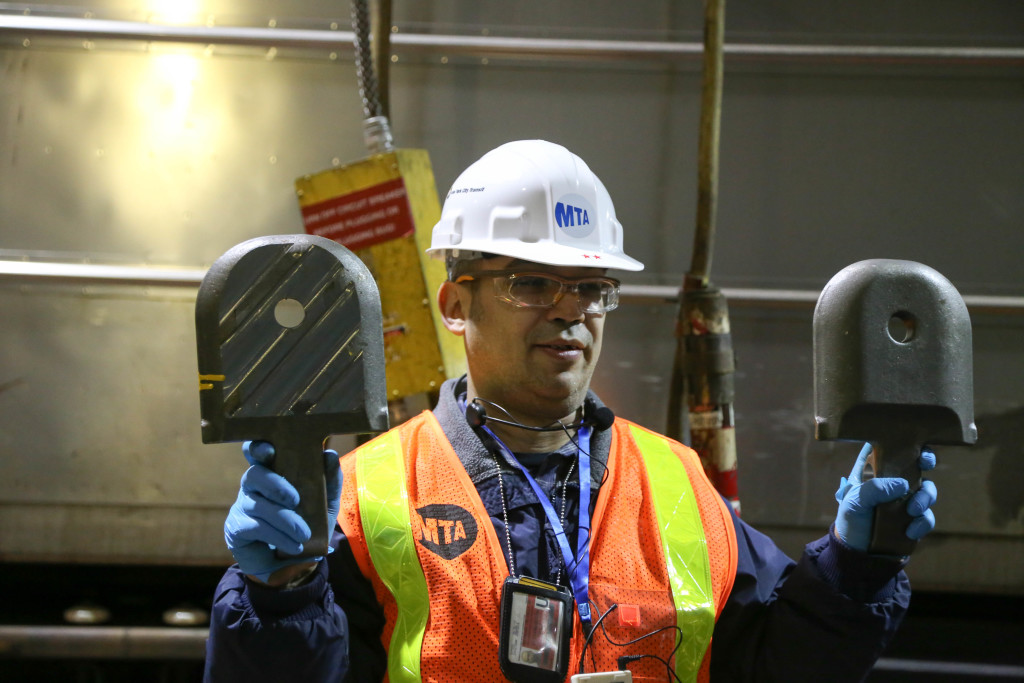
Contact shoes (how the train makes contact with the 3rd rail). The one of the left is a snow shoe, the ridges cut the snow and ice, and the one on the right is a regular shoe.
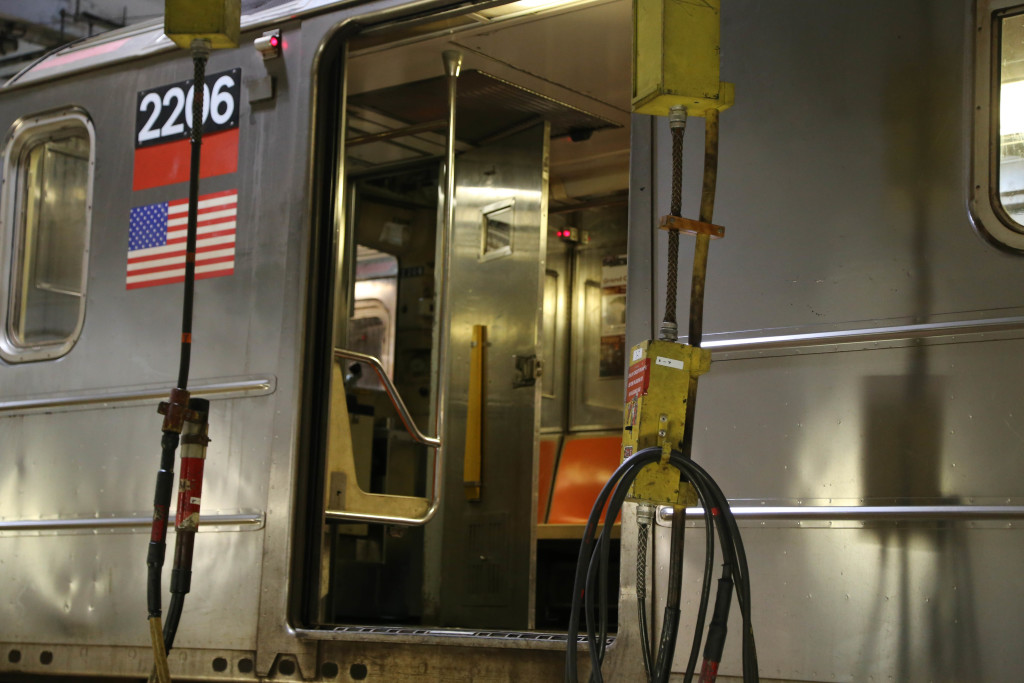
Cables hanging in front of the car are “bugs”. The one with more cable and a 2nd box is a little bug because it has less voltage. The other one on the left is a big bug because it has more voltage and power the entire train.
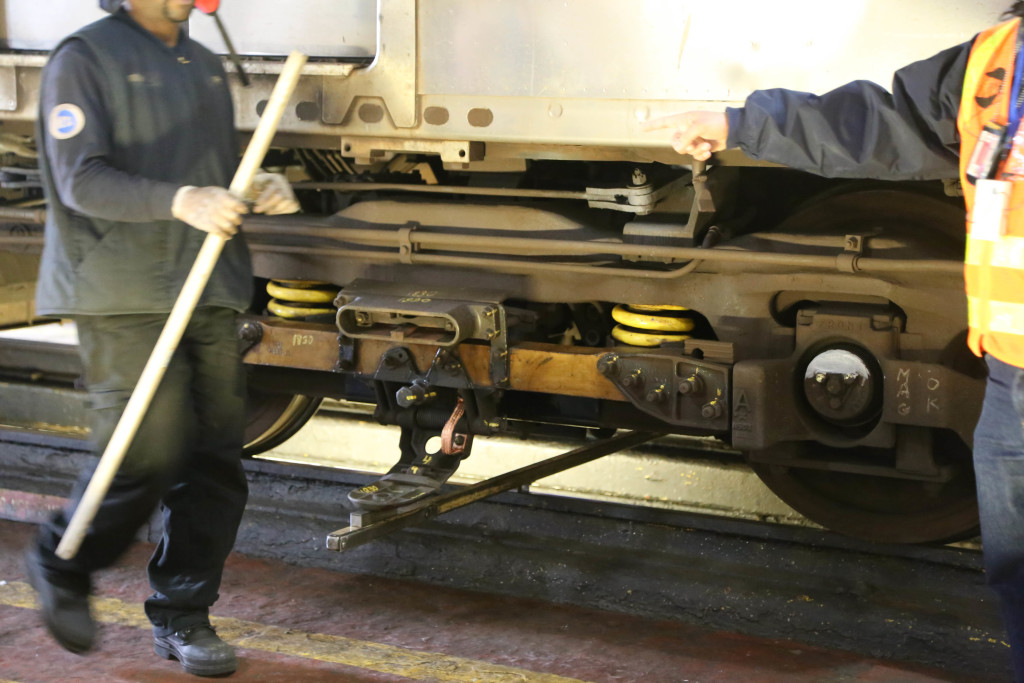
A stick is used to make sure the contact shoe is at the right height. A maintenance worker is carrying another stick used to measure the height of the car above the rail.
NY East 180th Street Maintenance Shop
I was lucky enough to get the chance to tour New York’s MTA East 180th Street Maintenance Shop. The maintenance shop is located in the Bronx and is one of several shops that service NY subway cars. It was built in 1917 and has been renovated more recently. There are six shops inside the shop and 26 storage tracks outside the shop in the yard. The shop is constantly doing maintenance on the subway cars, and also while we were there at least, had two old trains inside, including one World War II (or possibly older) era train. In short, if you are a transit nerd, this place is totally cool. We got to walk alongside trains and see their underside. We got to see parts of the train that normally you never get to see, or at least you never get to see unless you are about to be hit by one.

Underside of an older train, which I find fascinating due to the duct tape and marking to designate two different technologies or parts from when NY had three different subway systems.
More San Juan
I enjoyed my visit to San Juan, Puerto Rico and just need to post a few more photos from my trip. Viejo San Juan really is a lovely area to just walk around and absorb the atmosphere.

